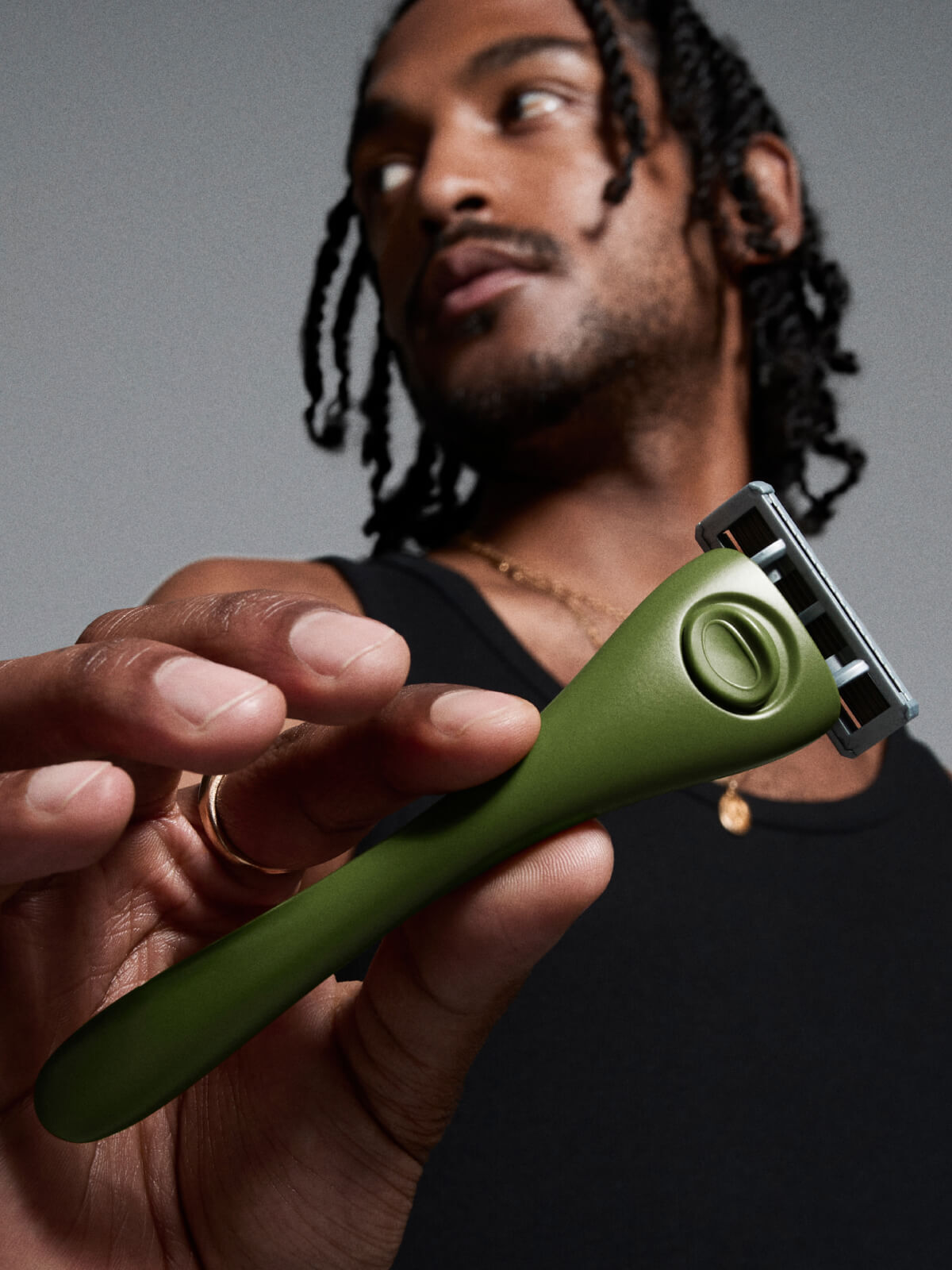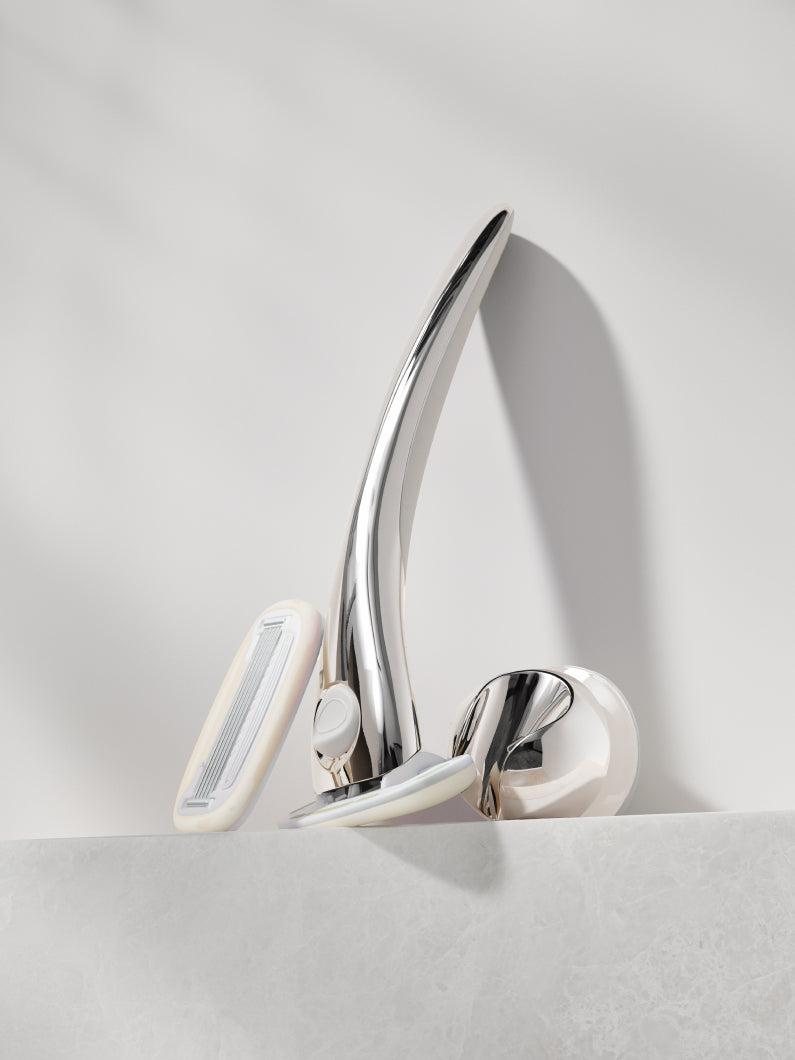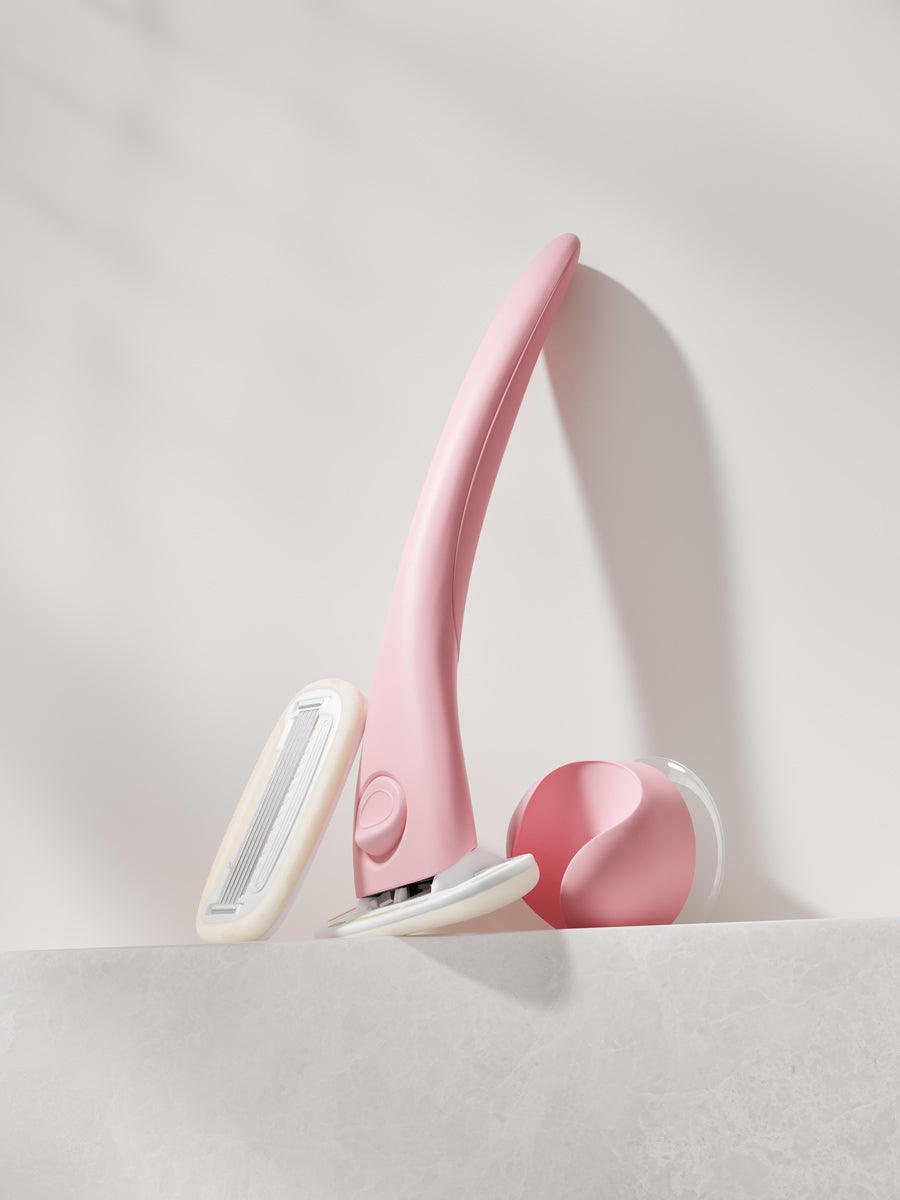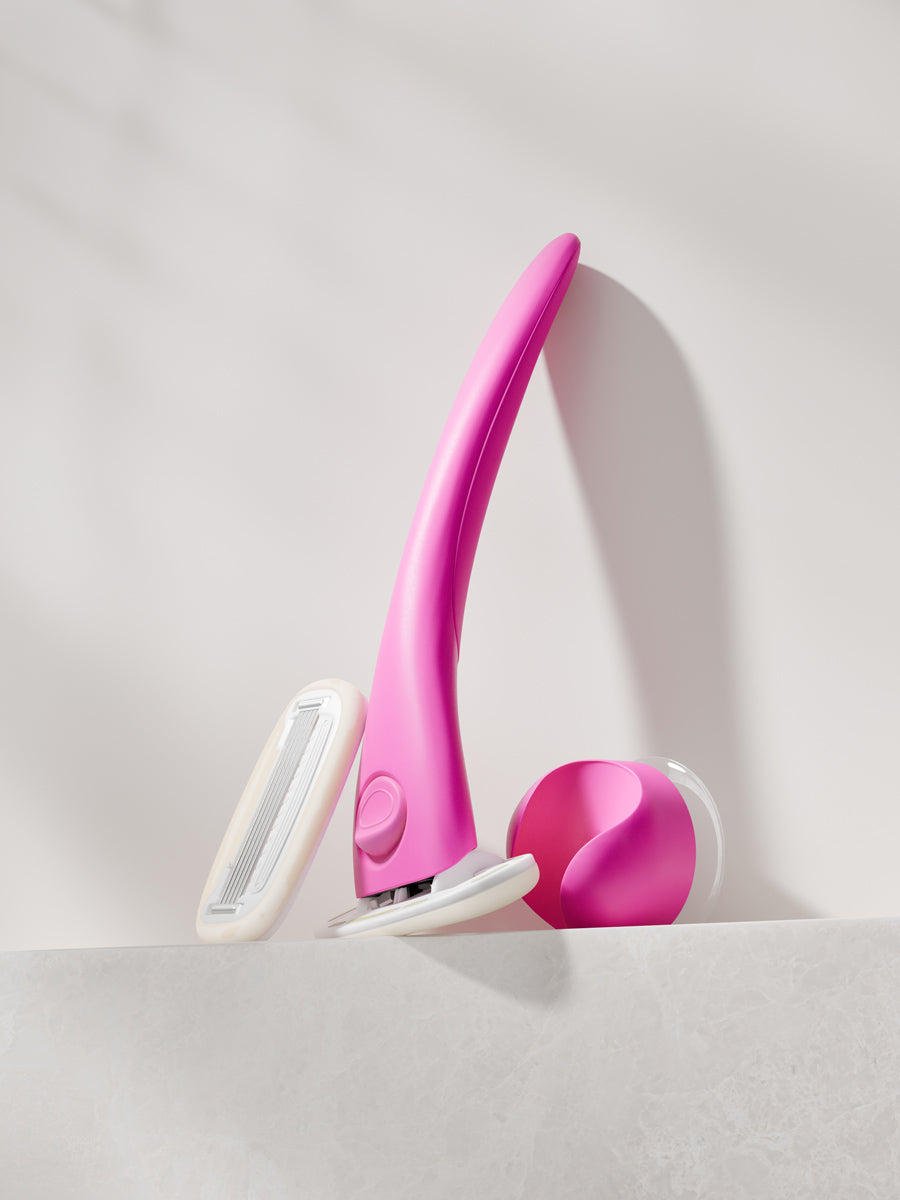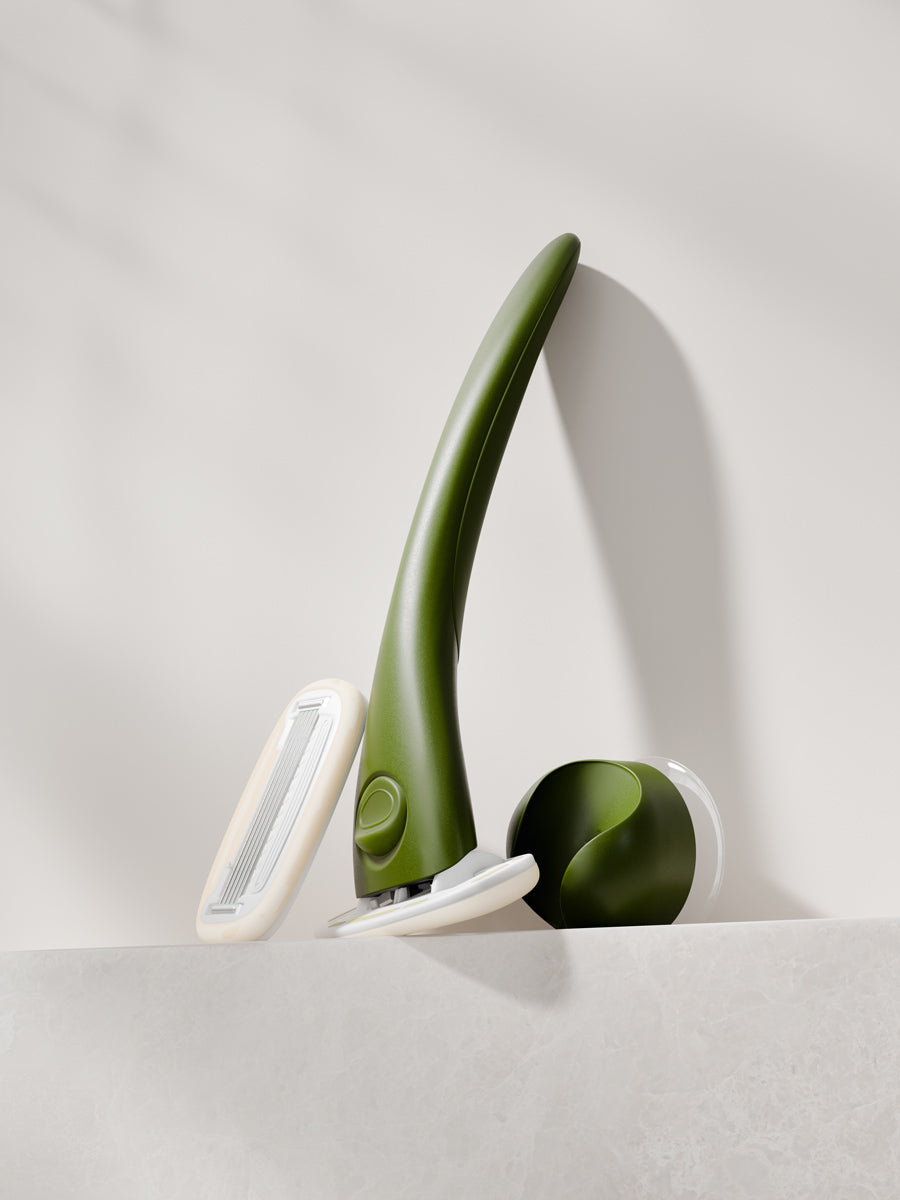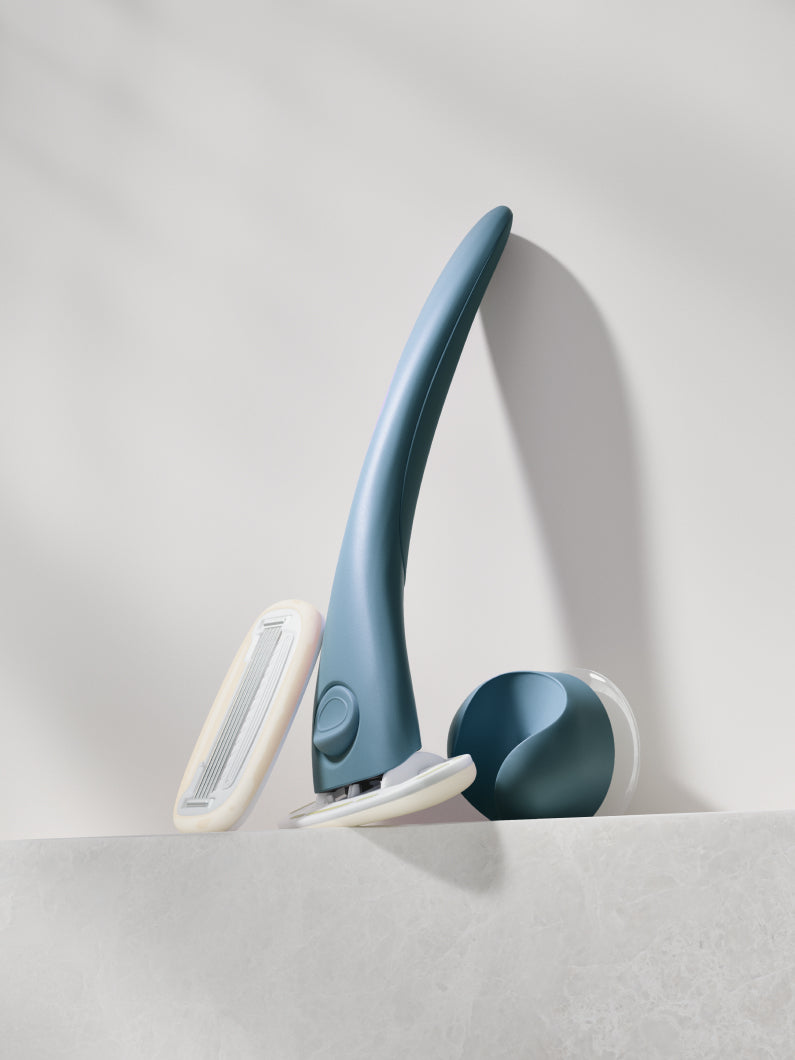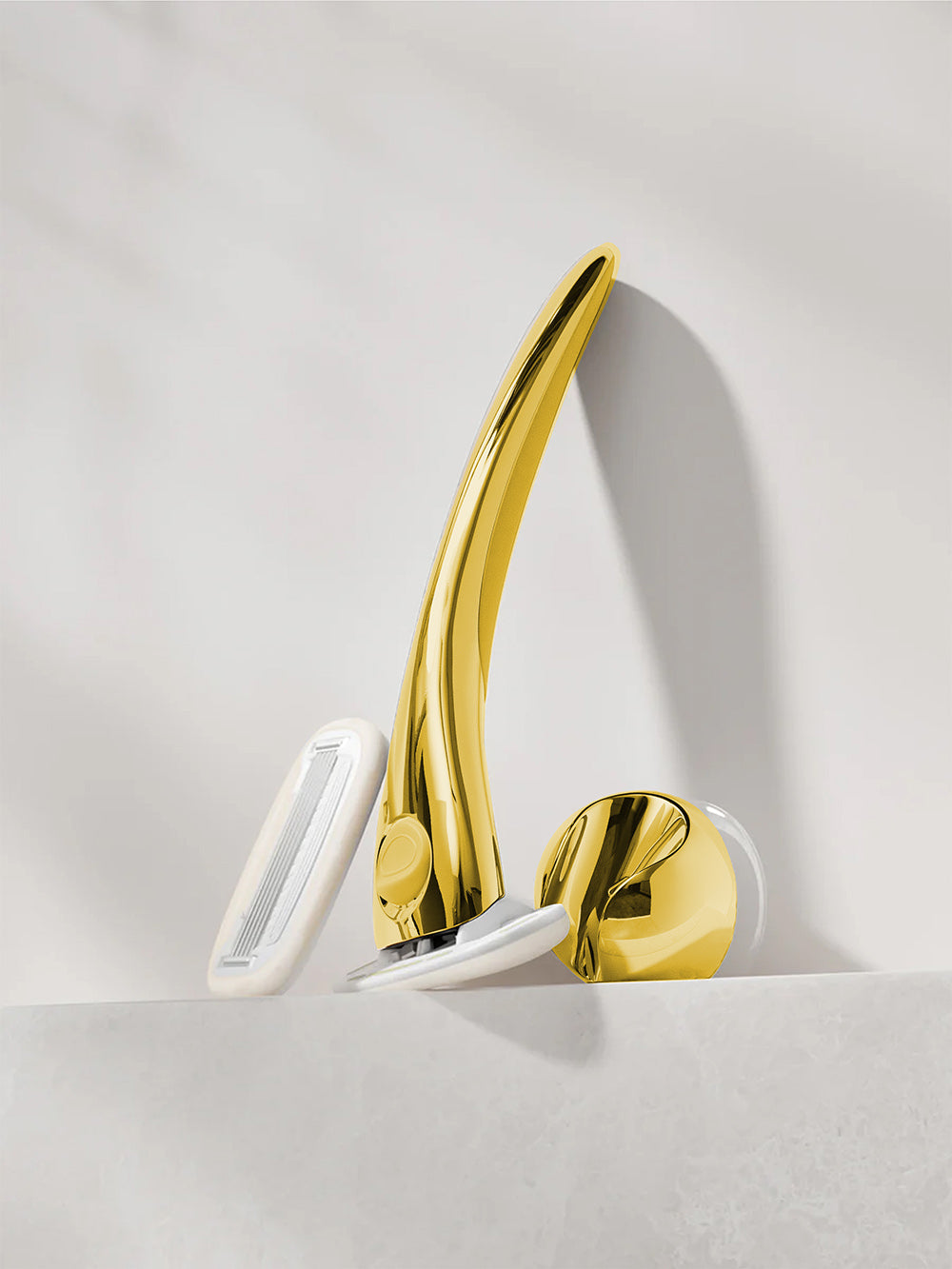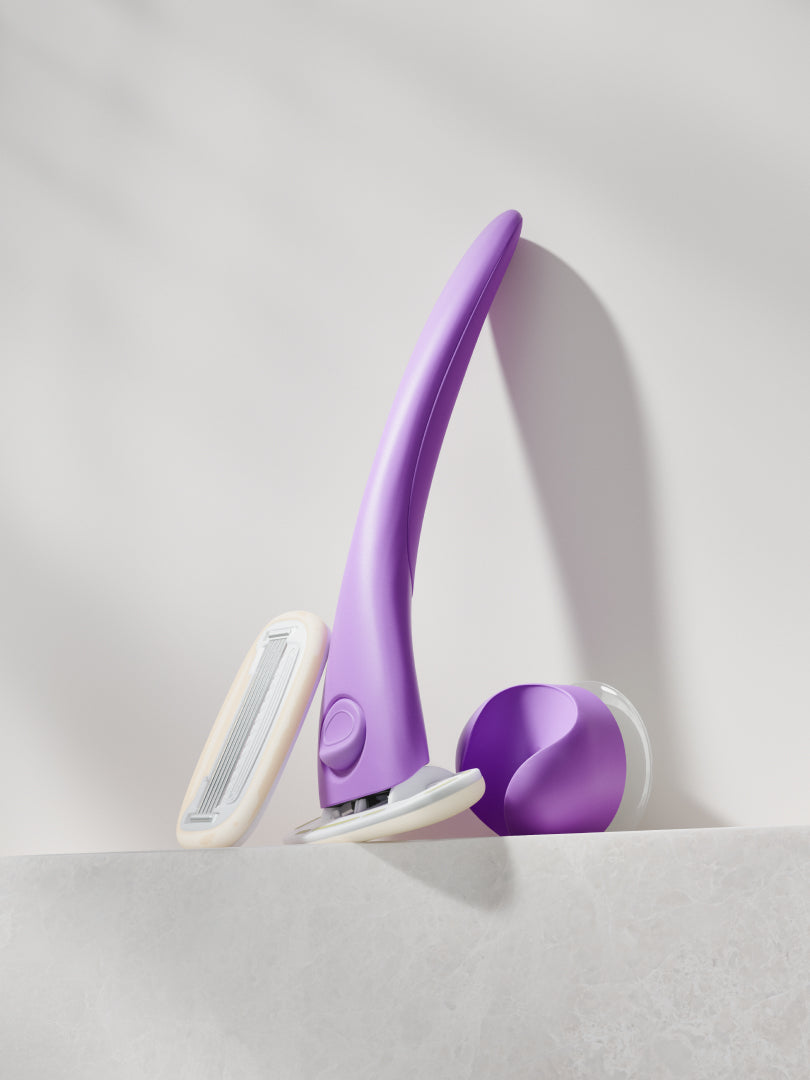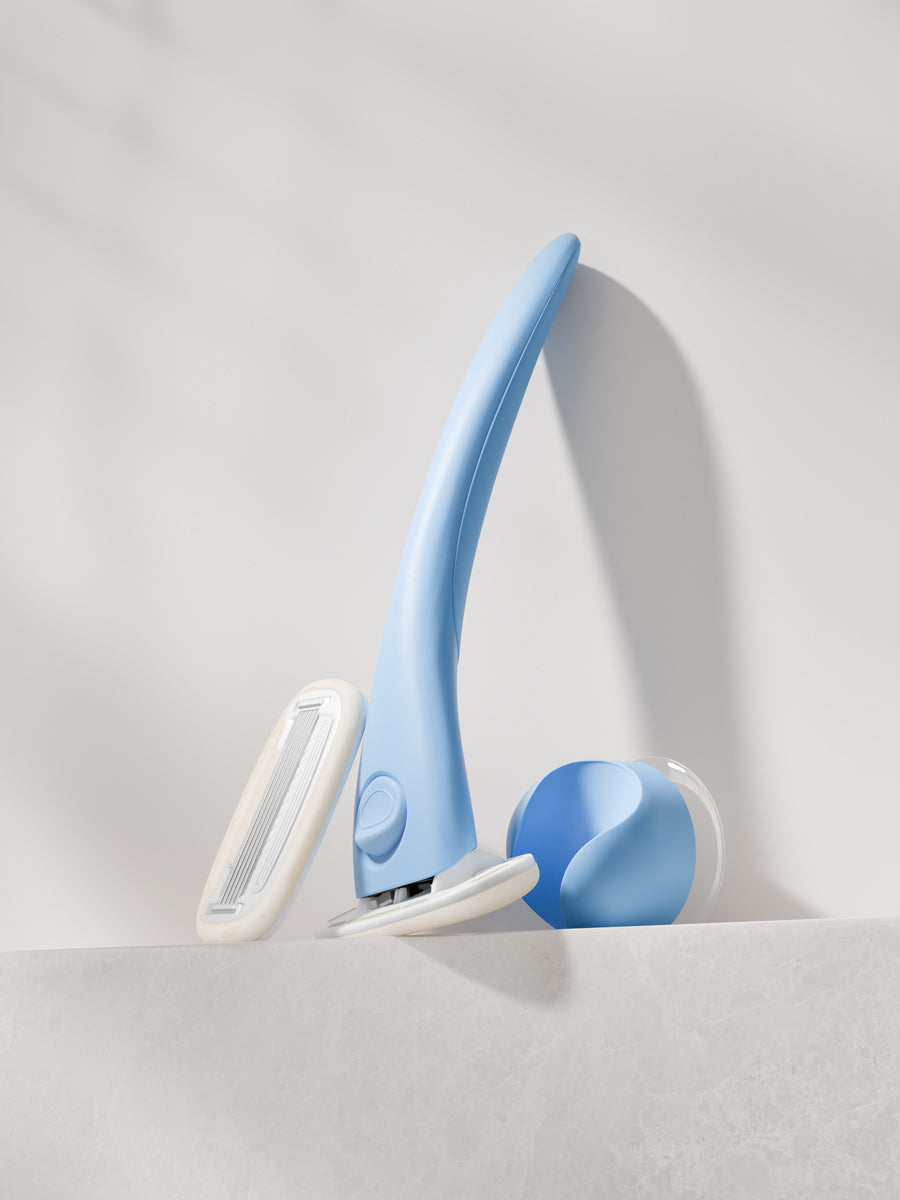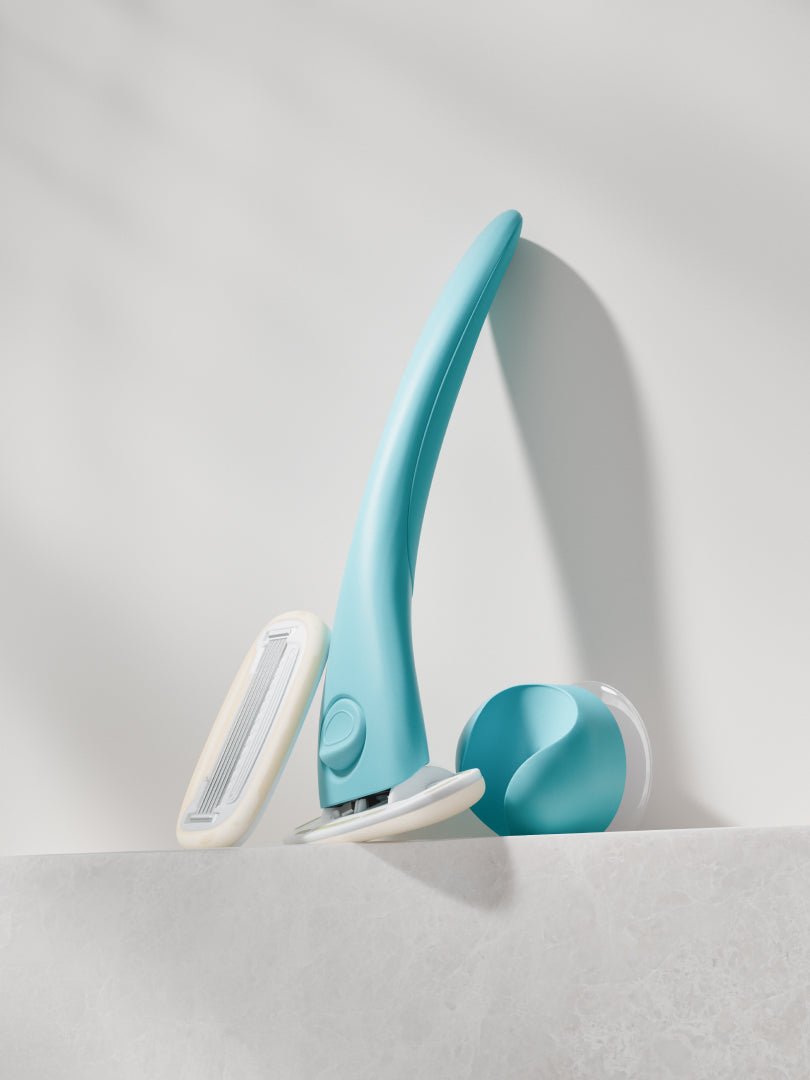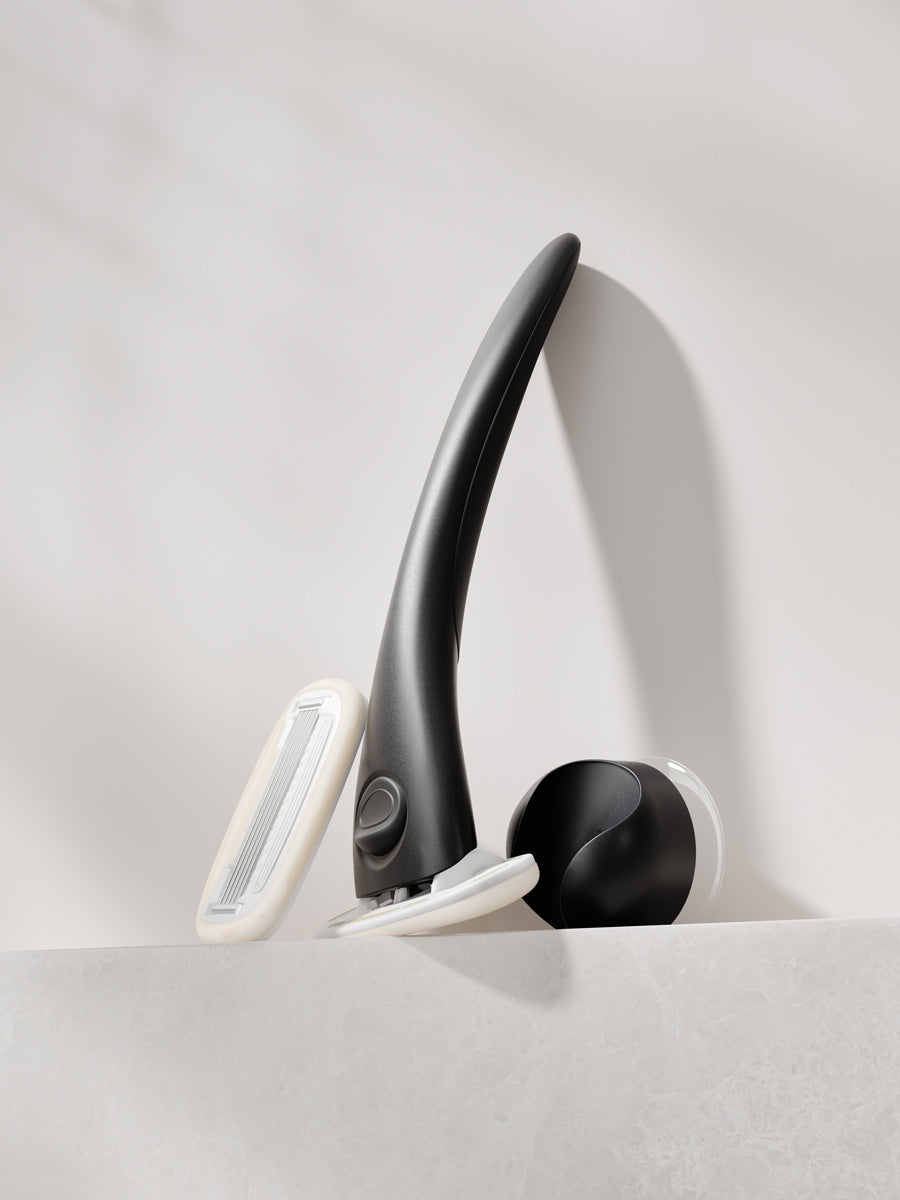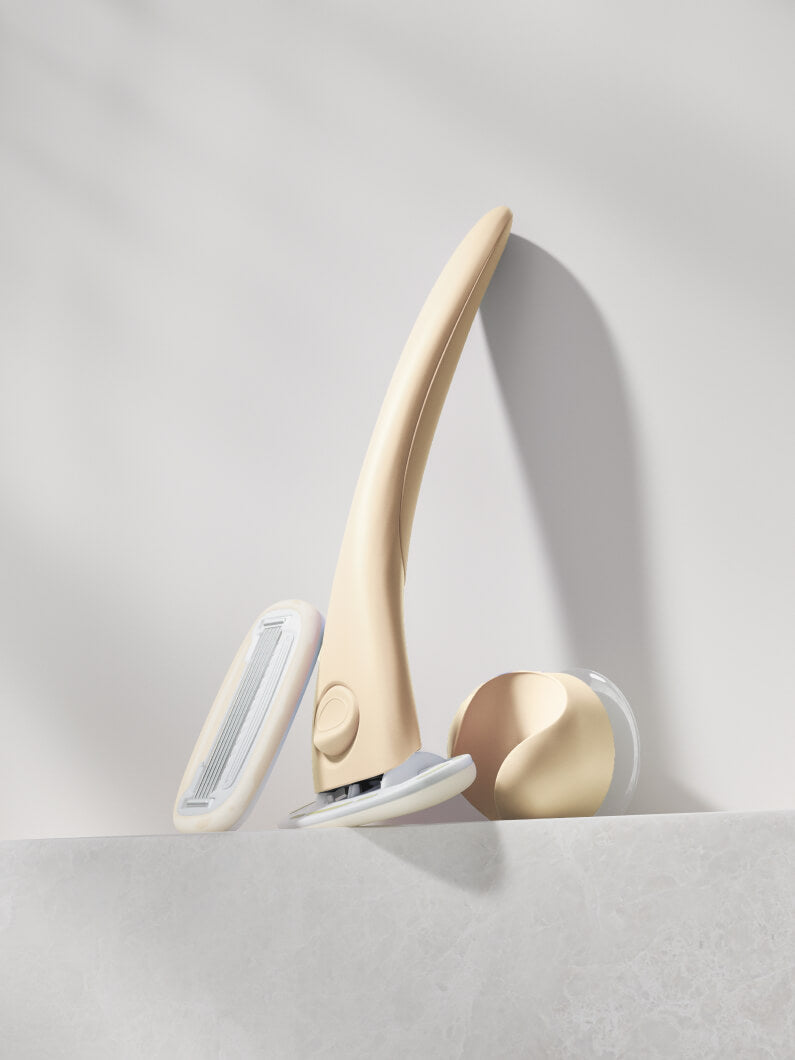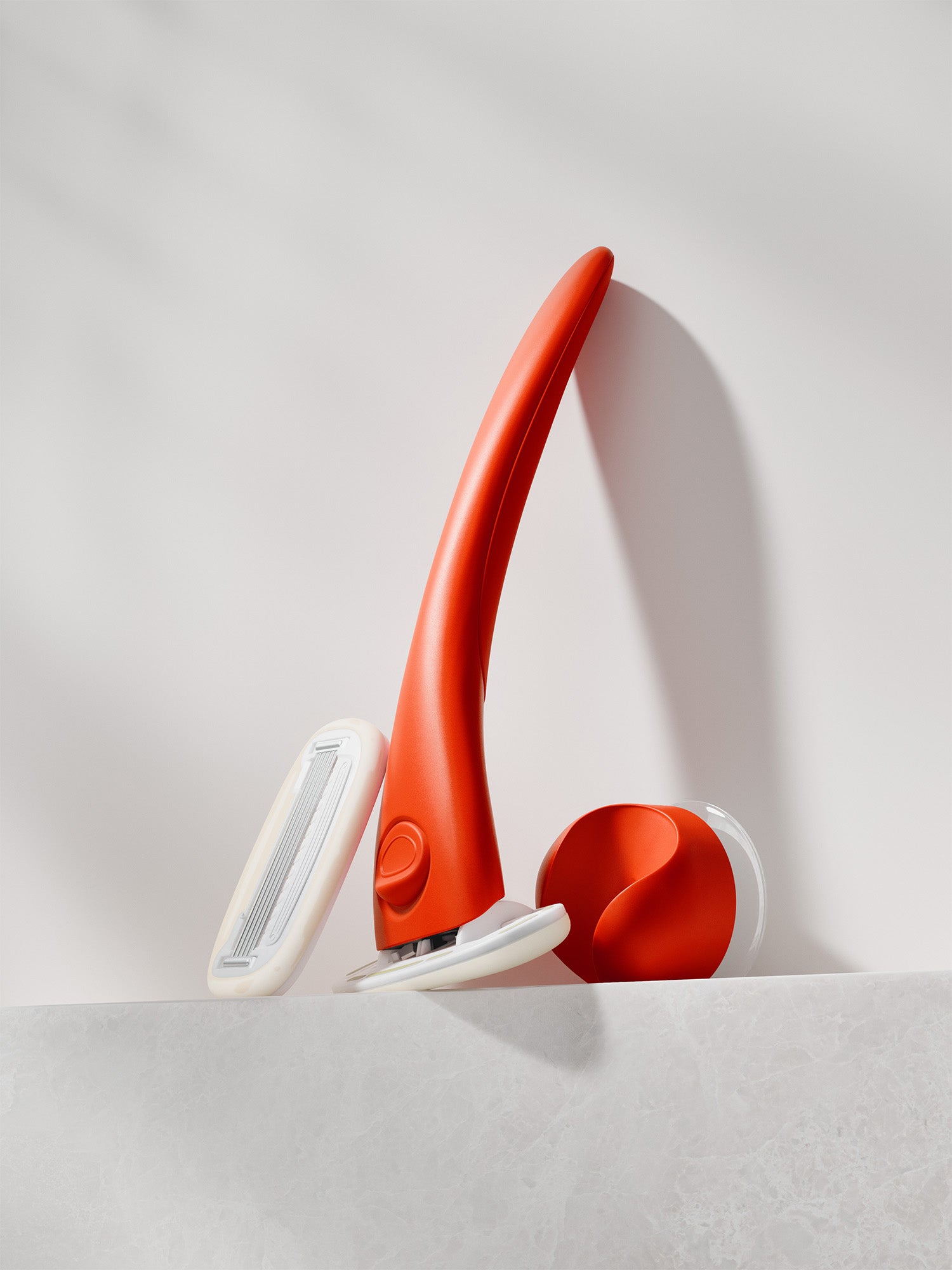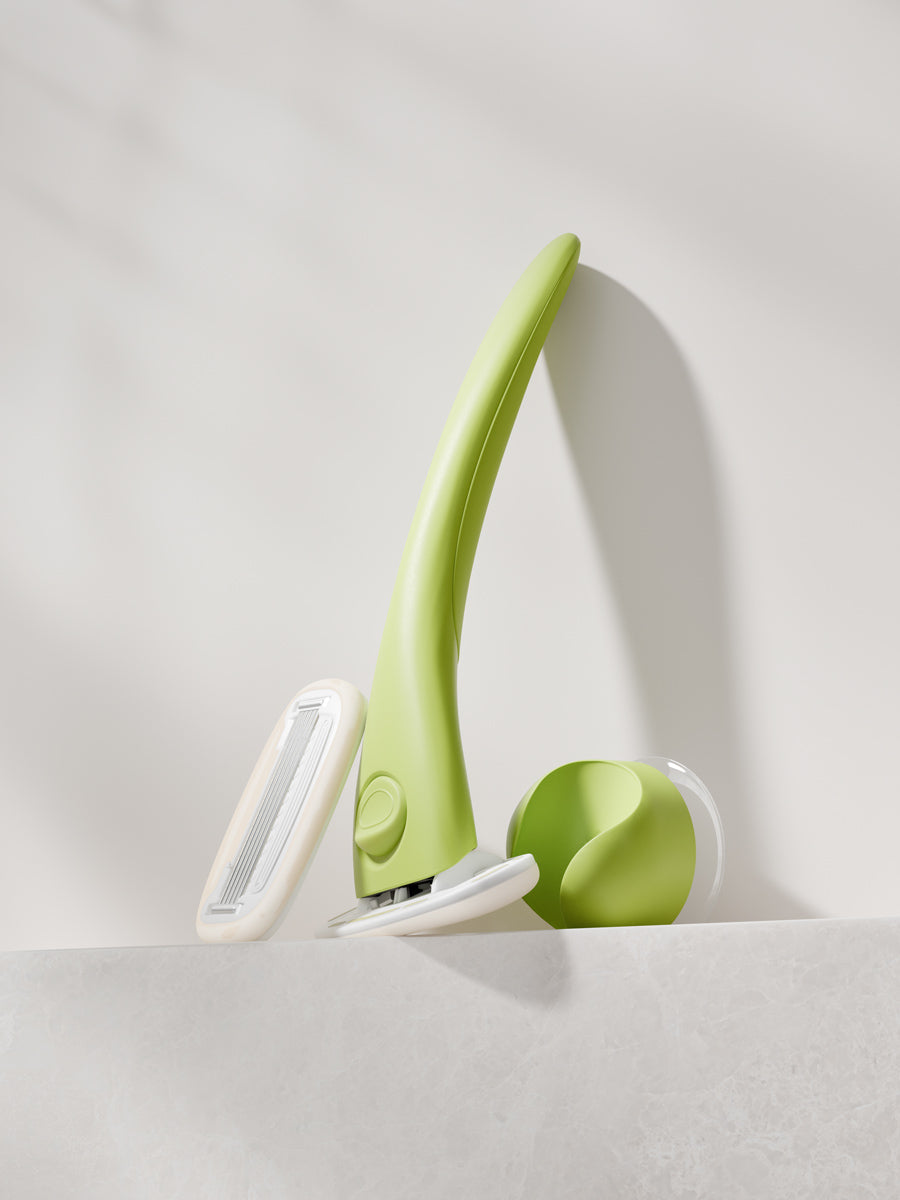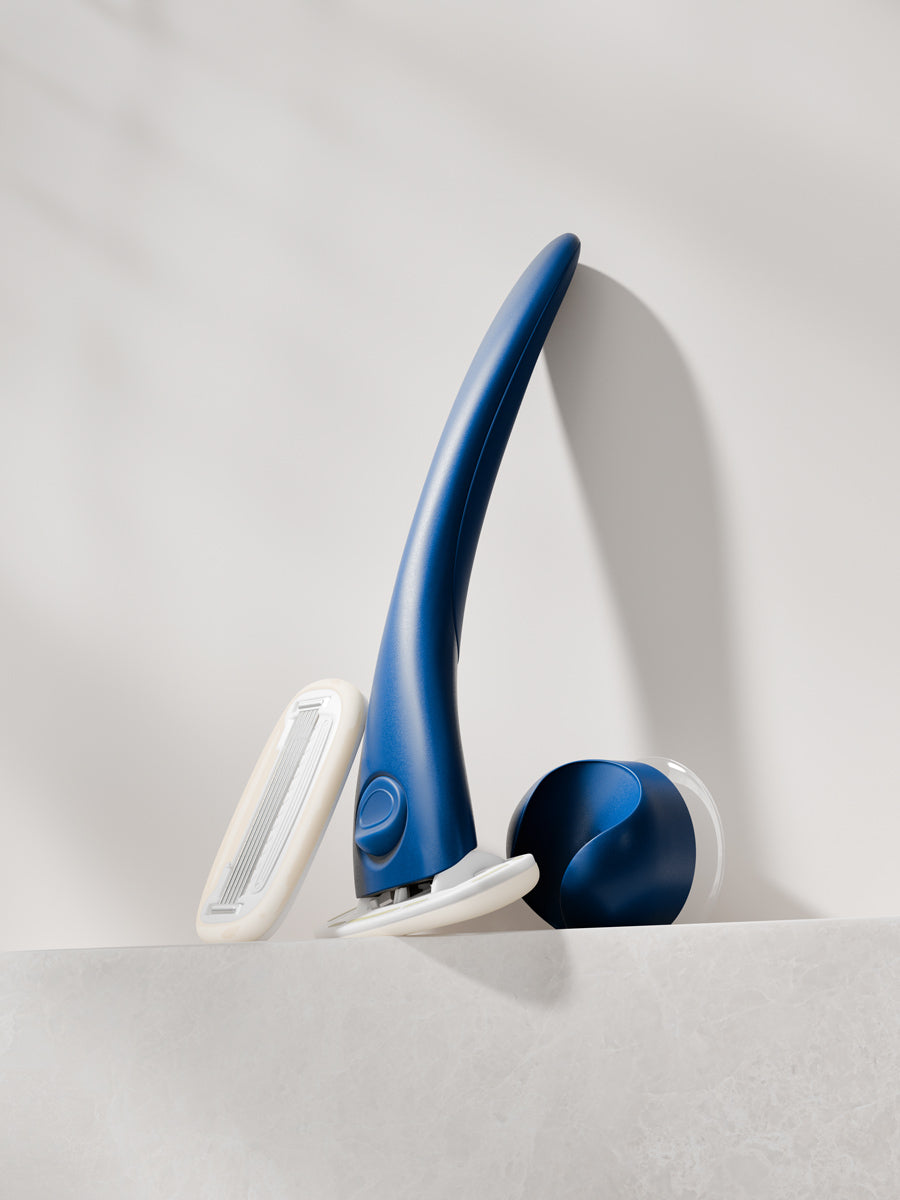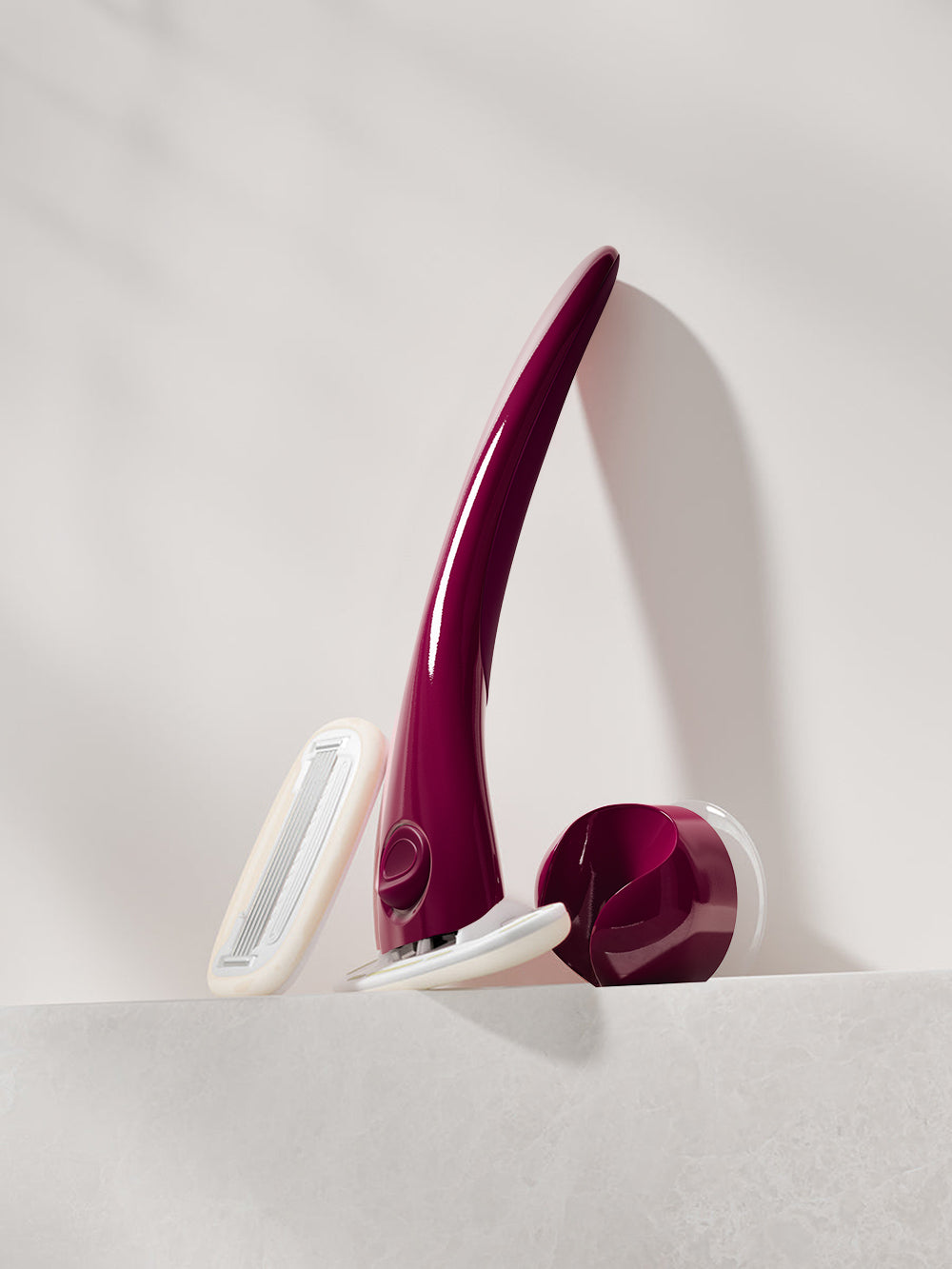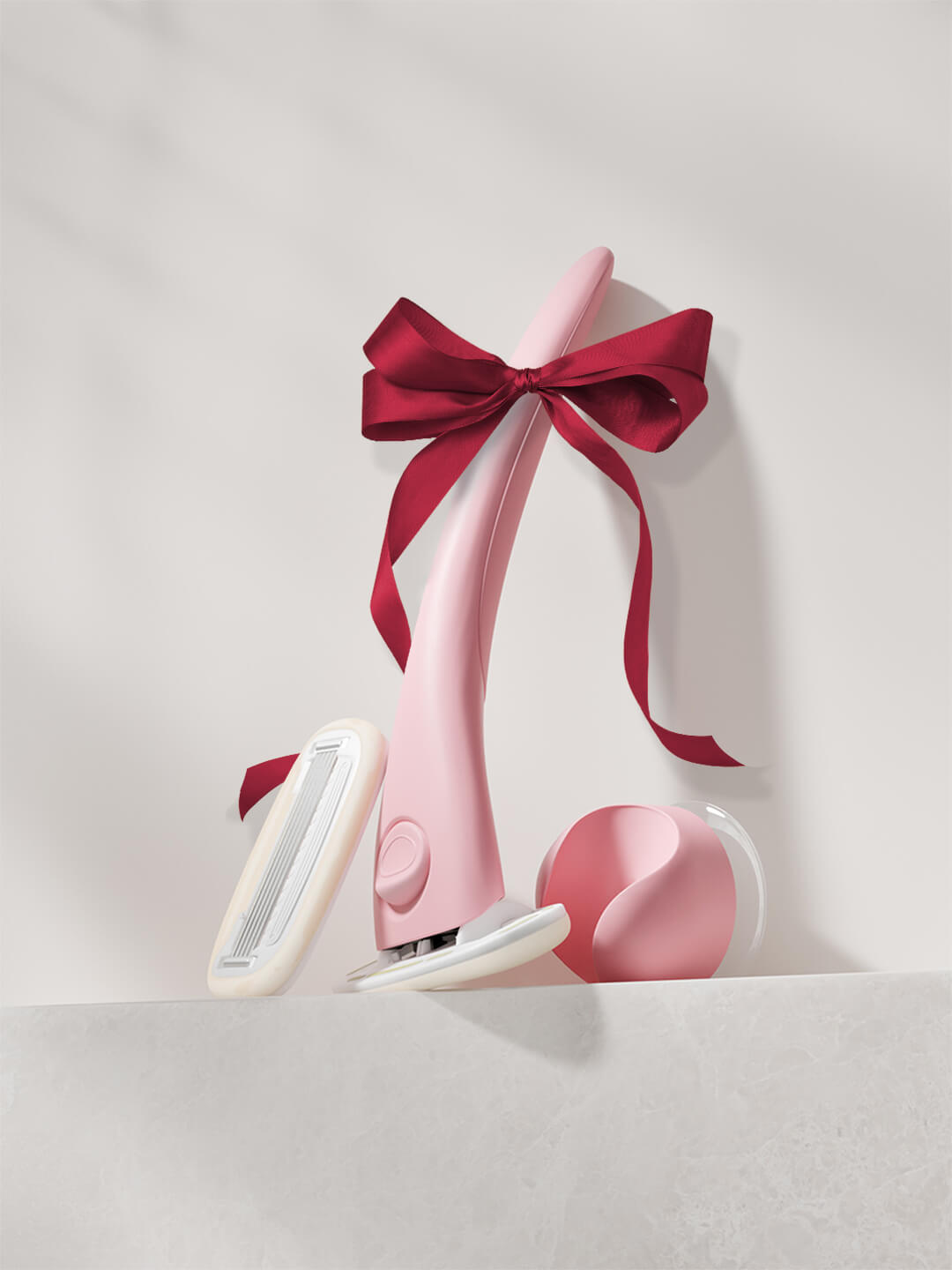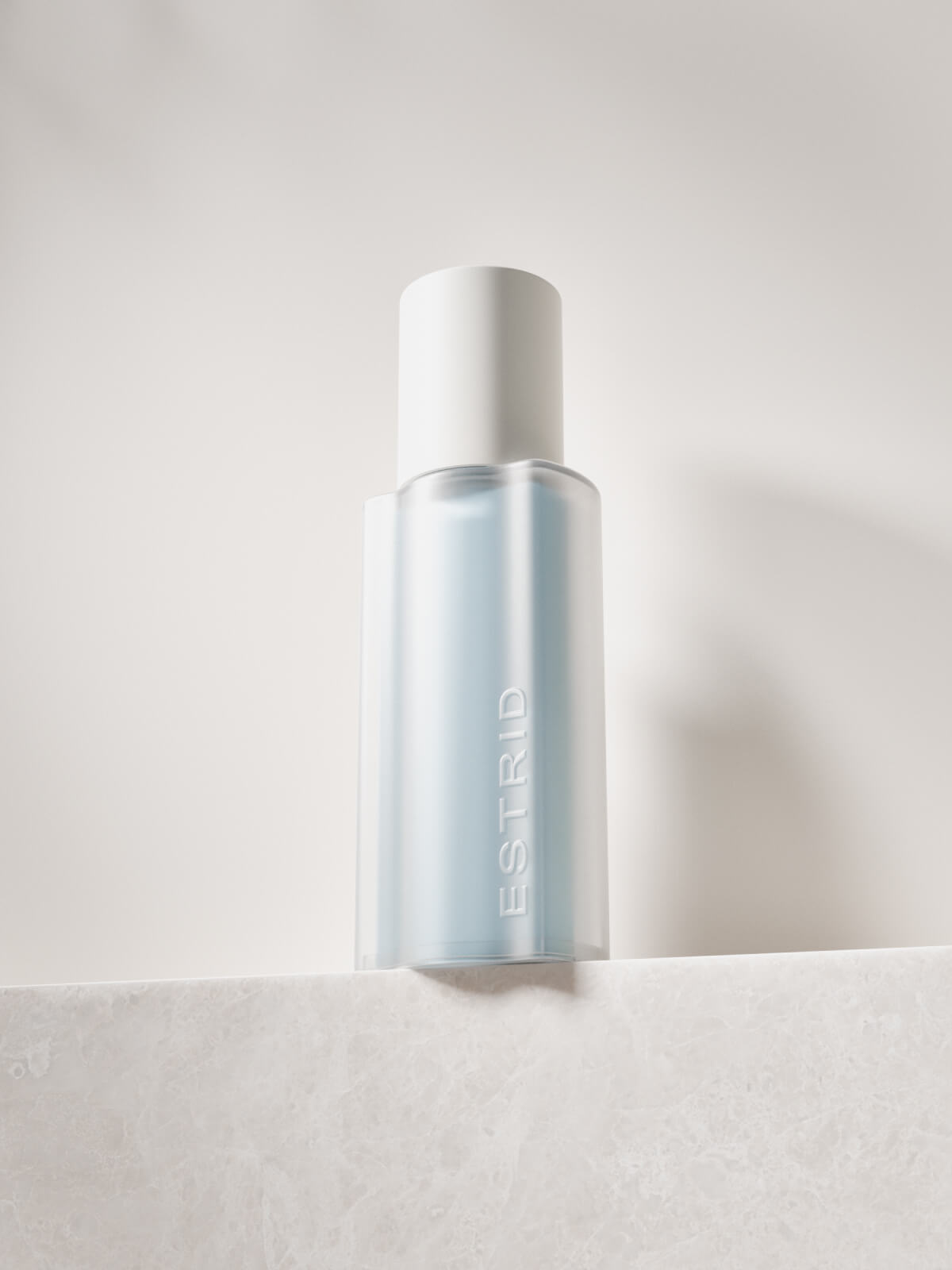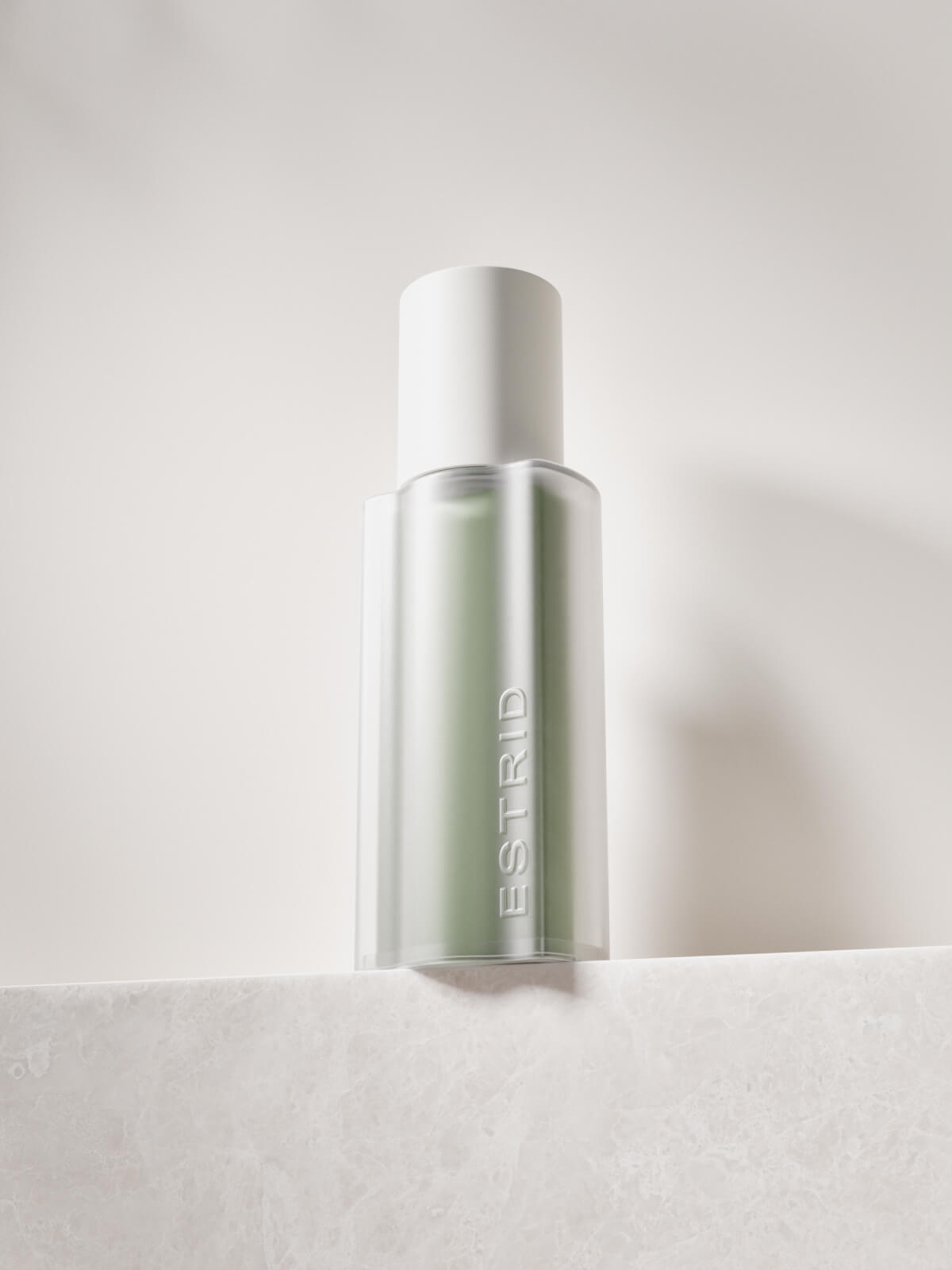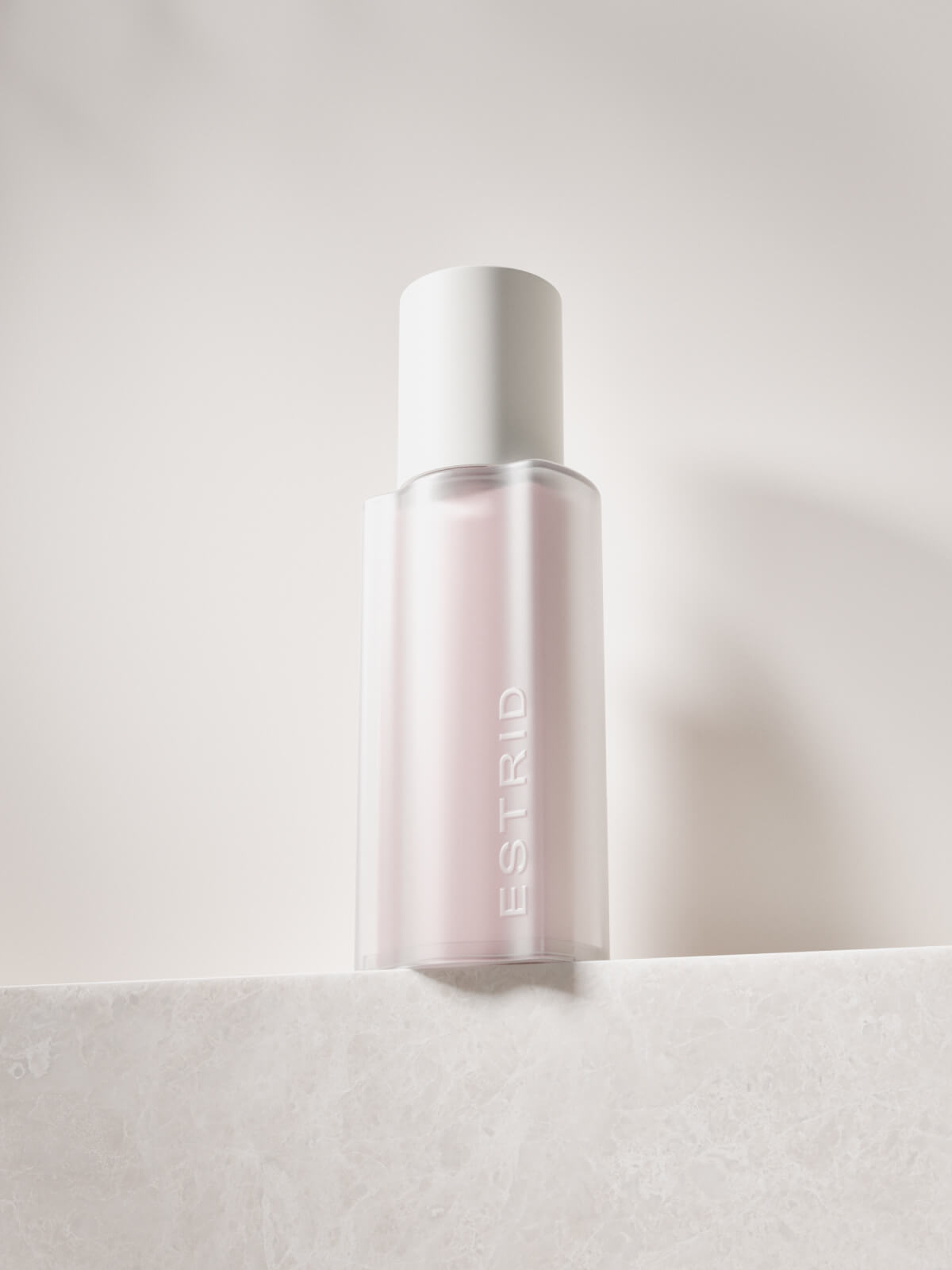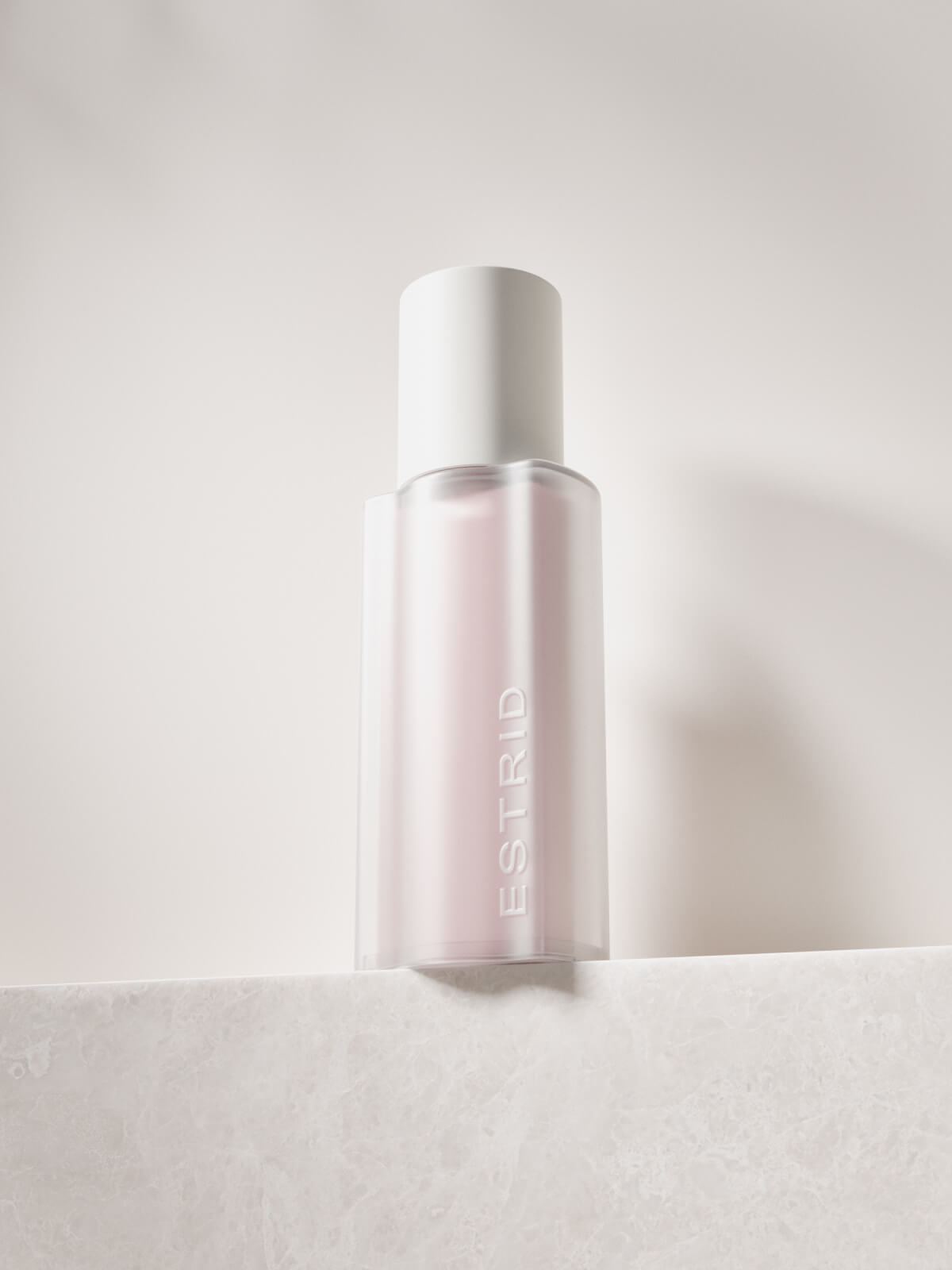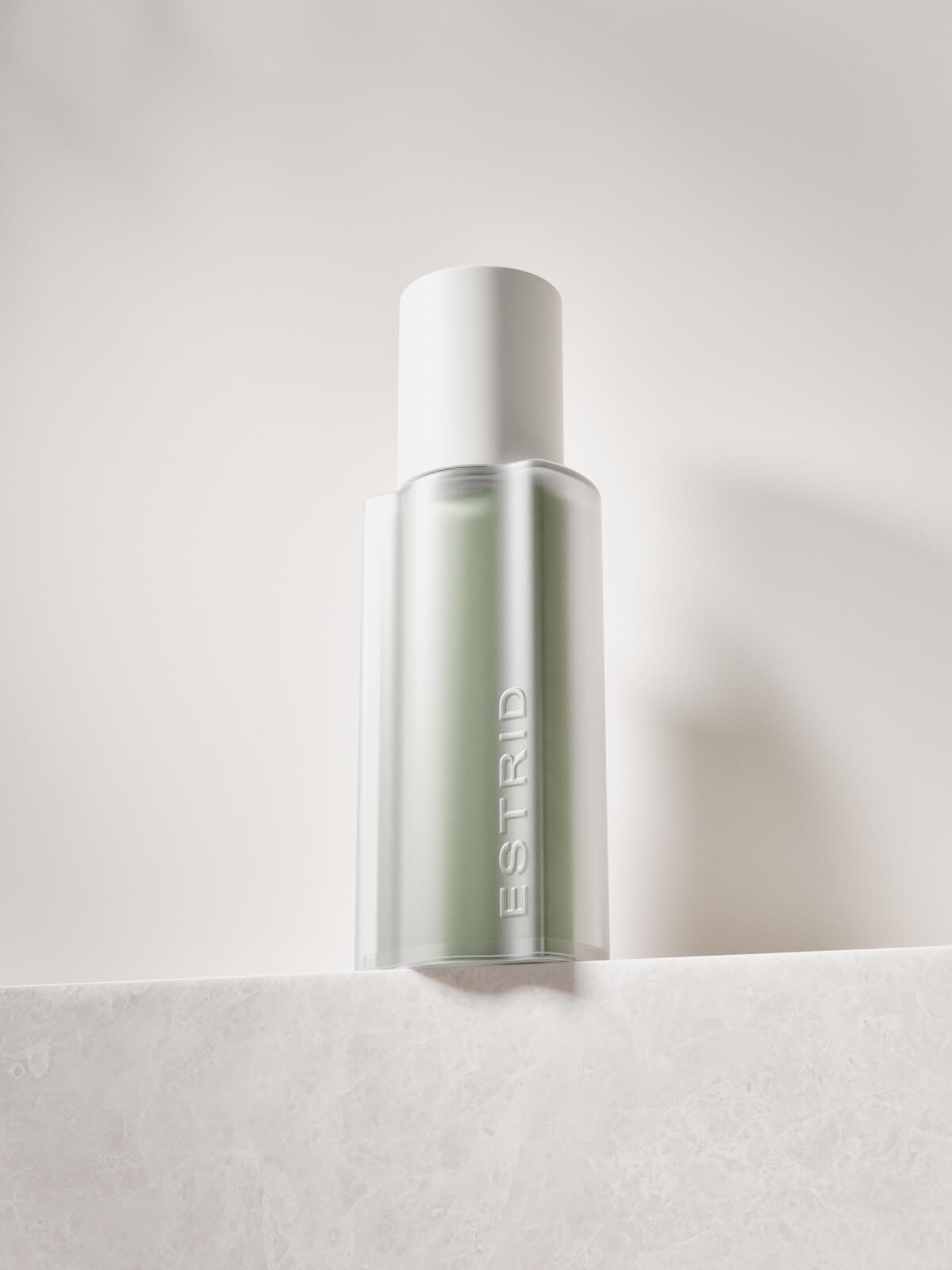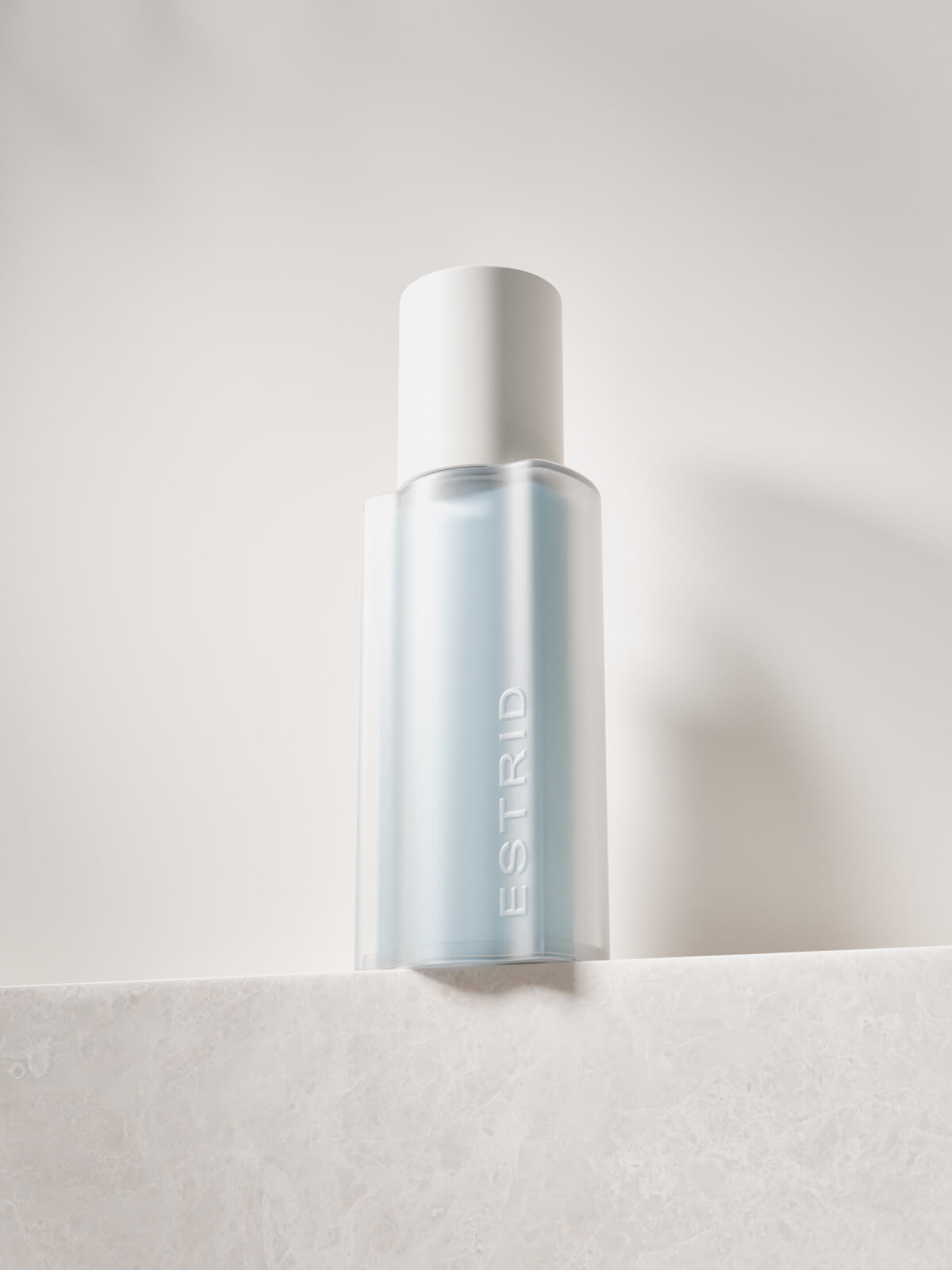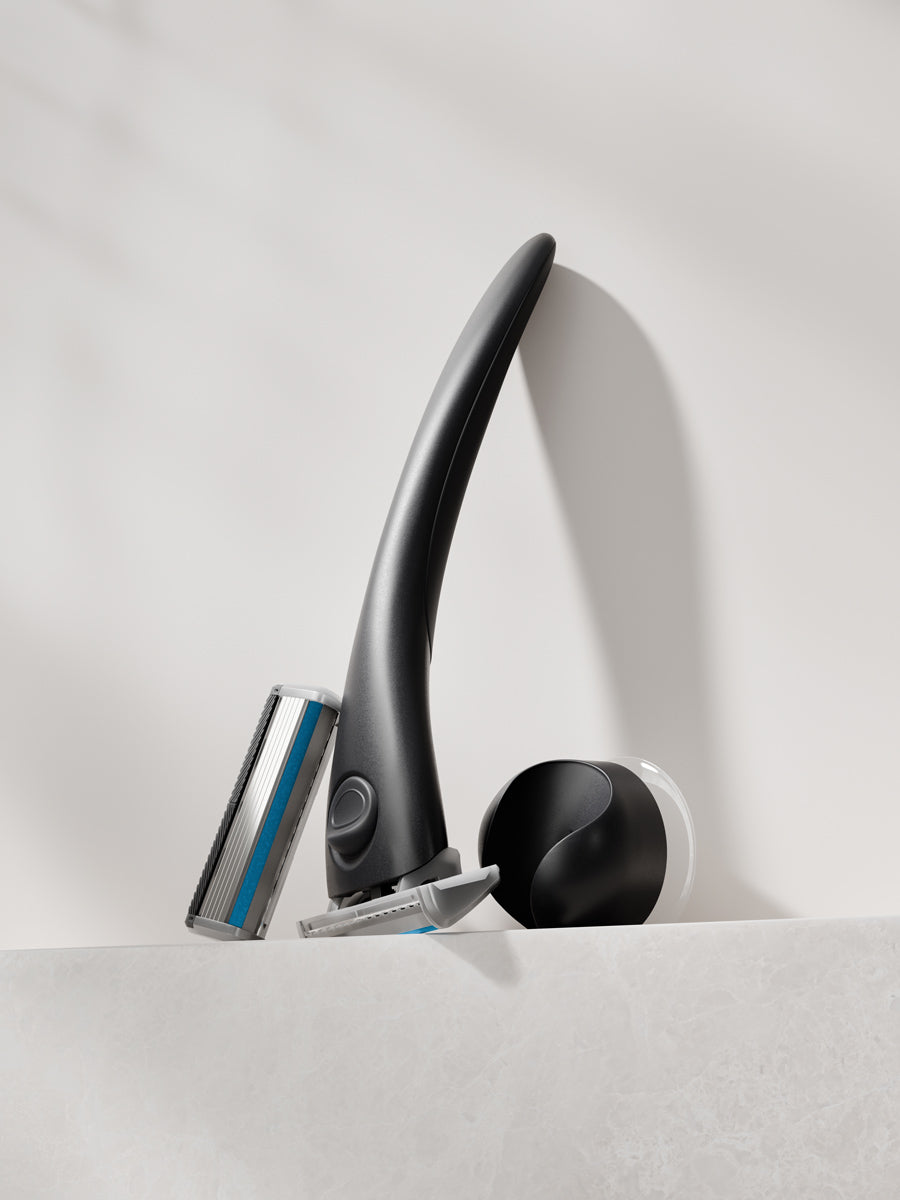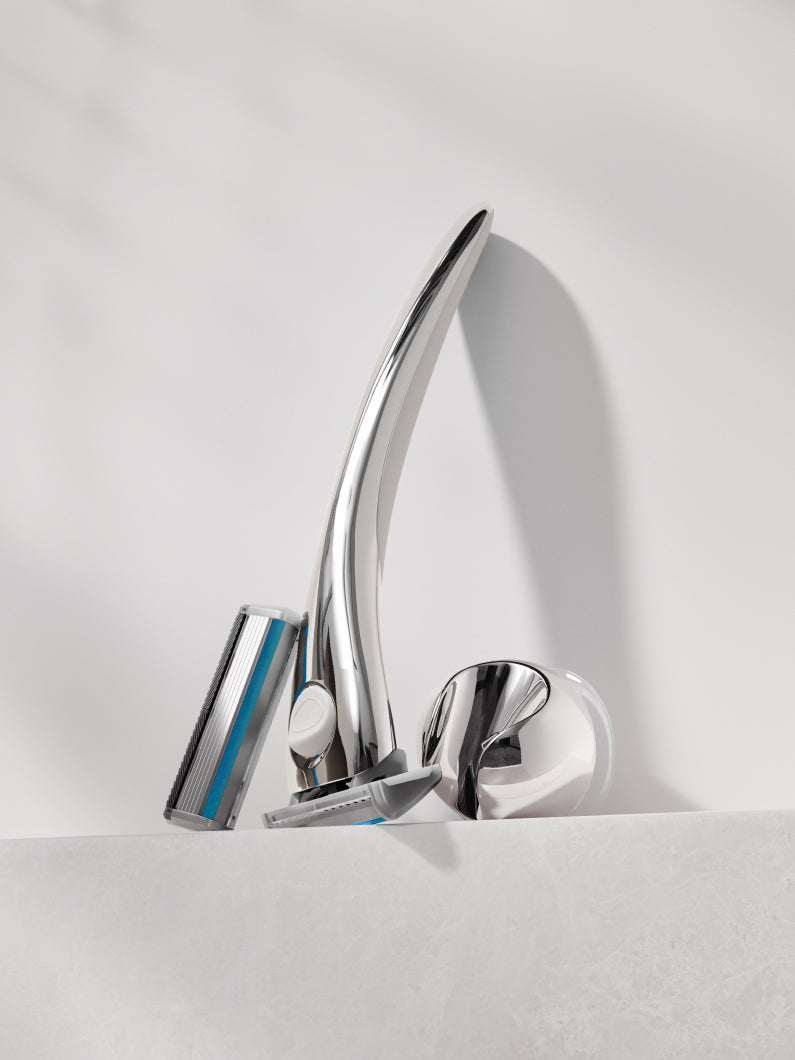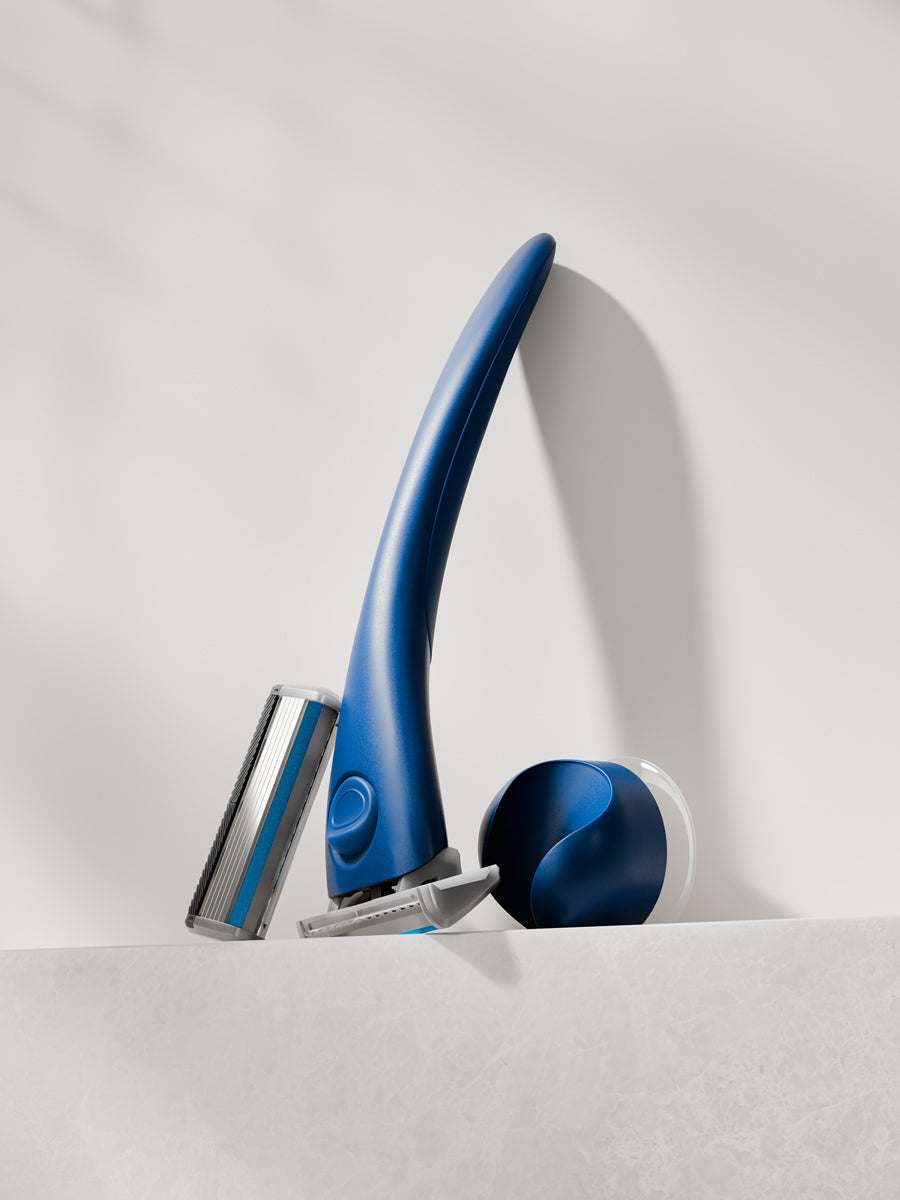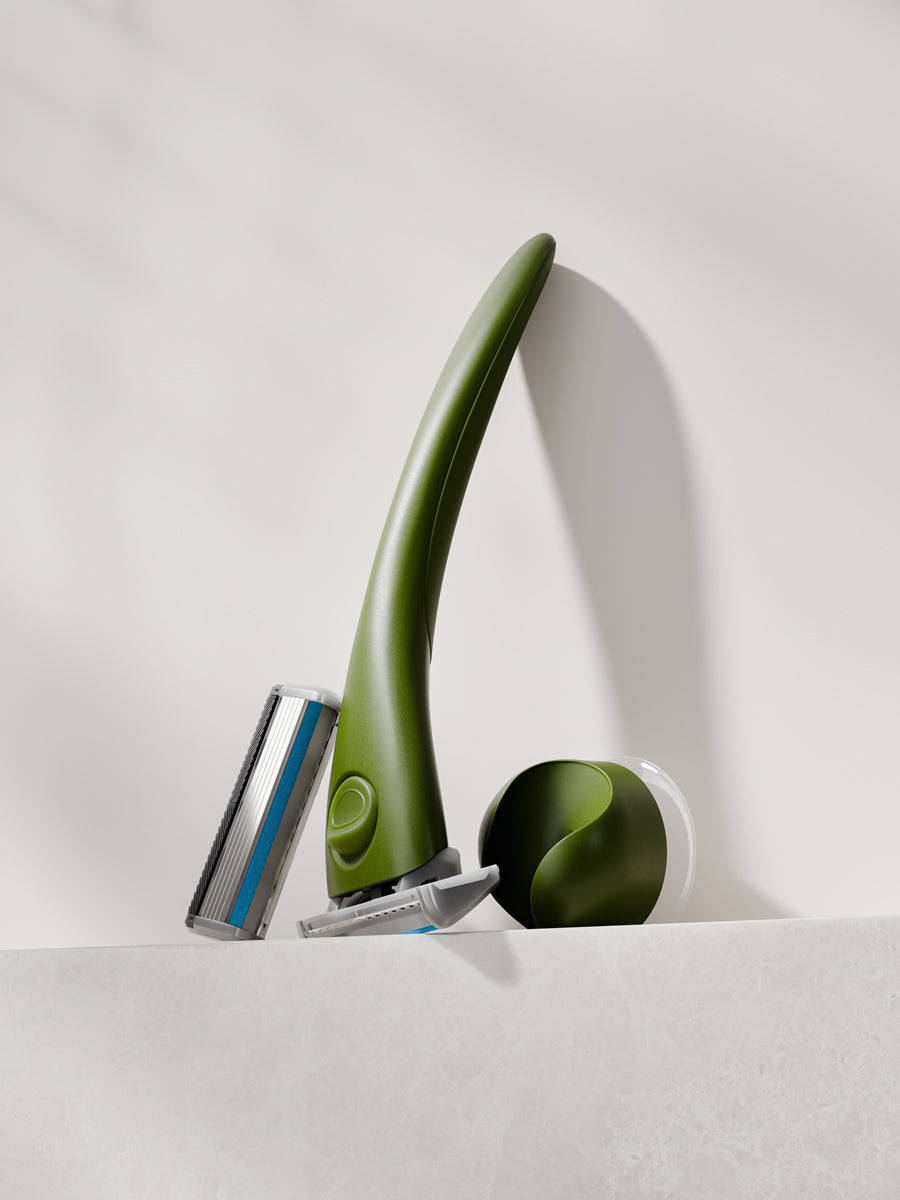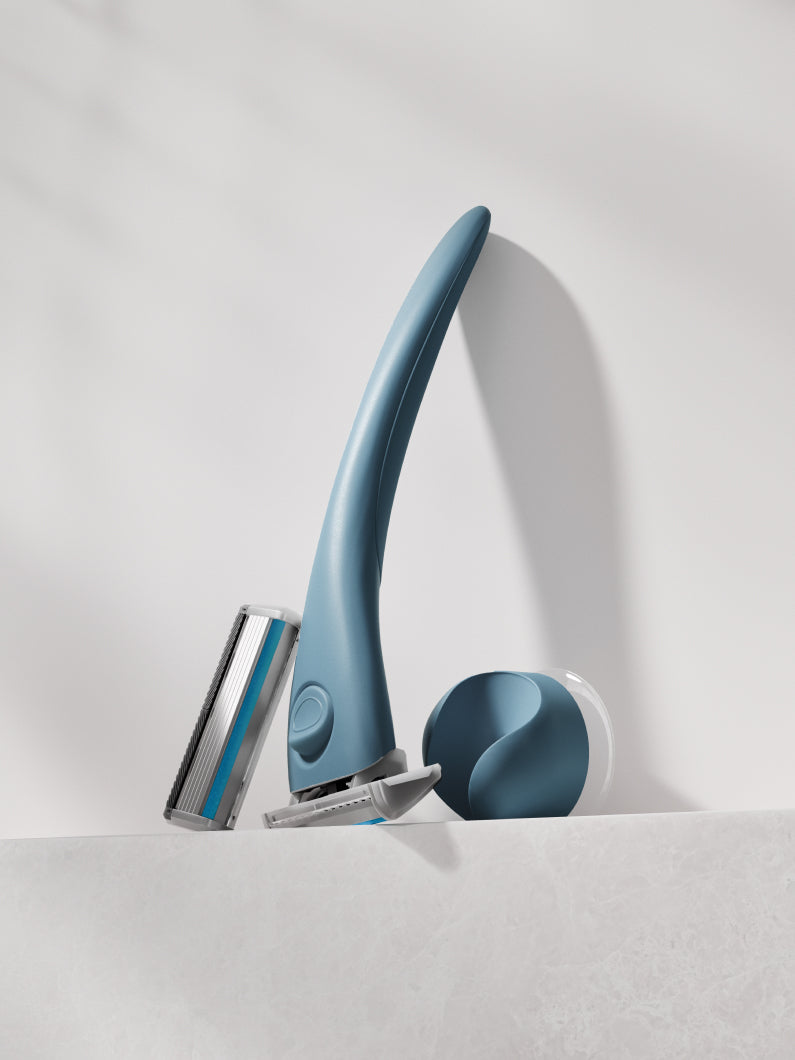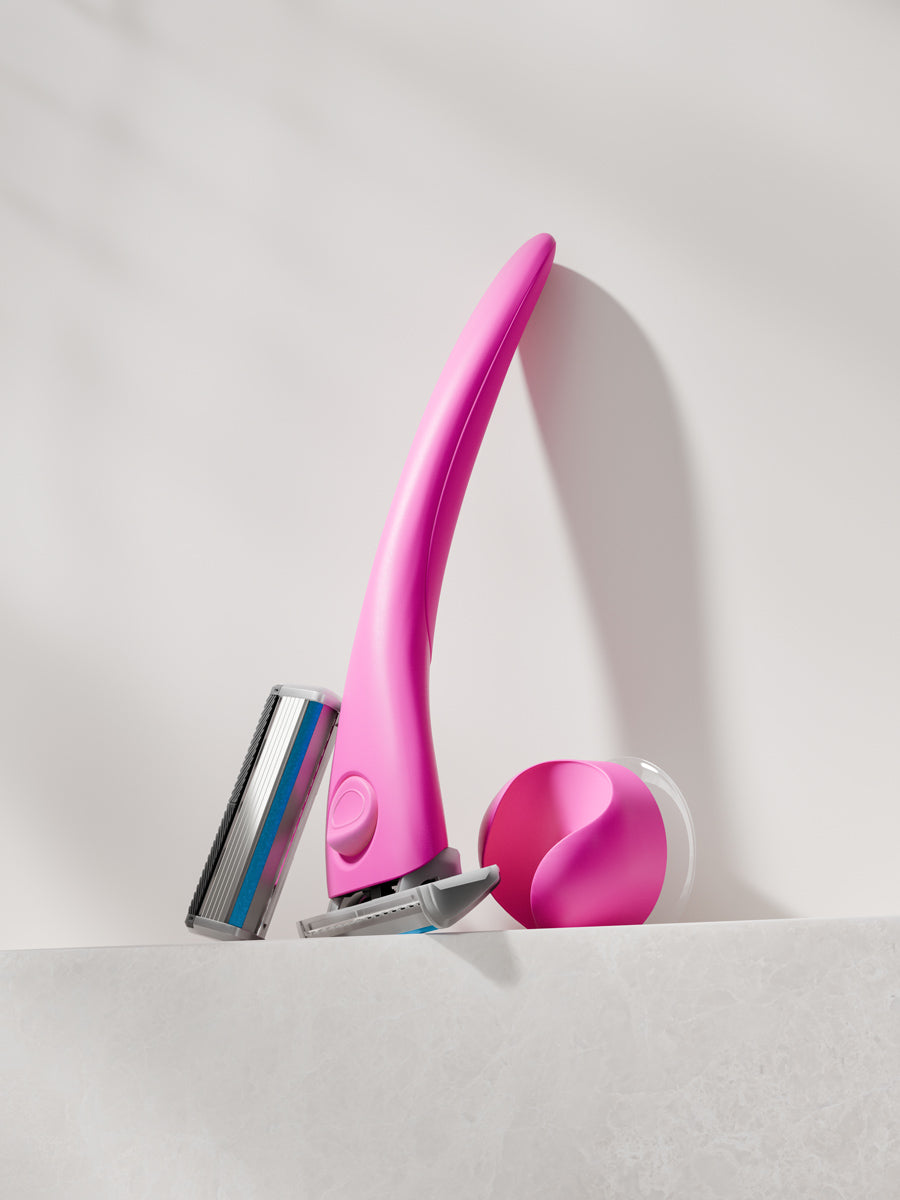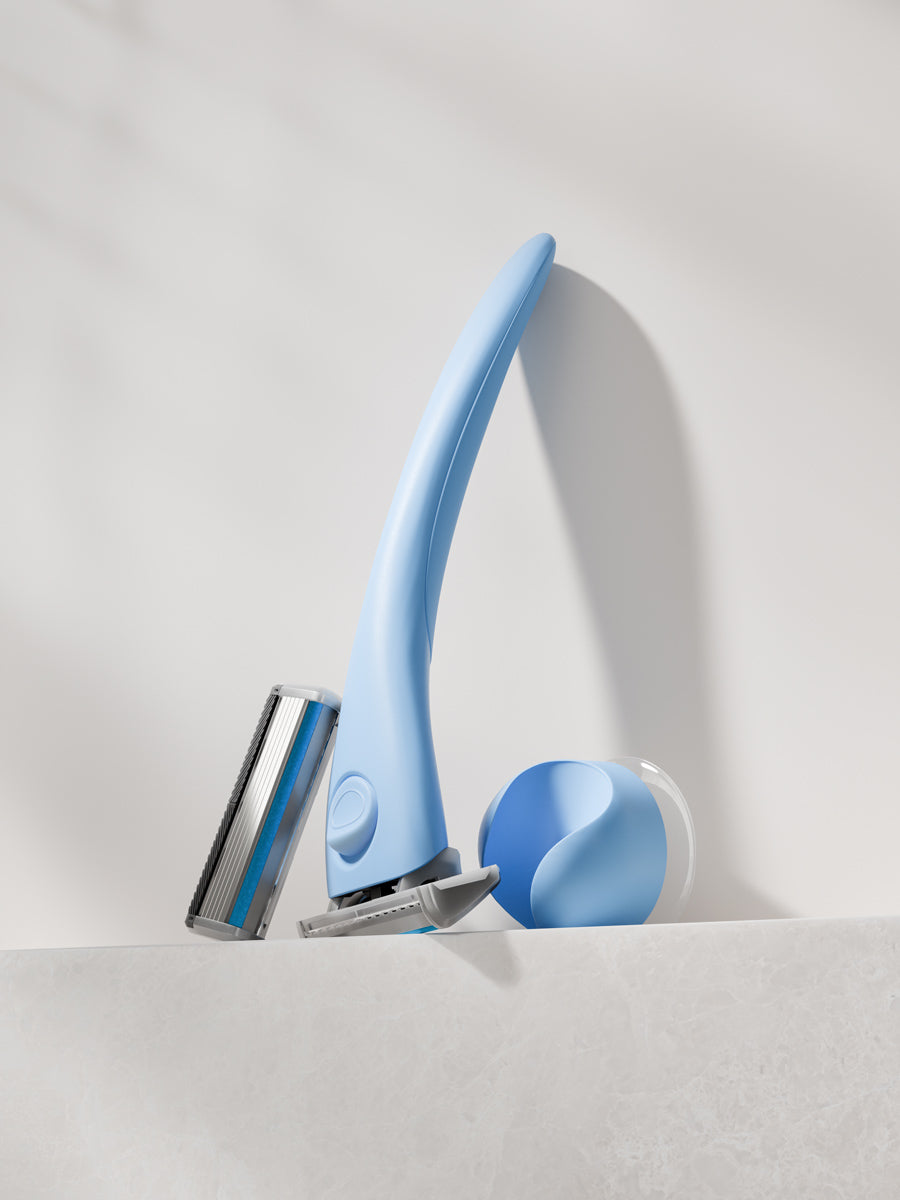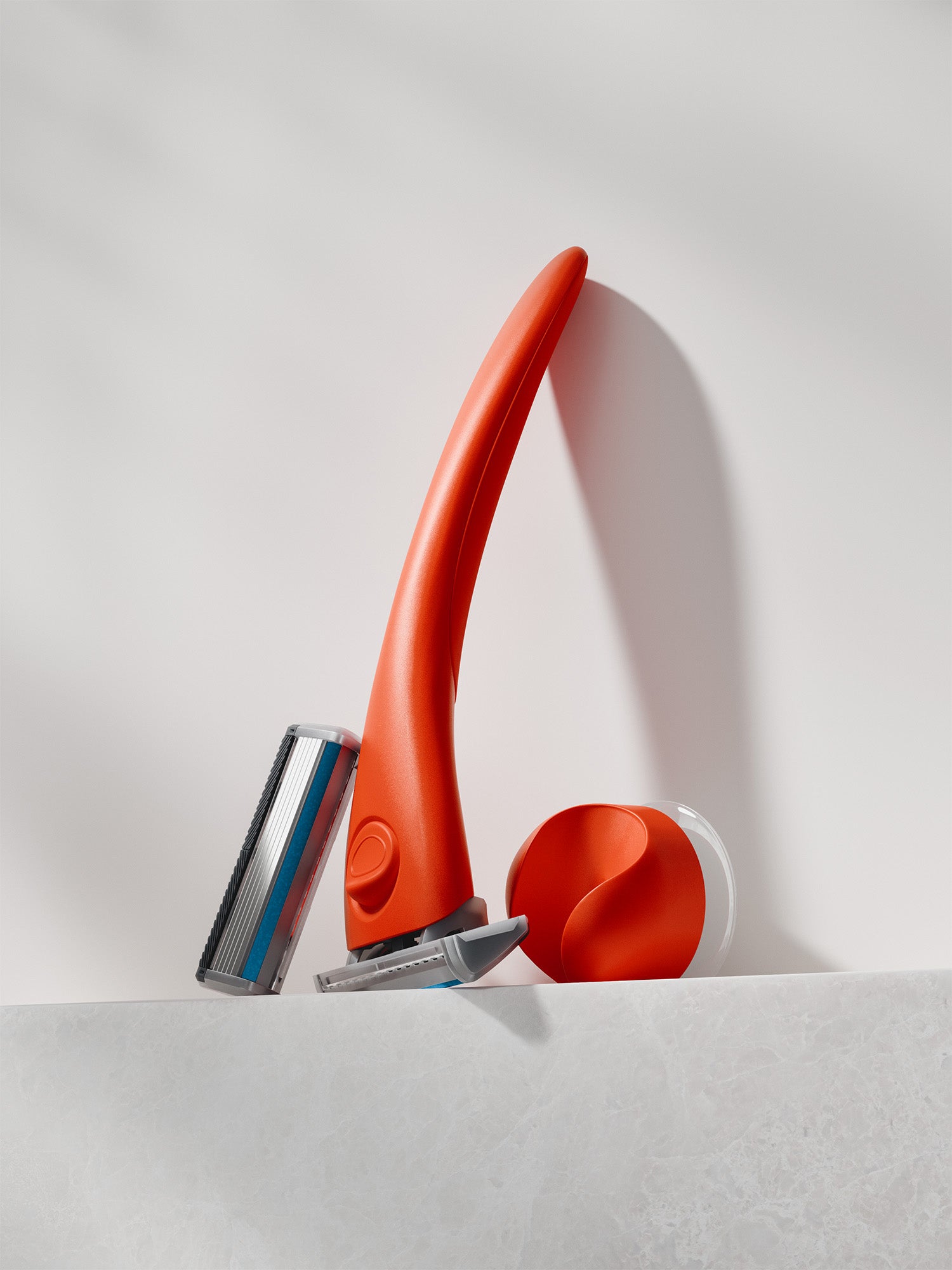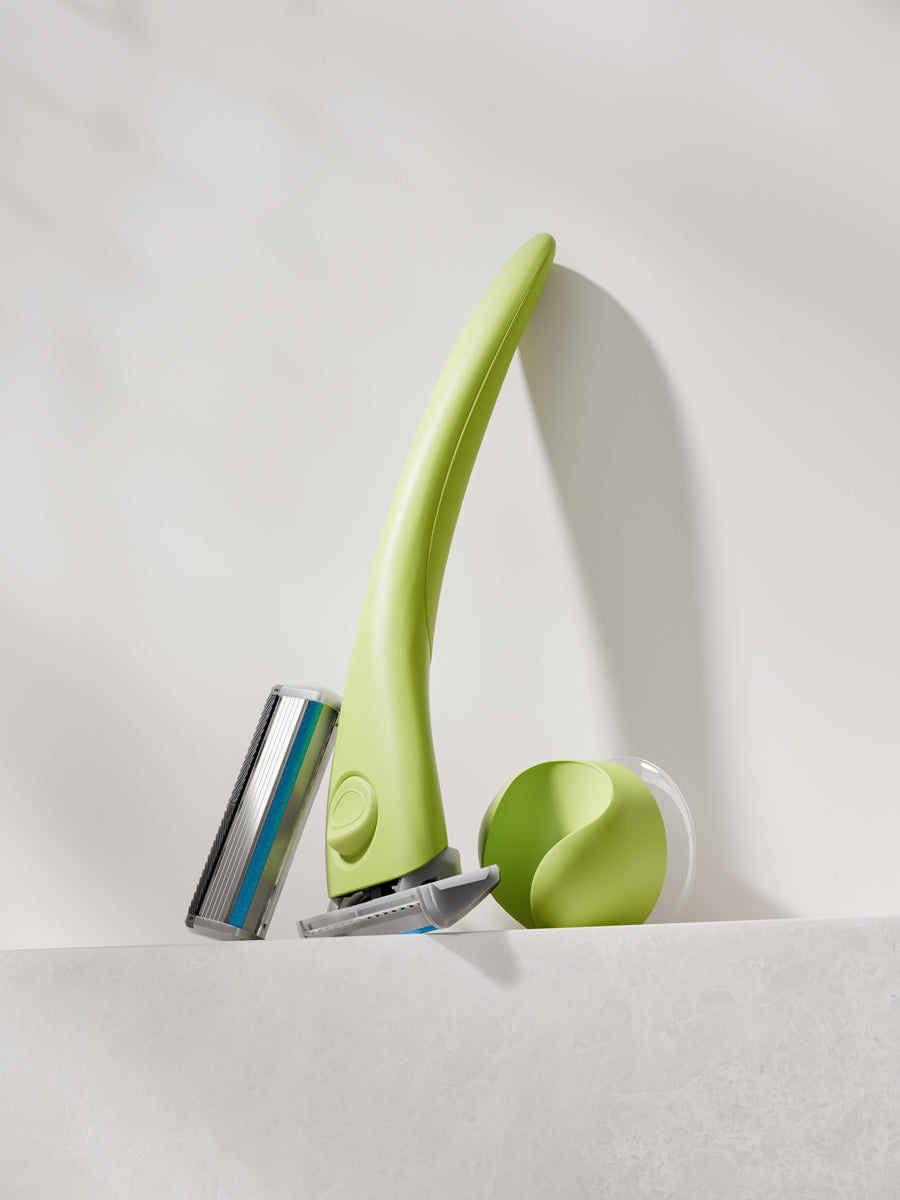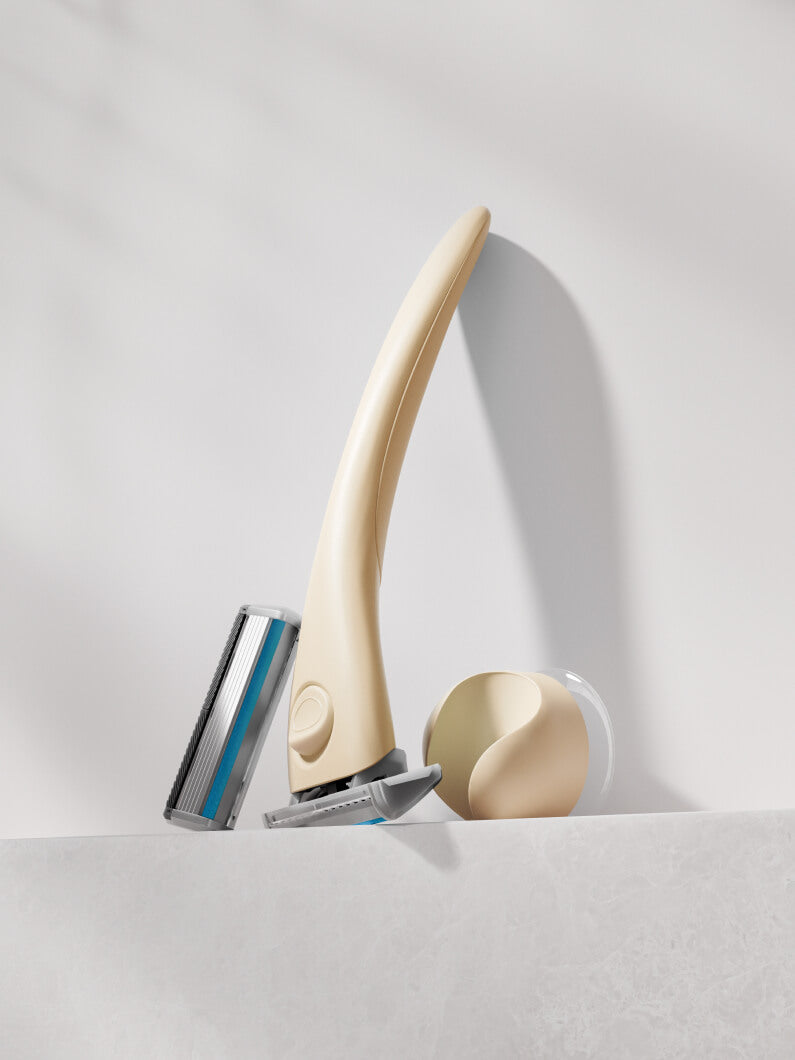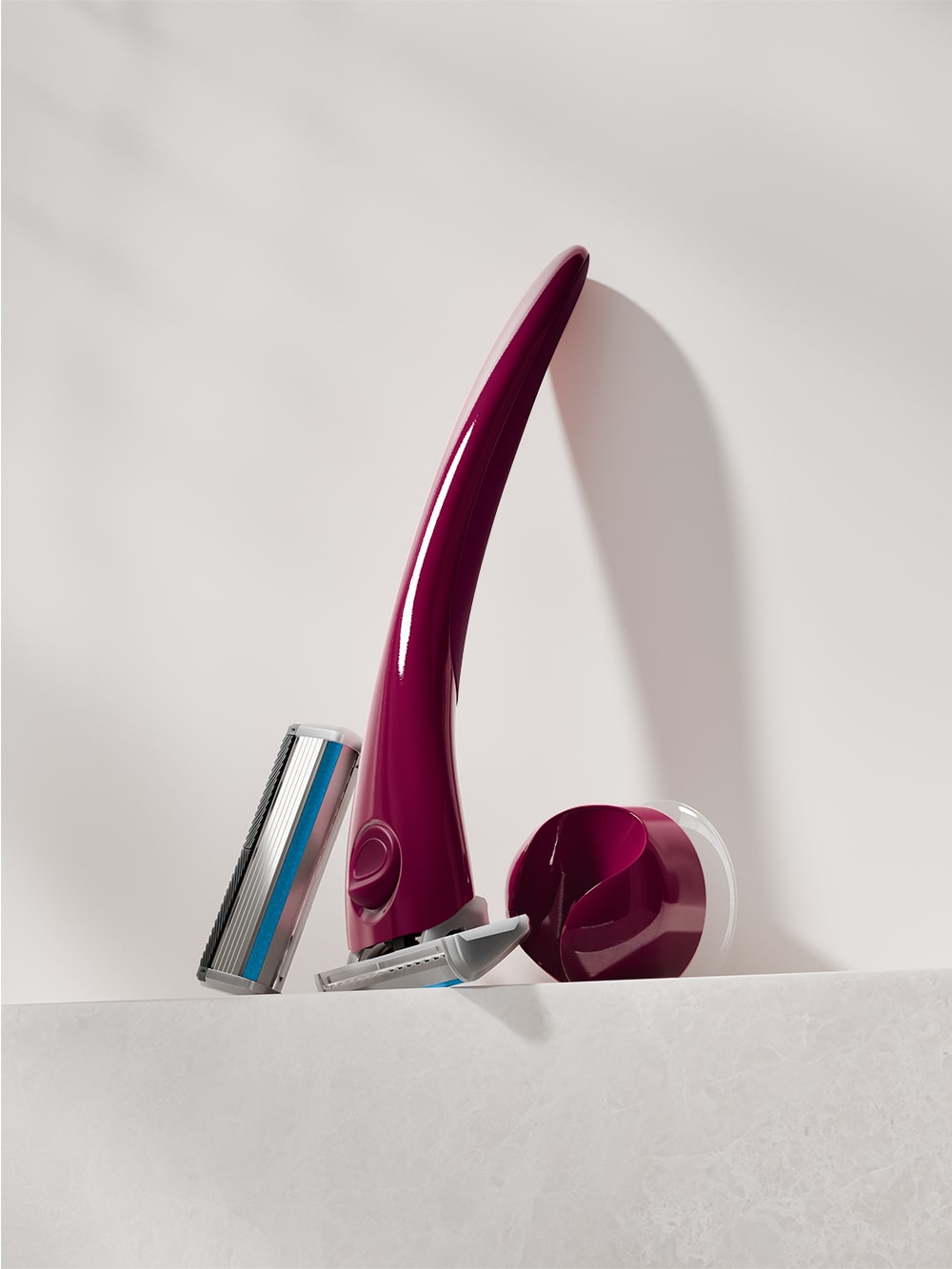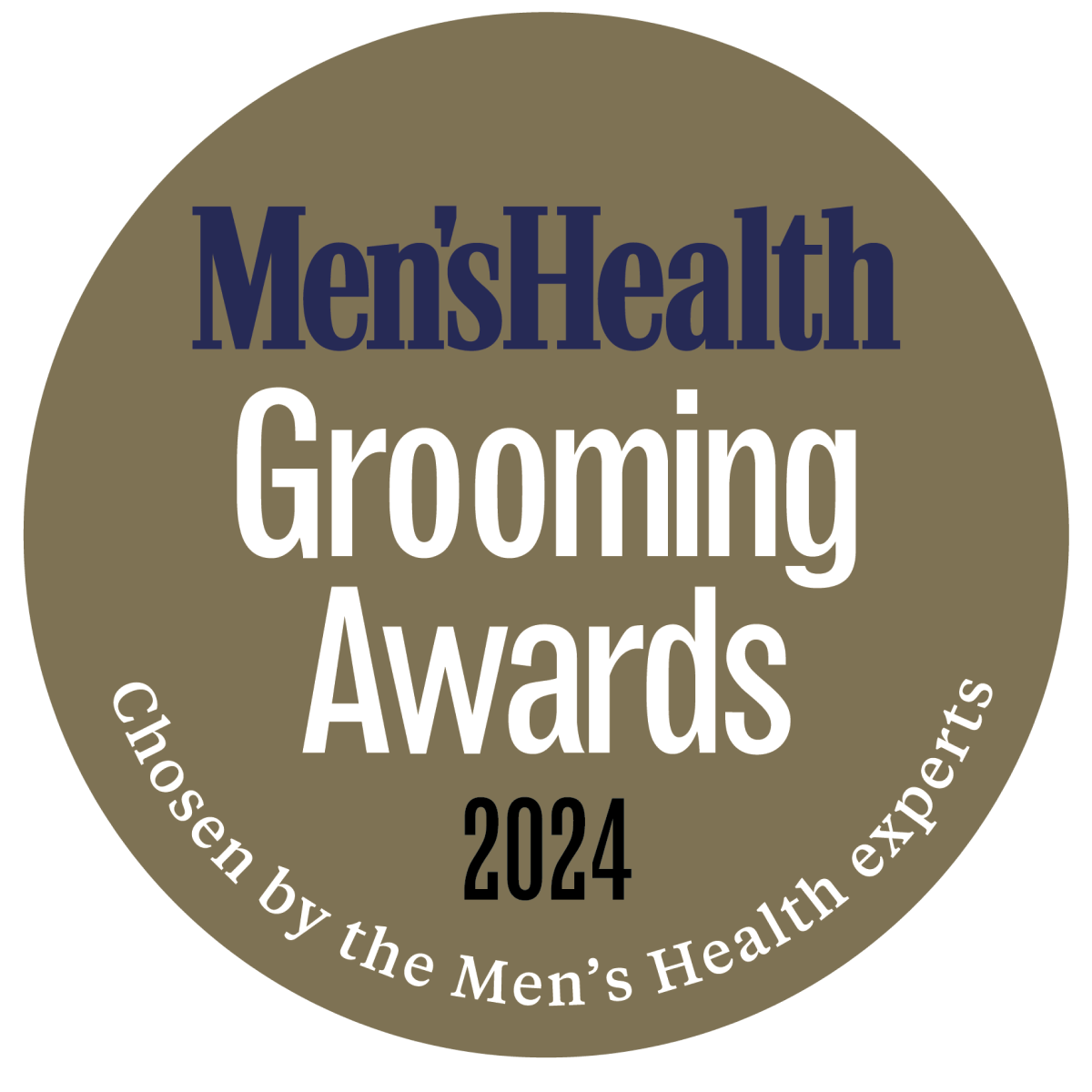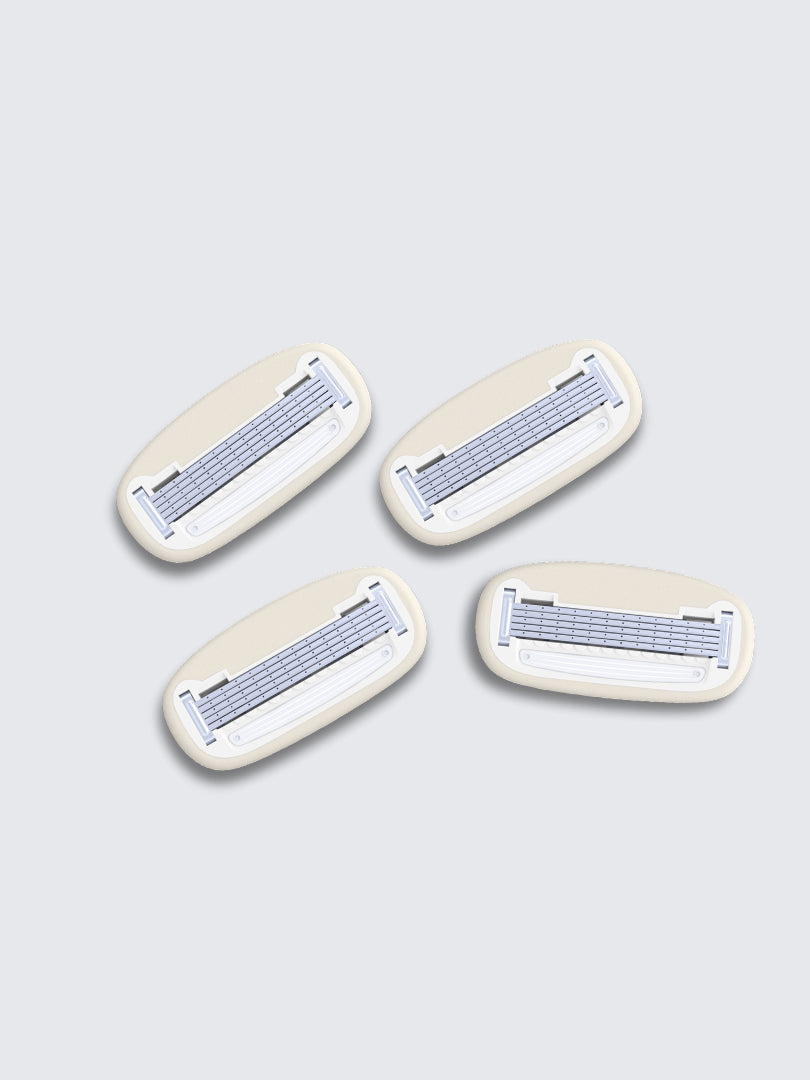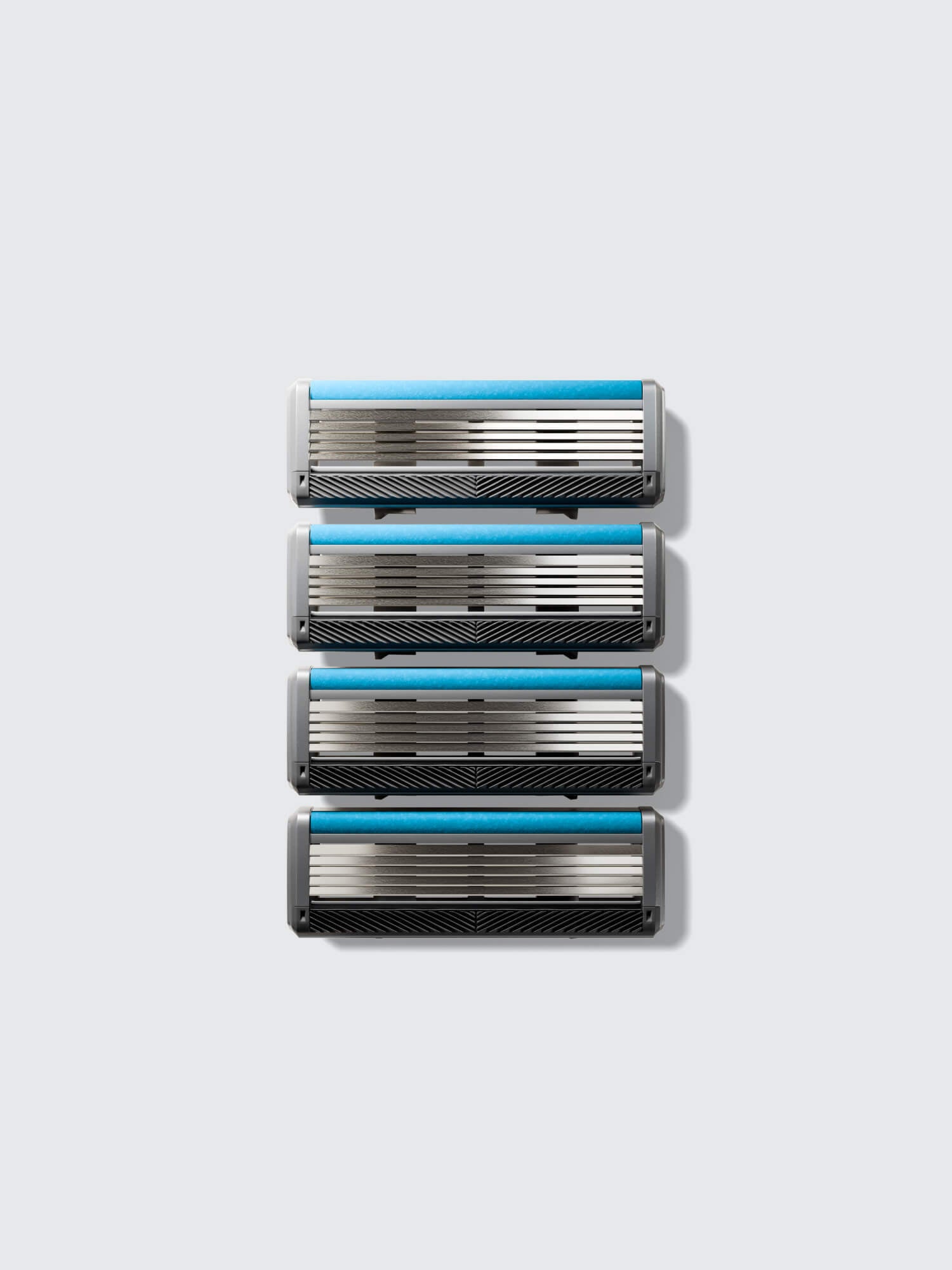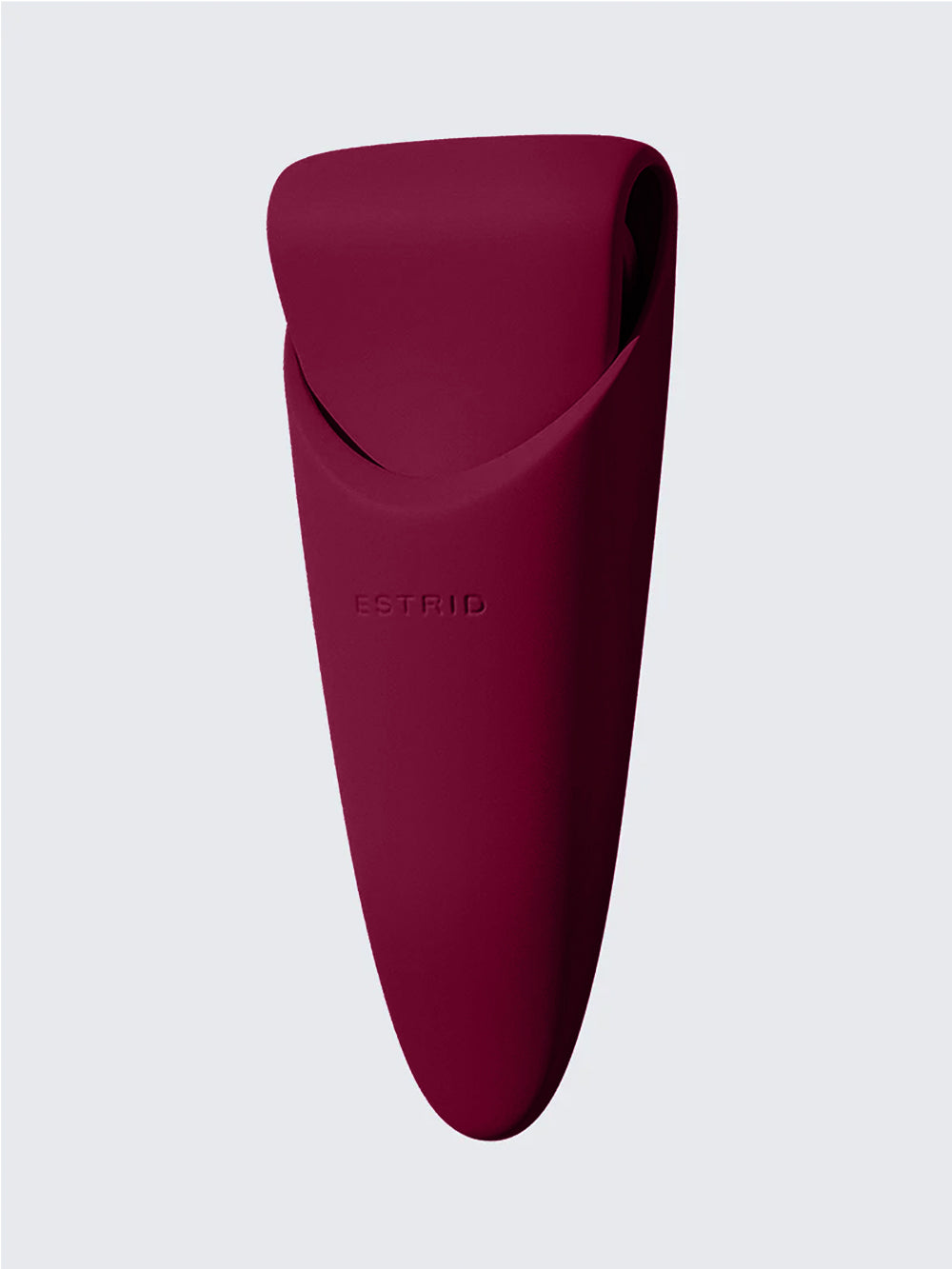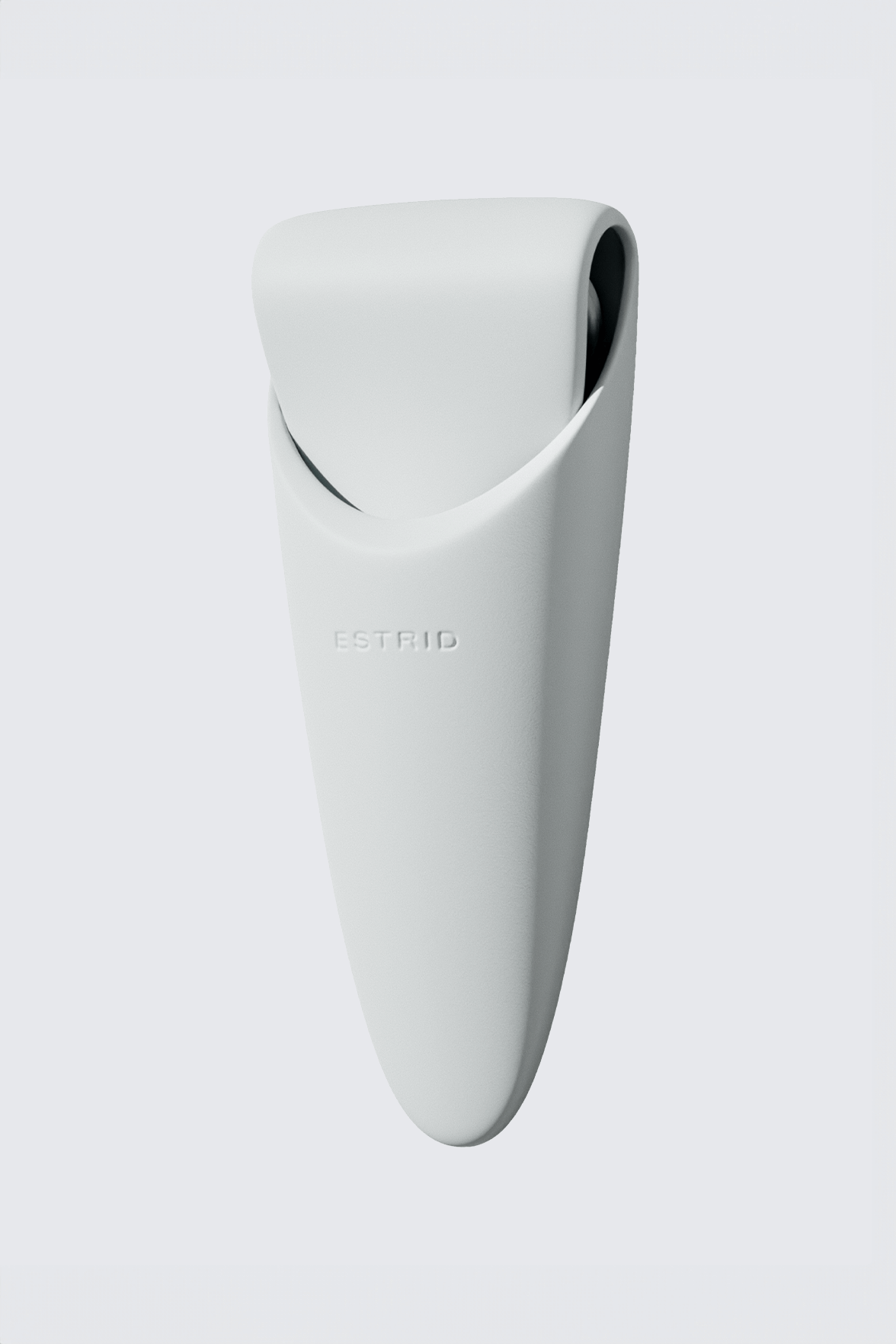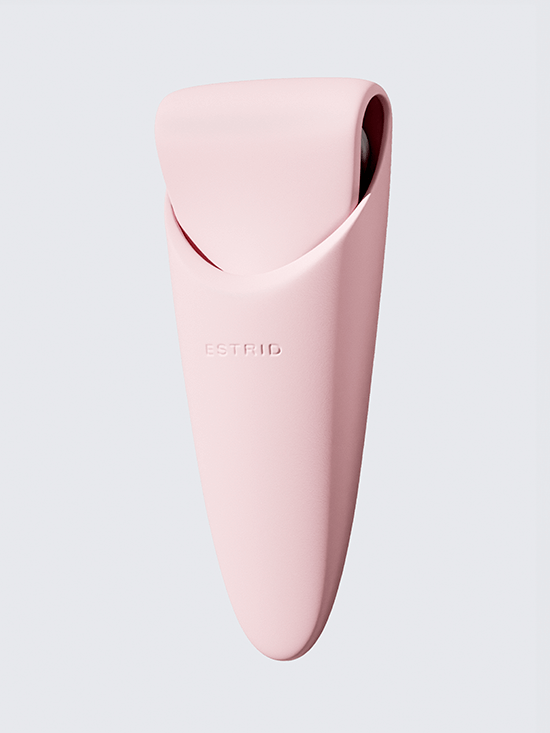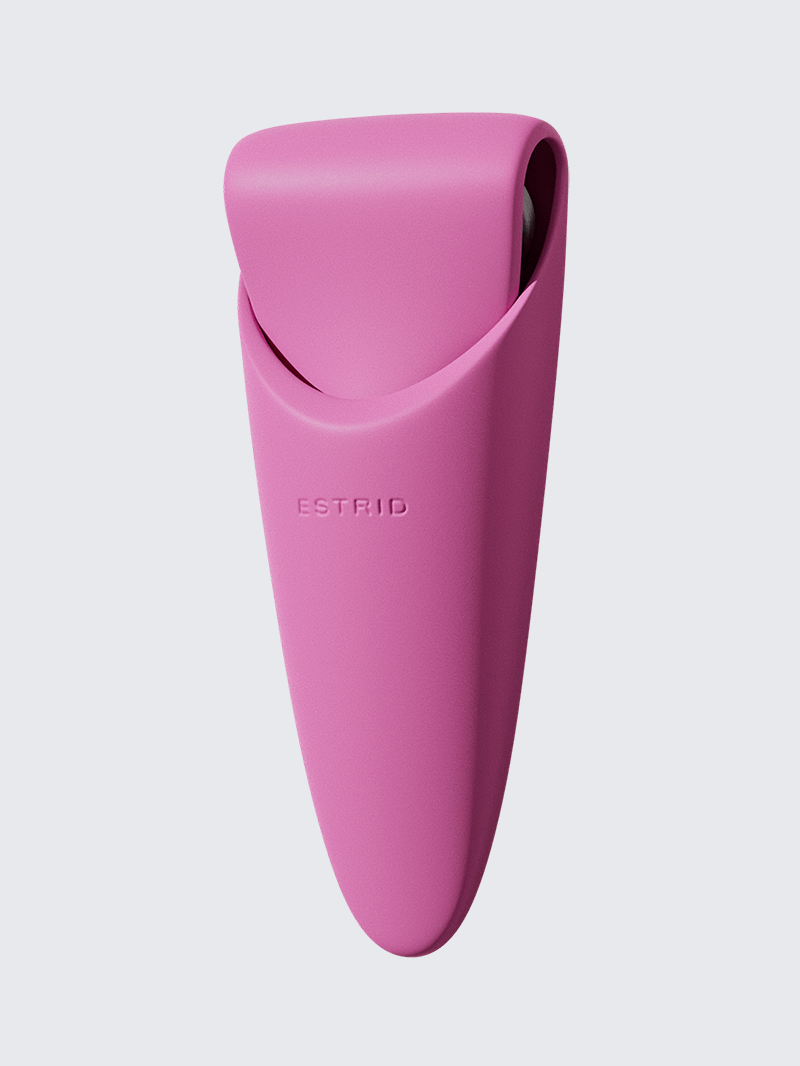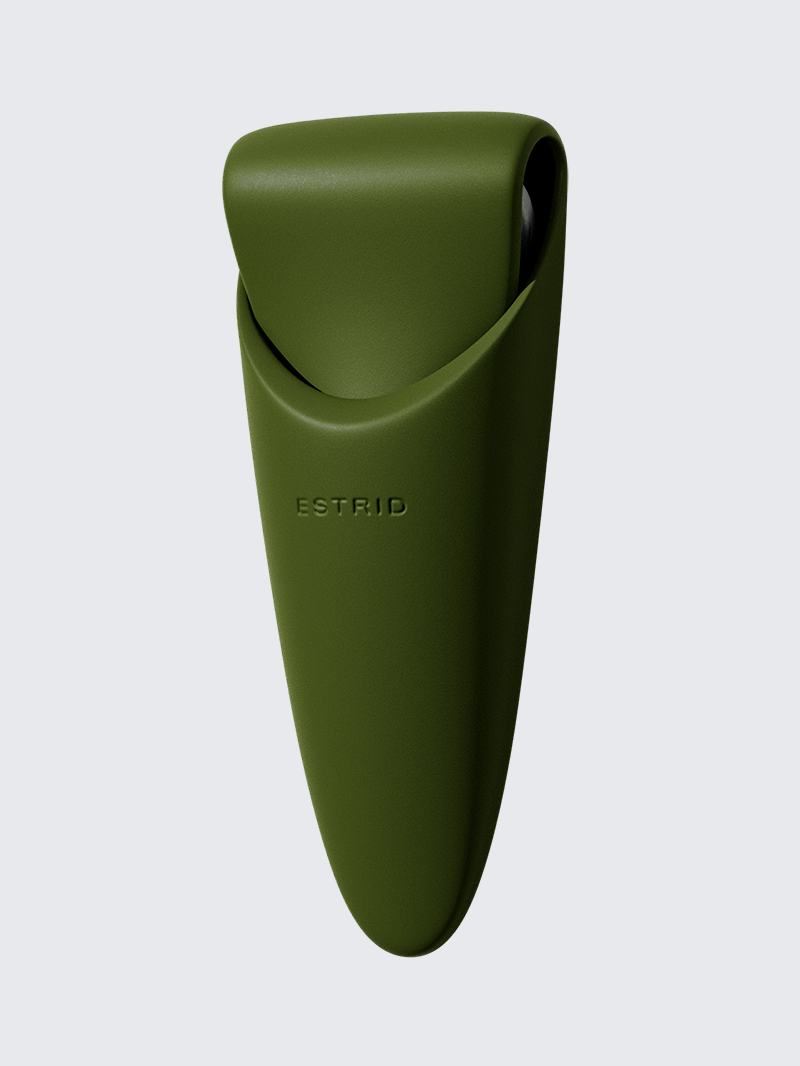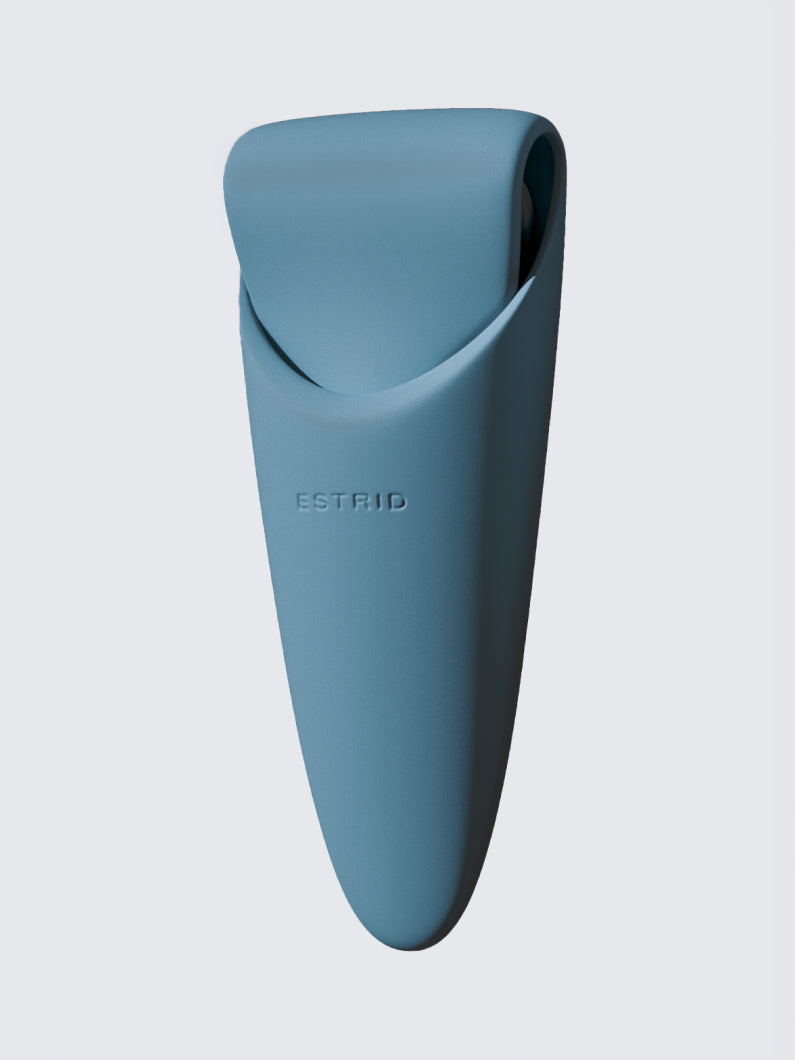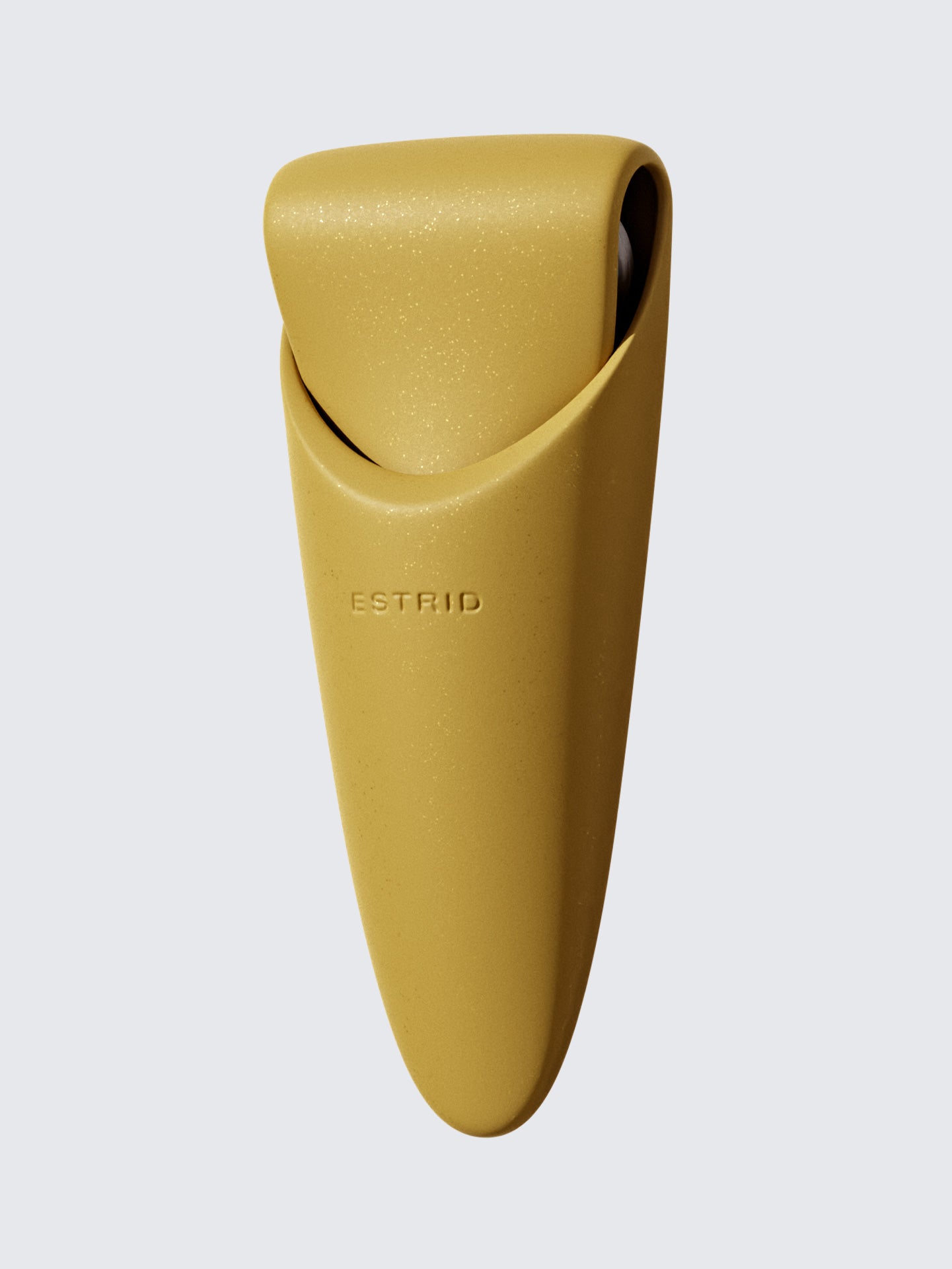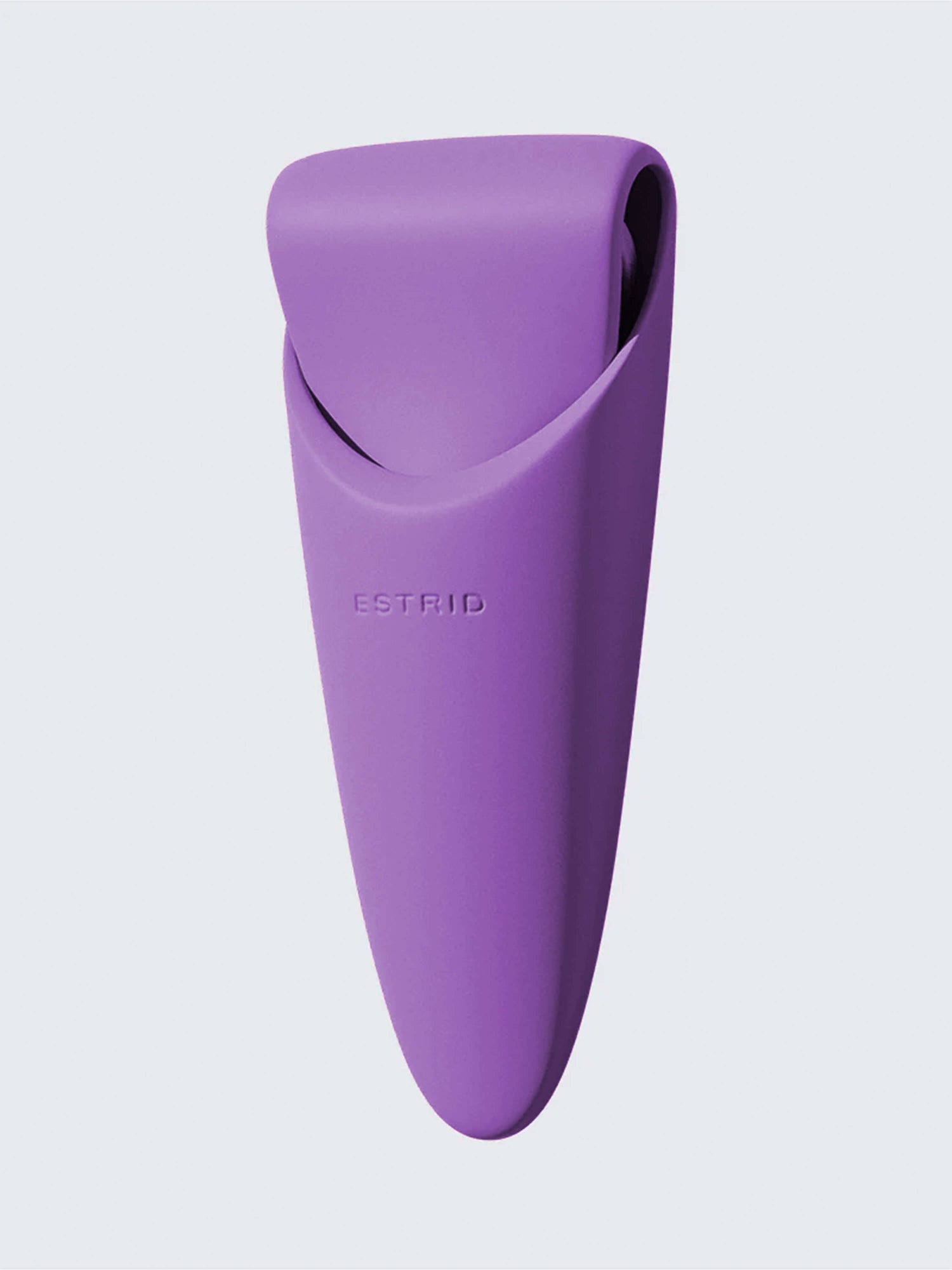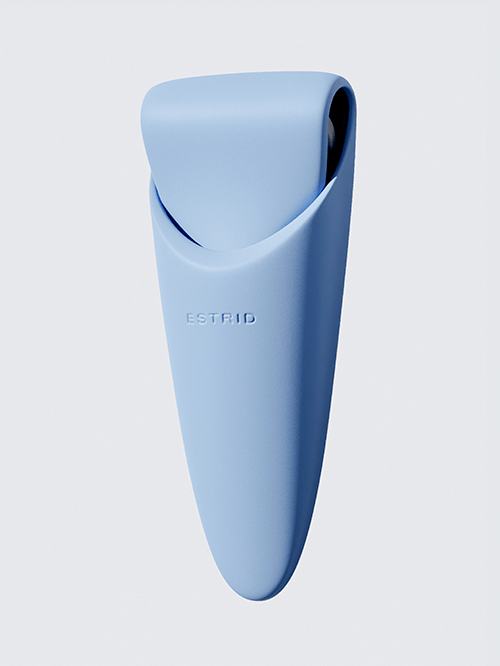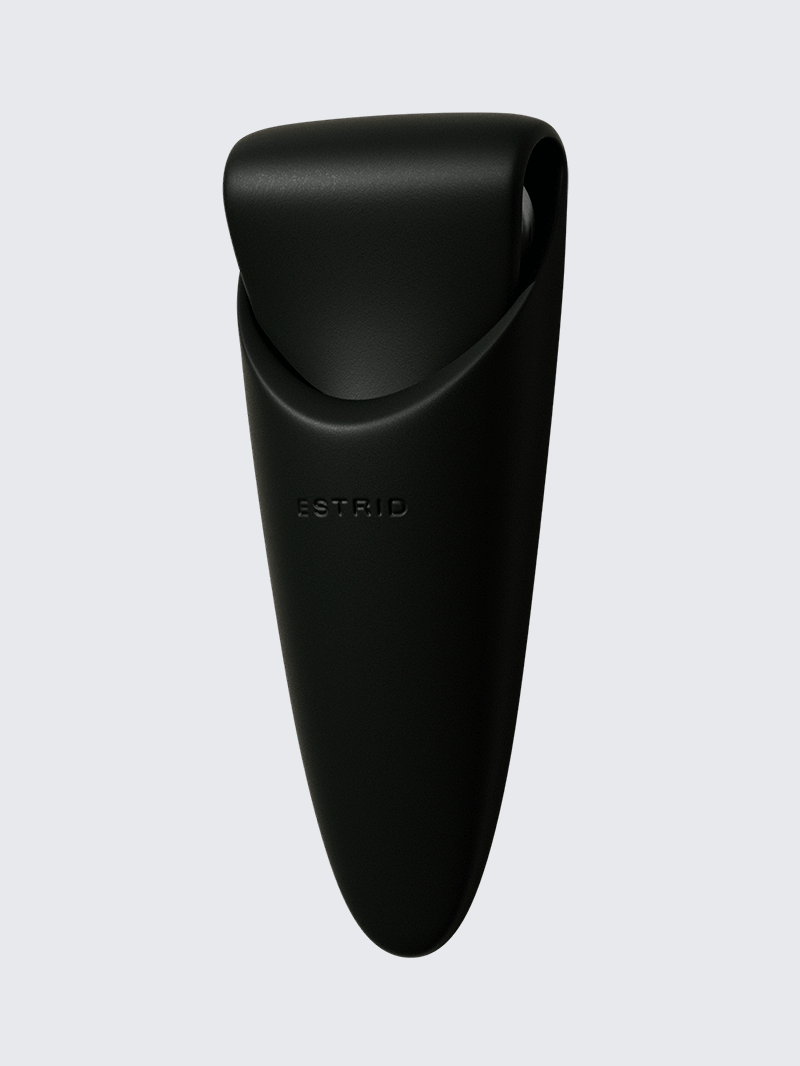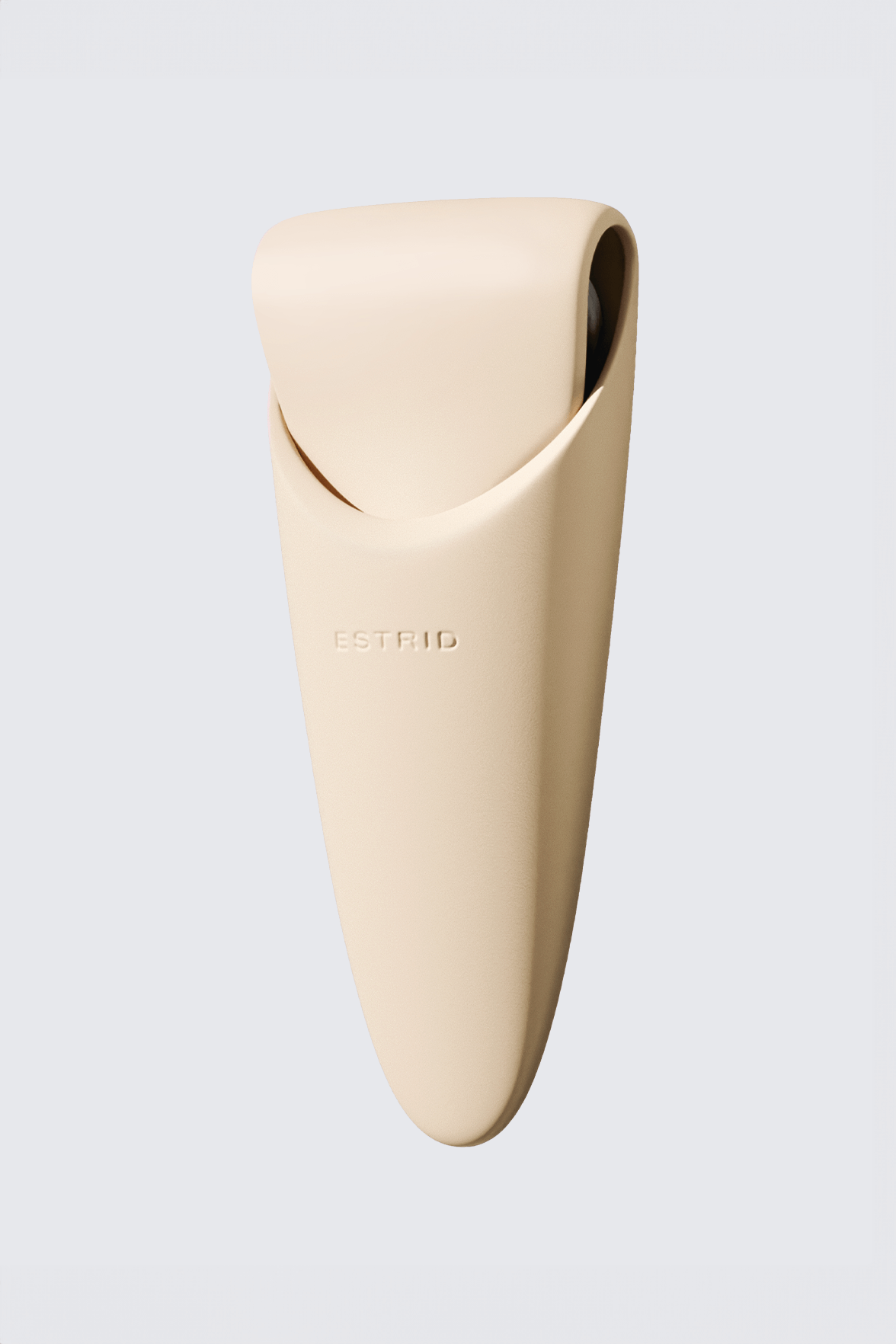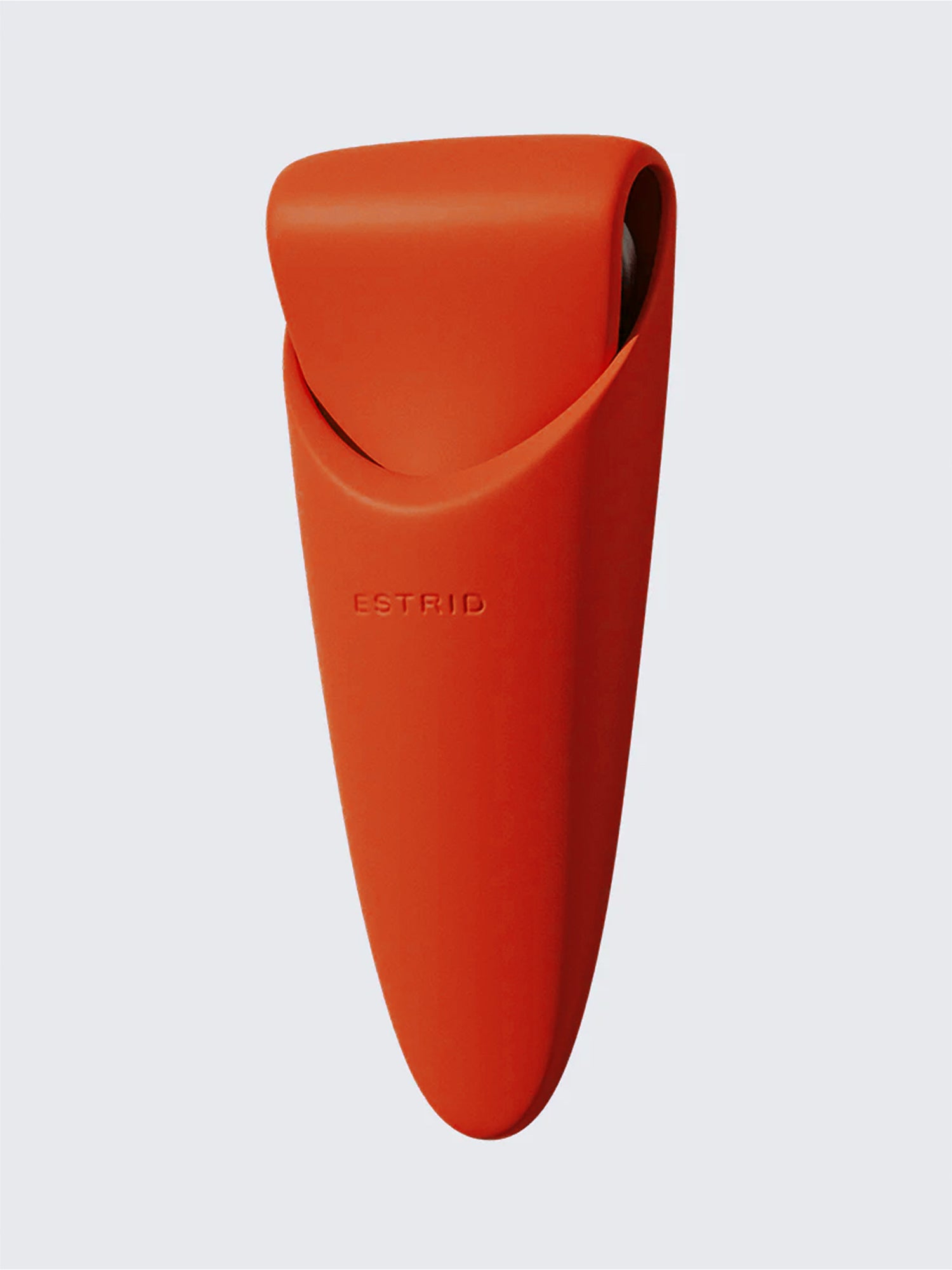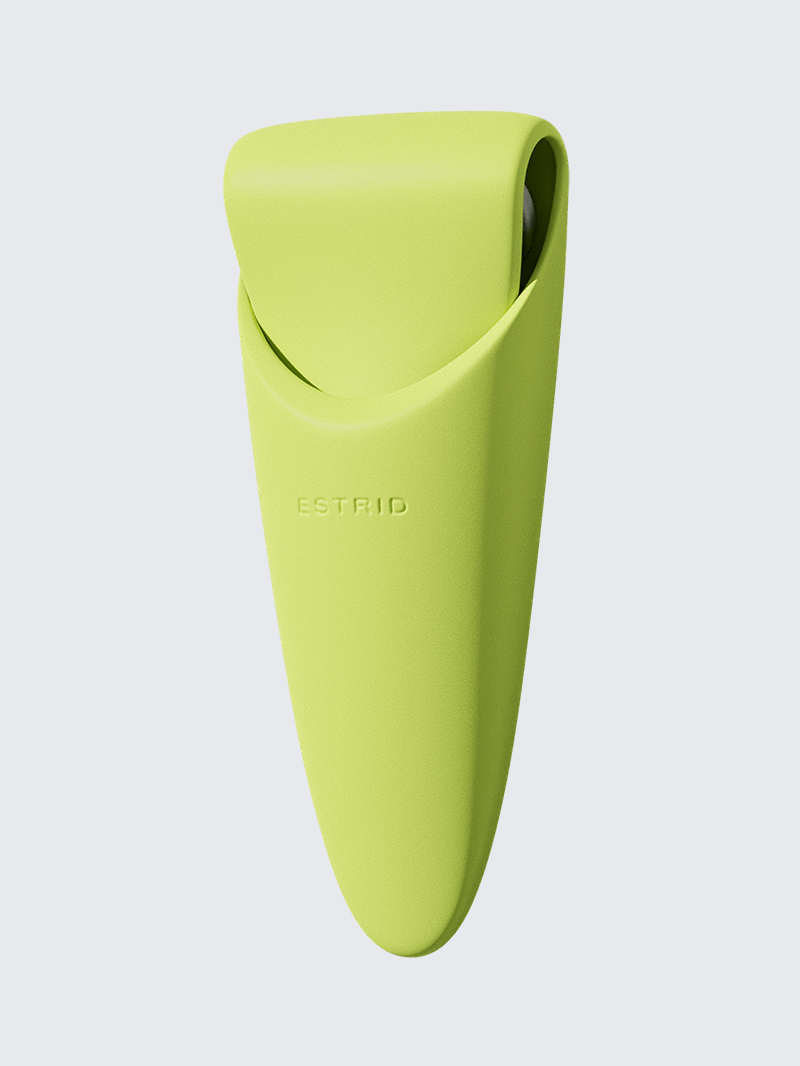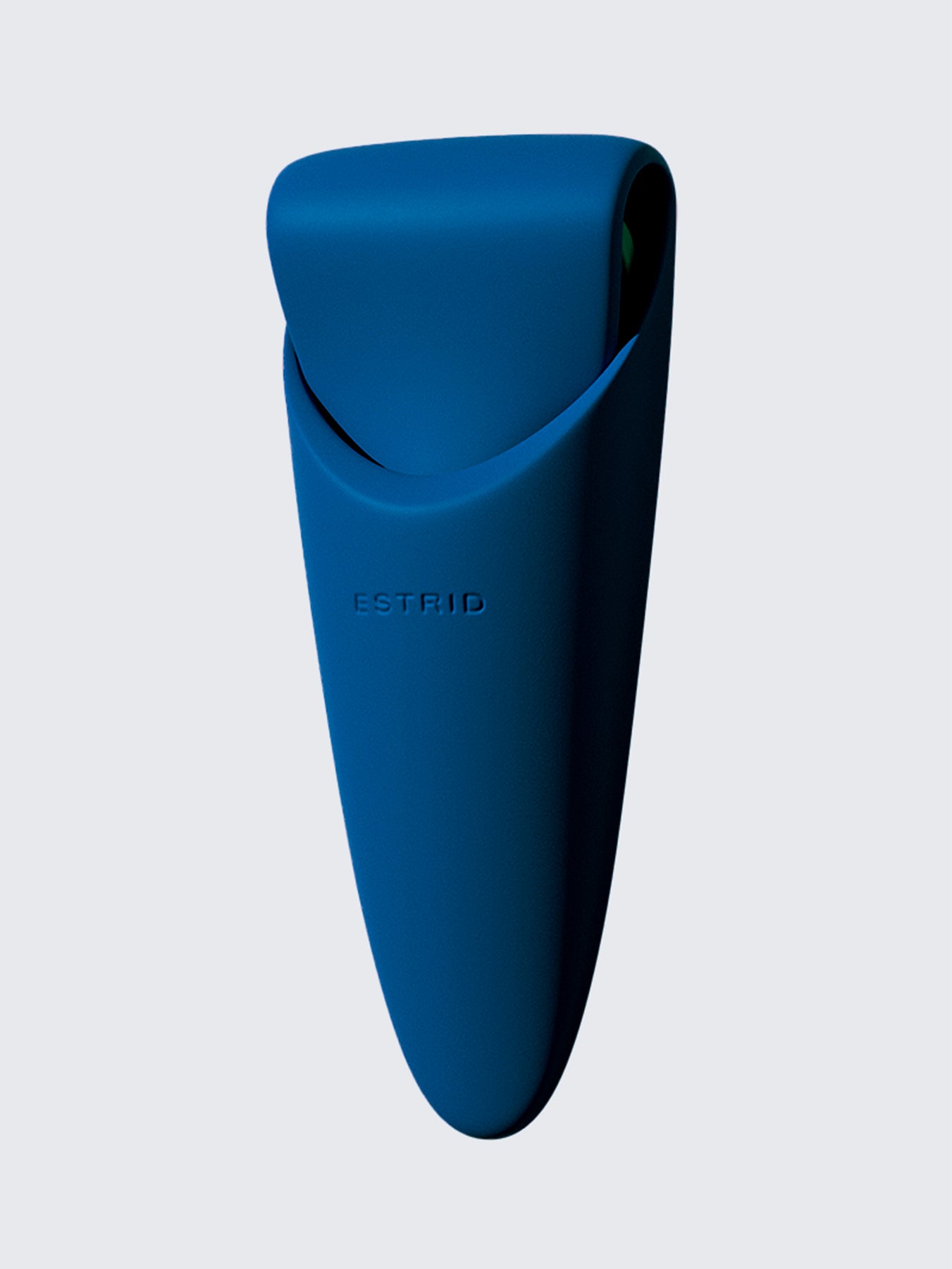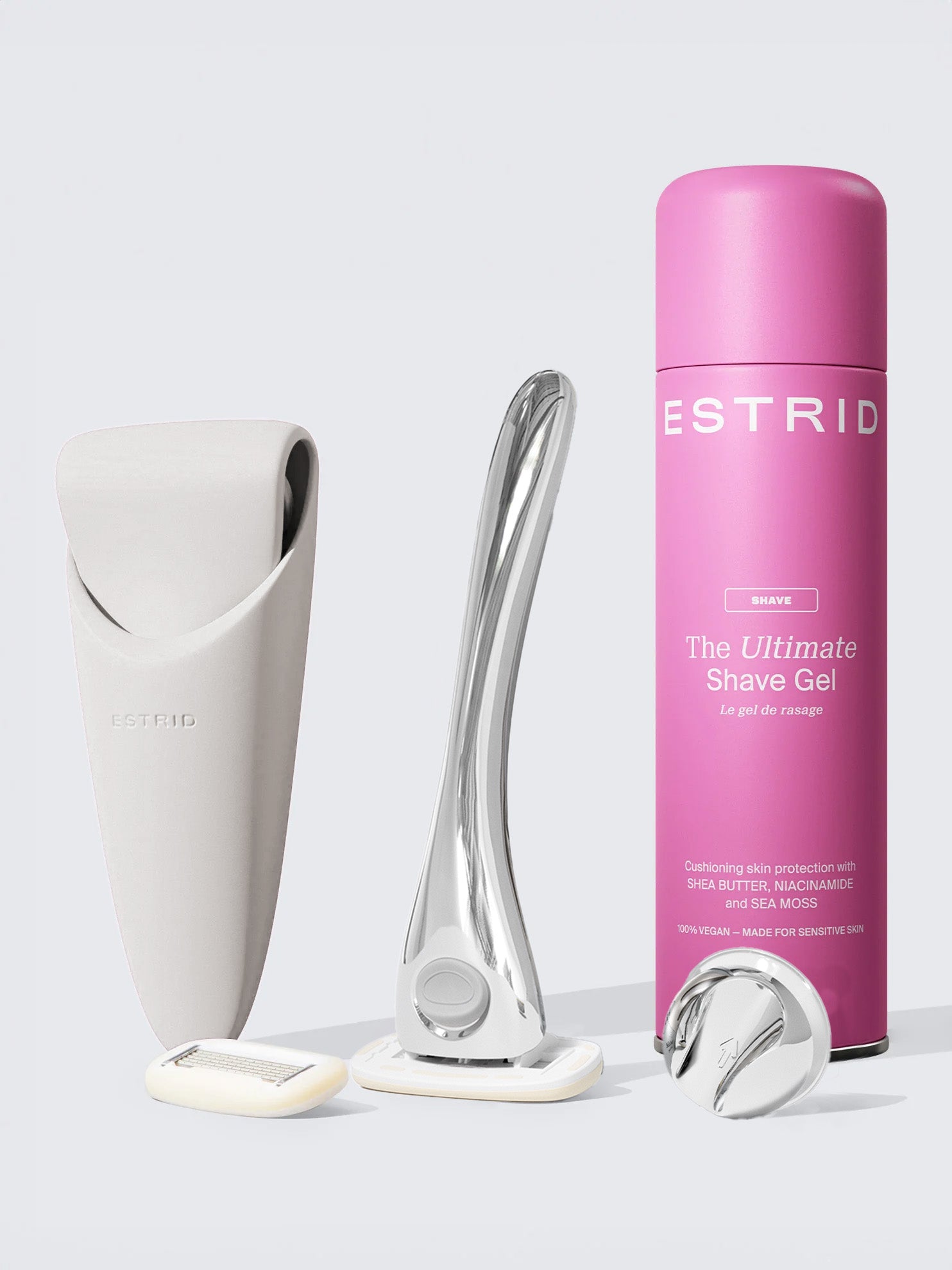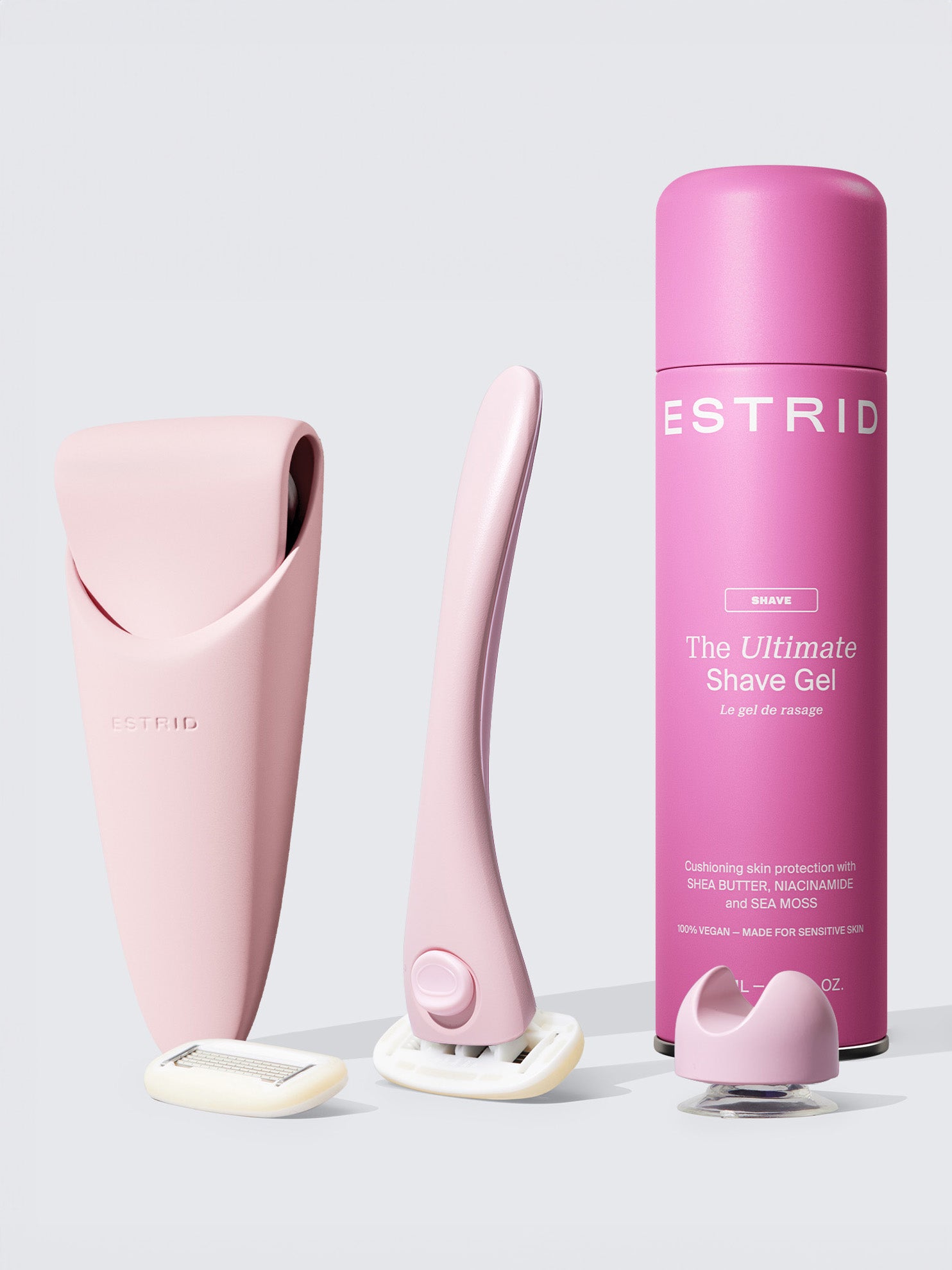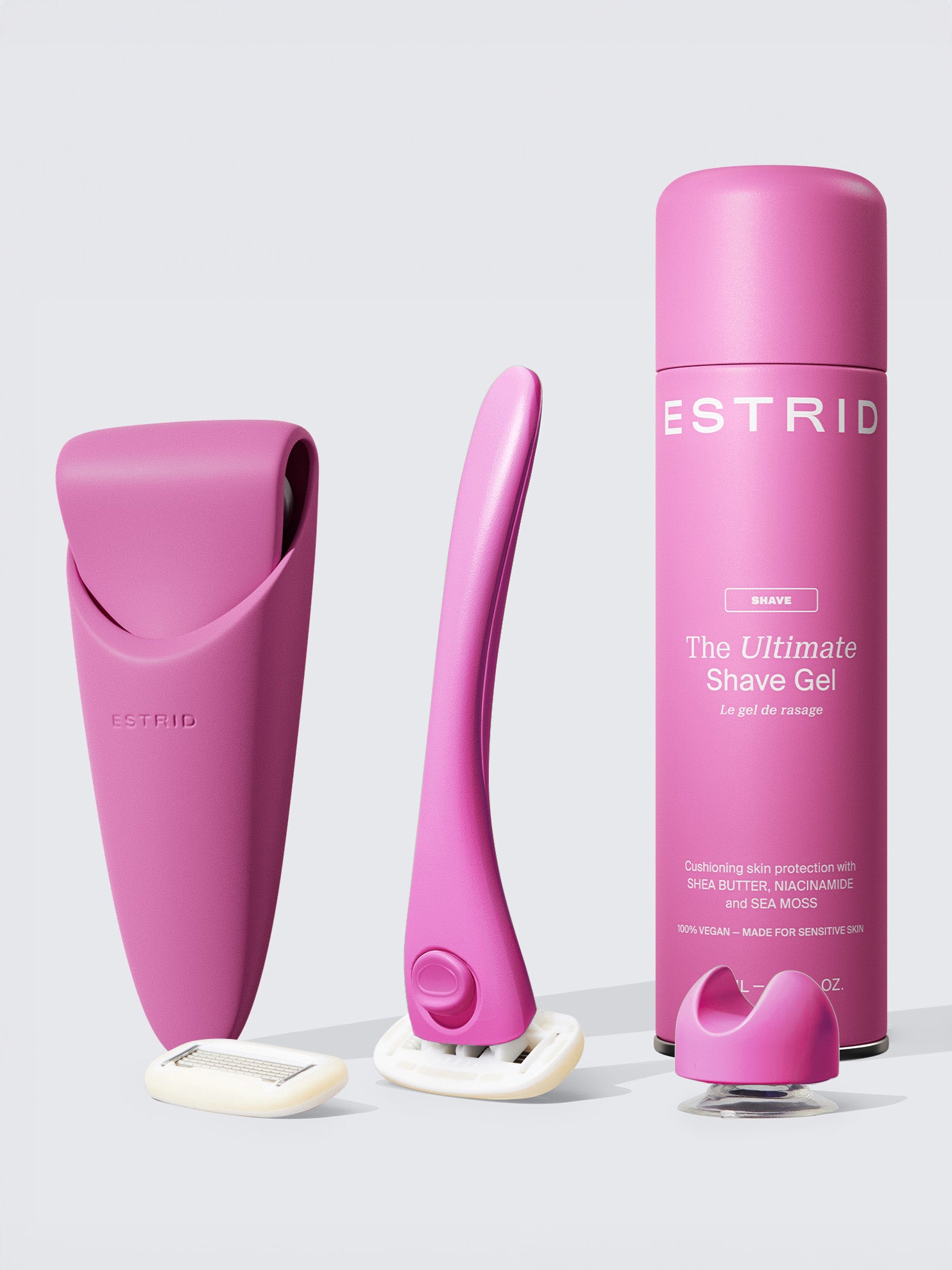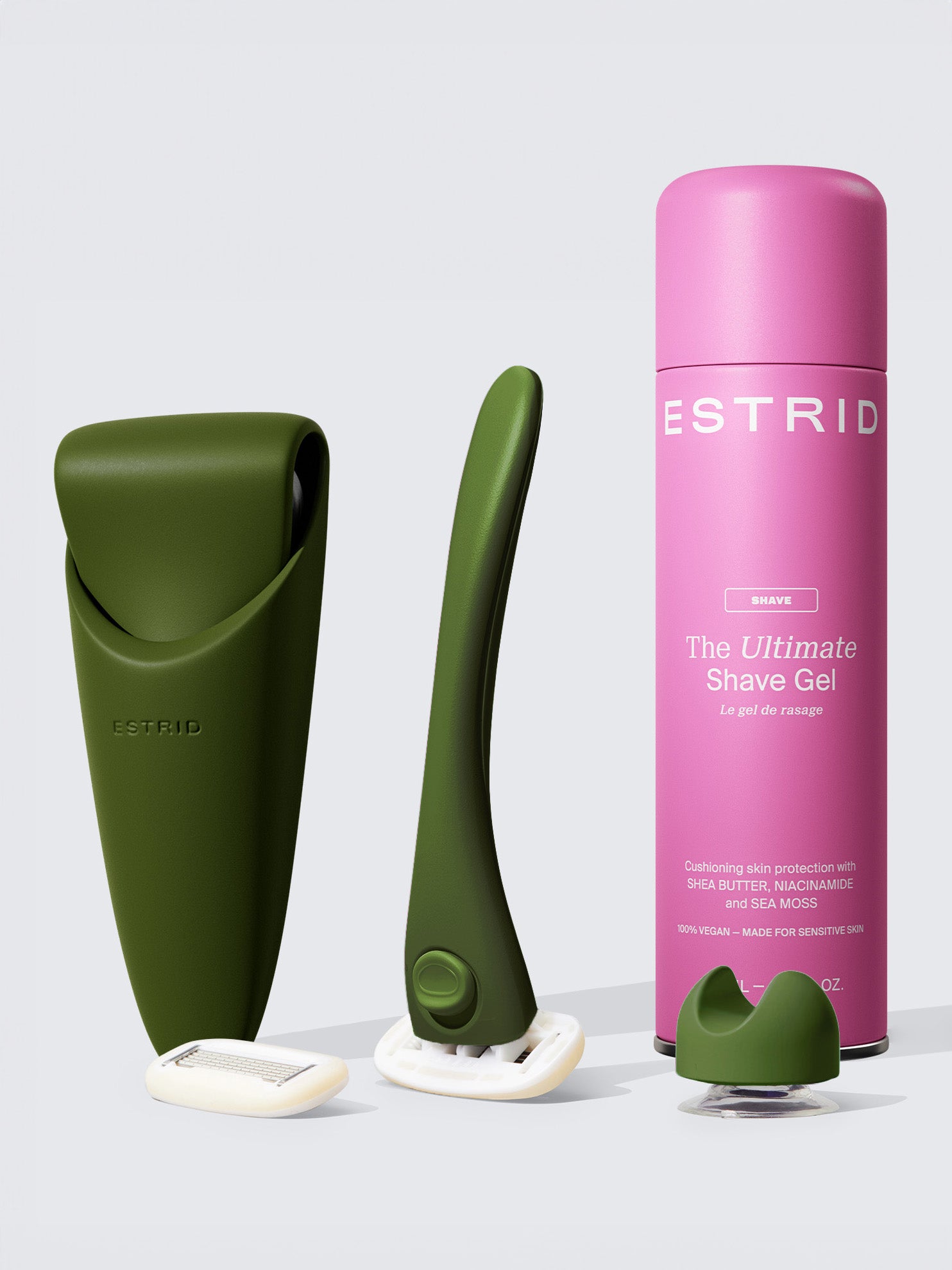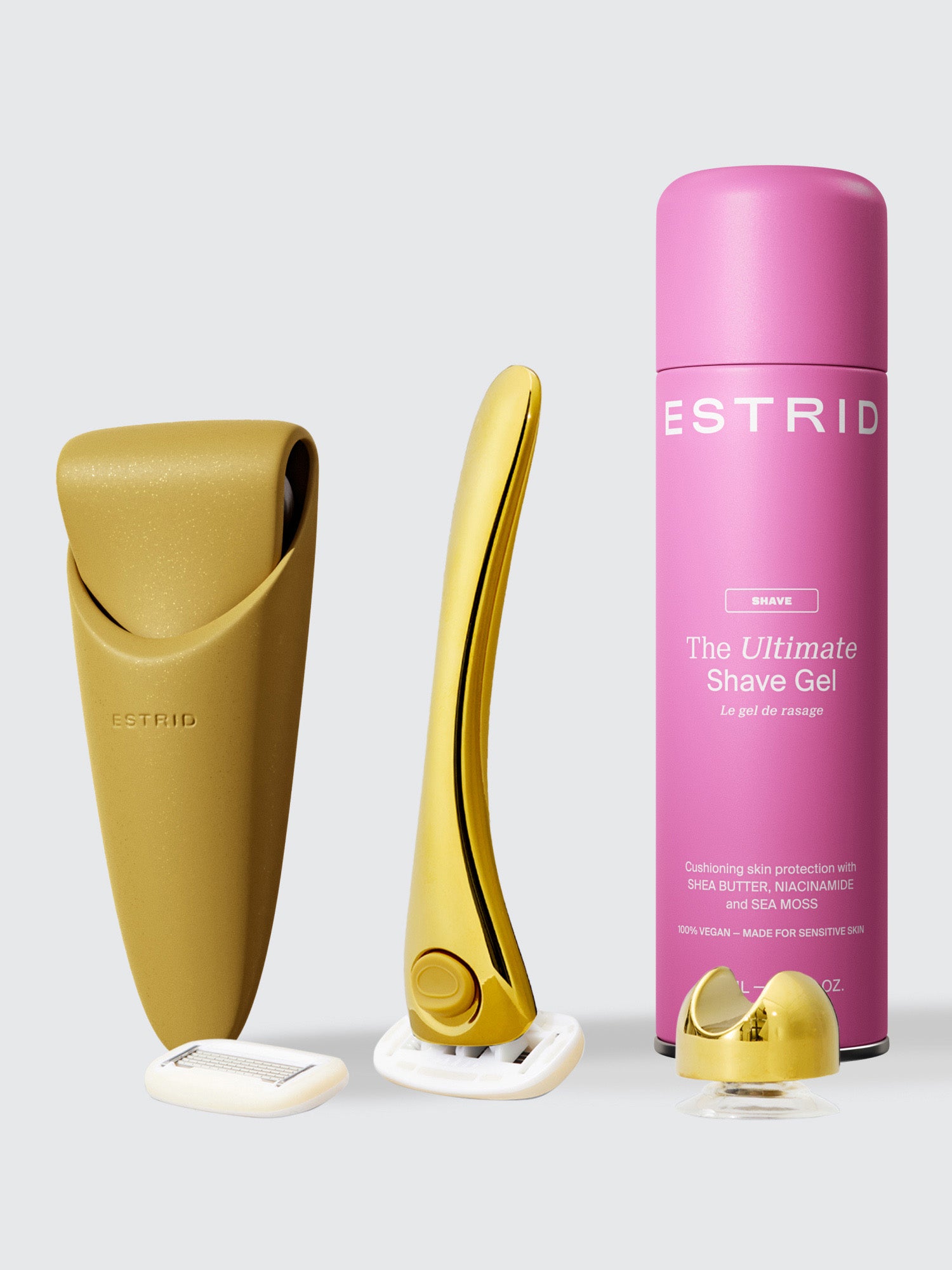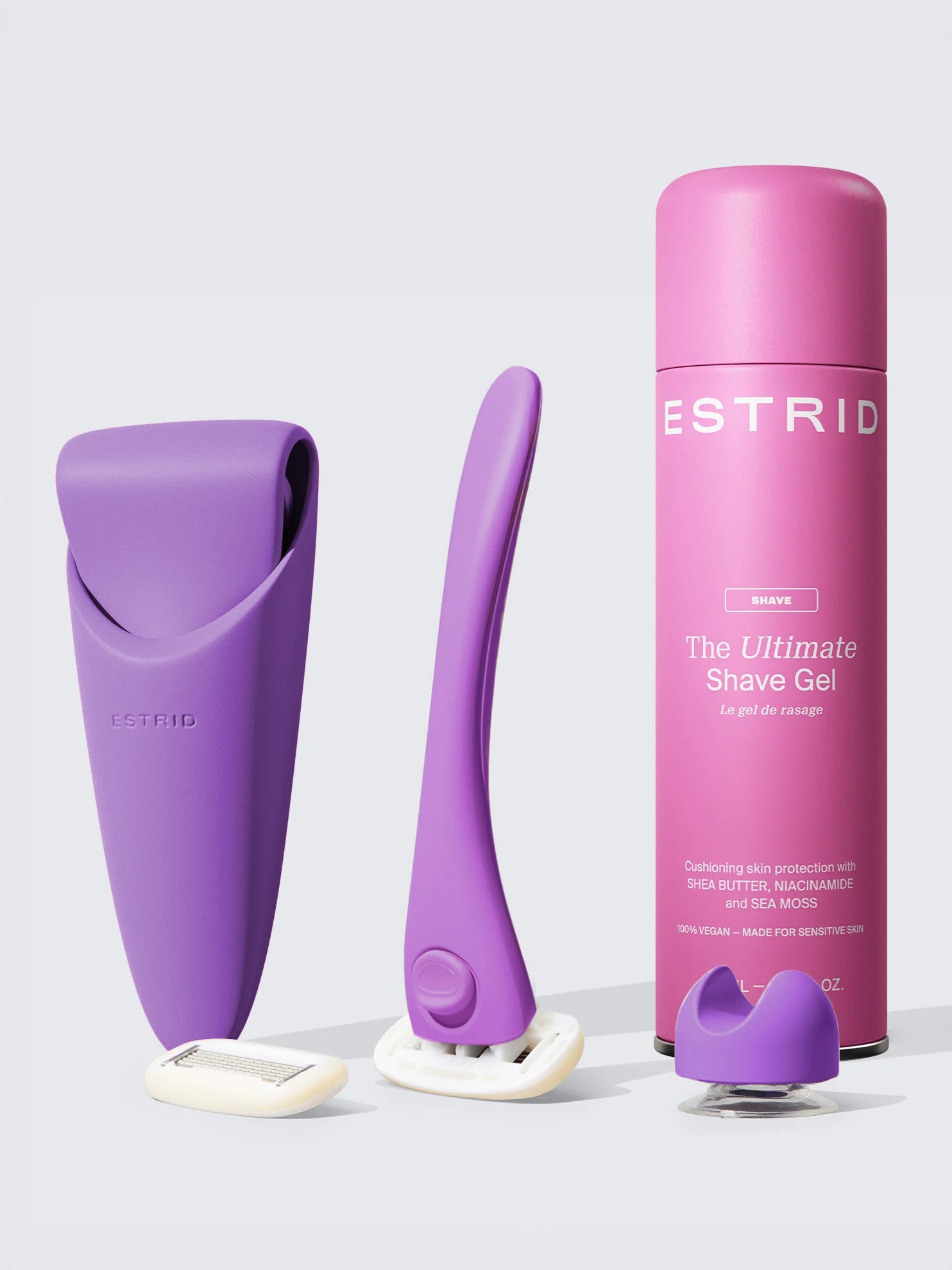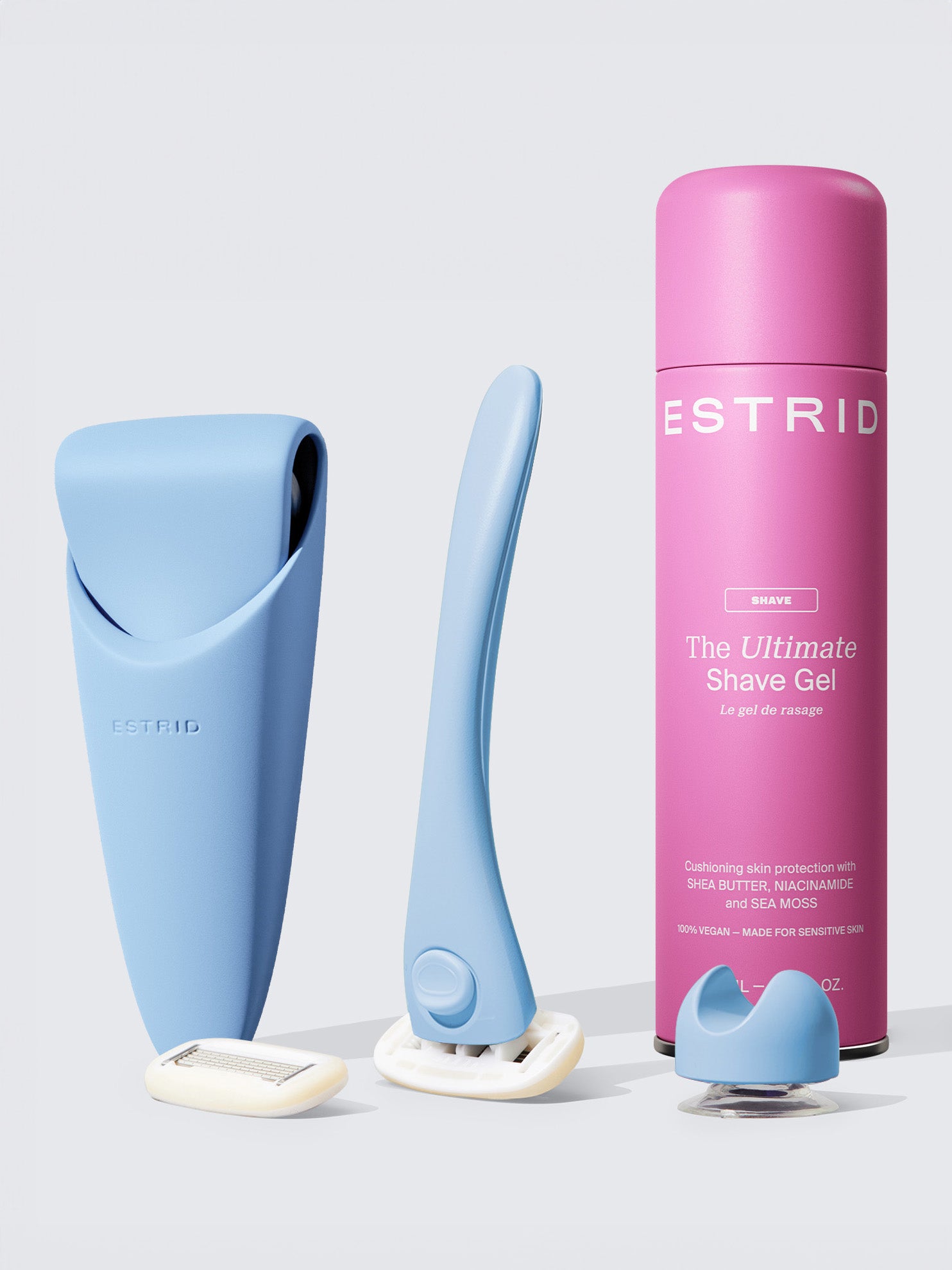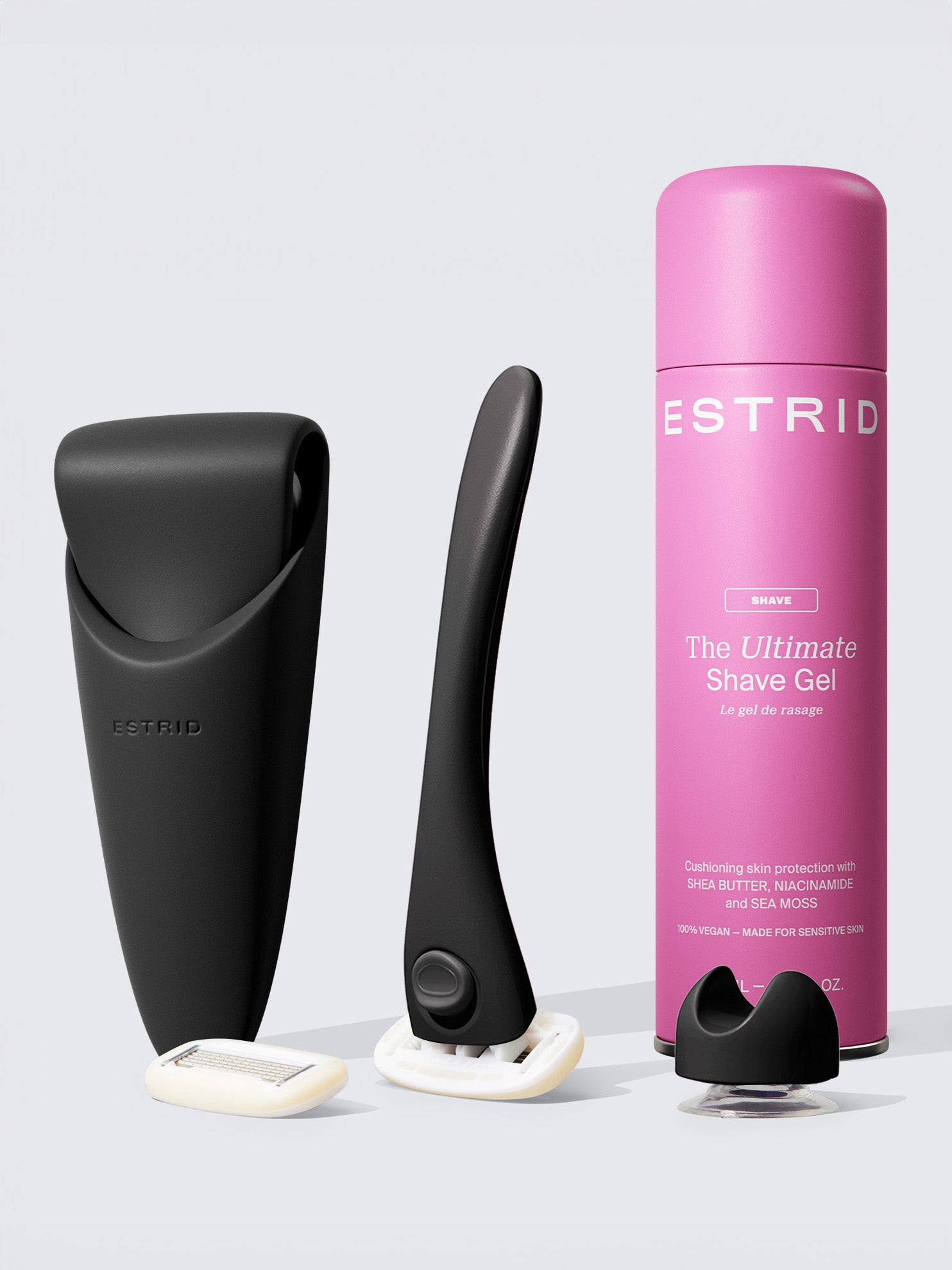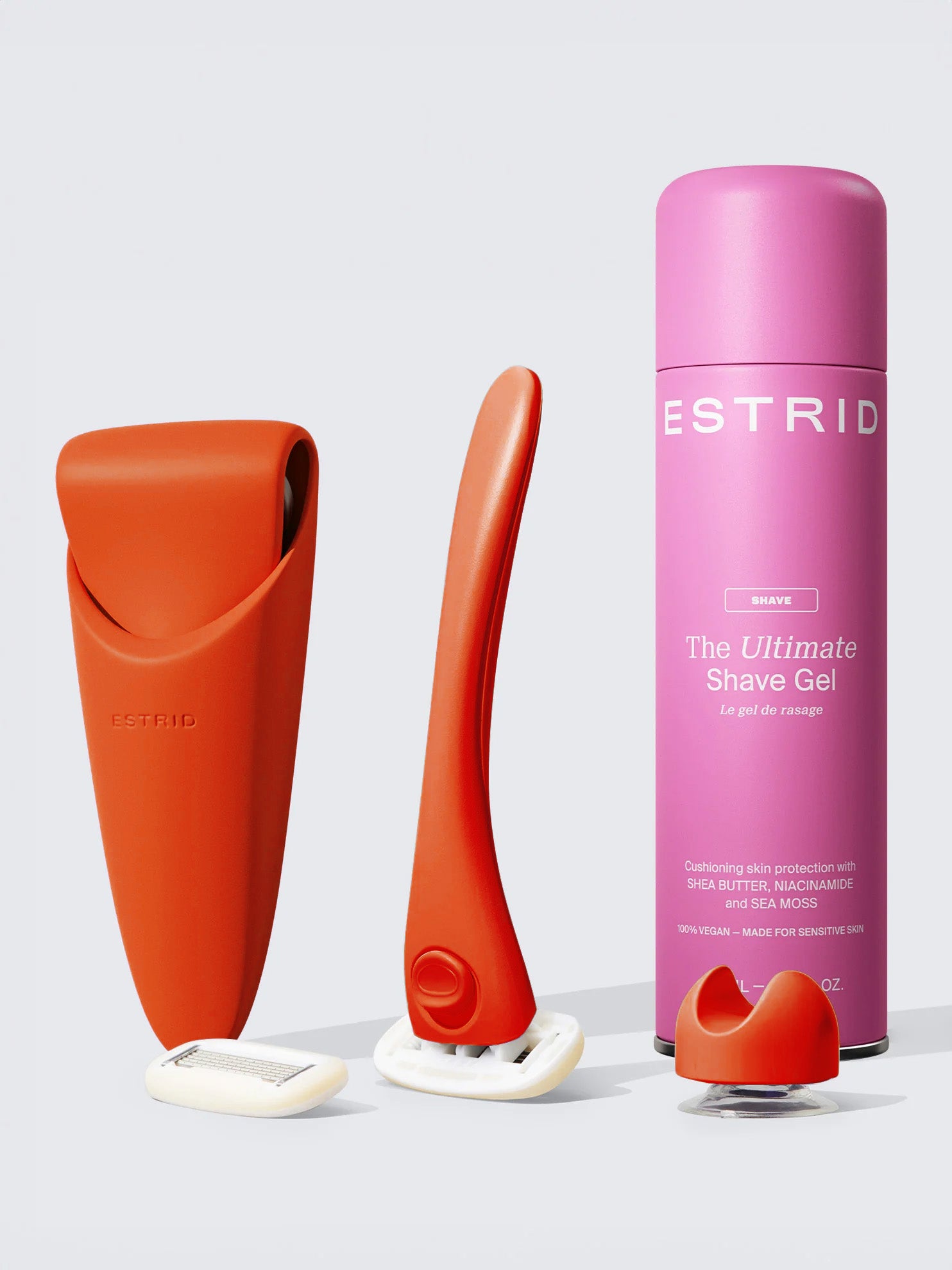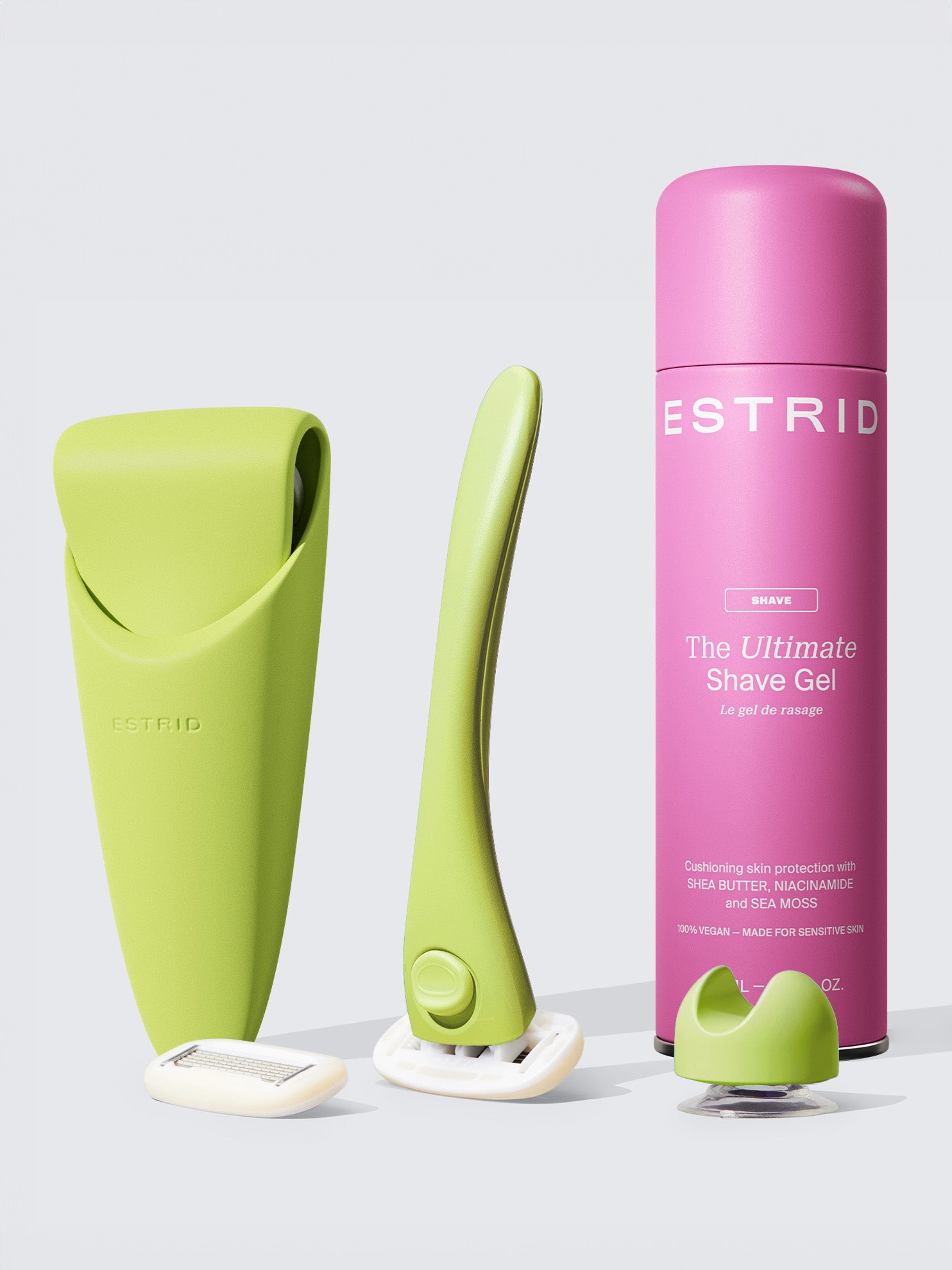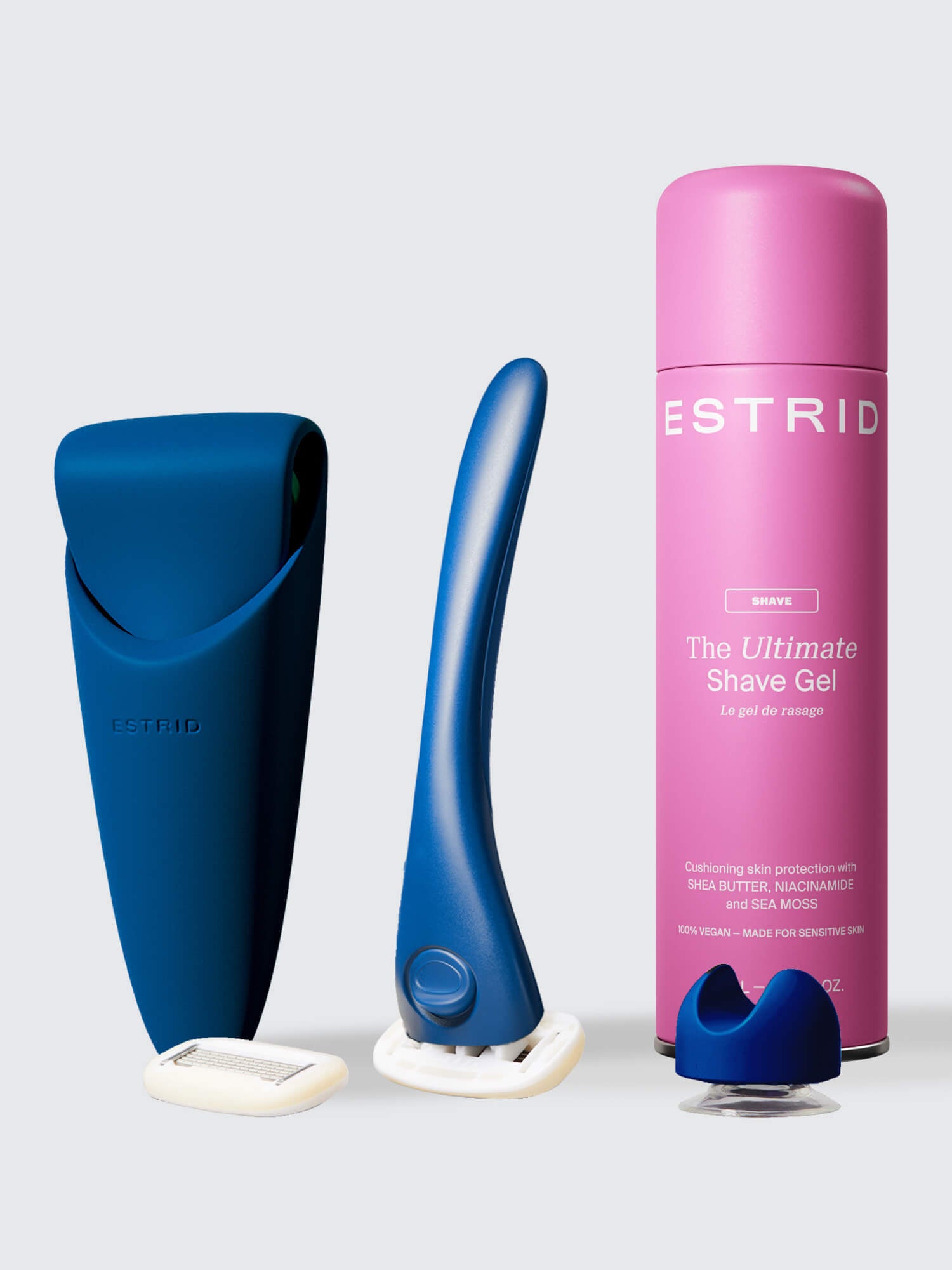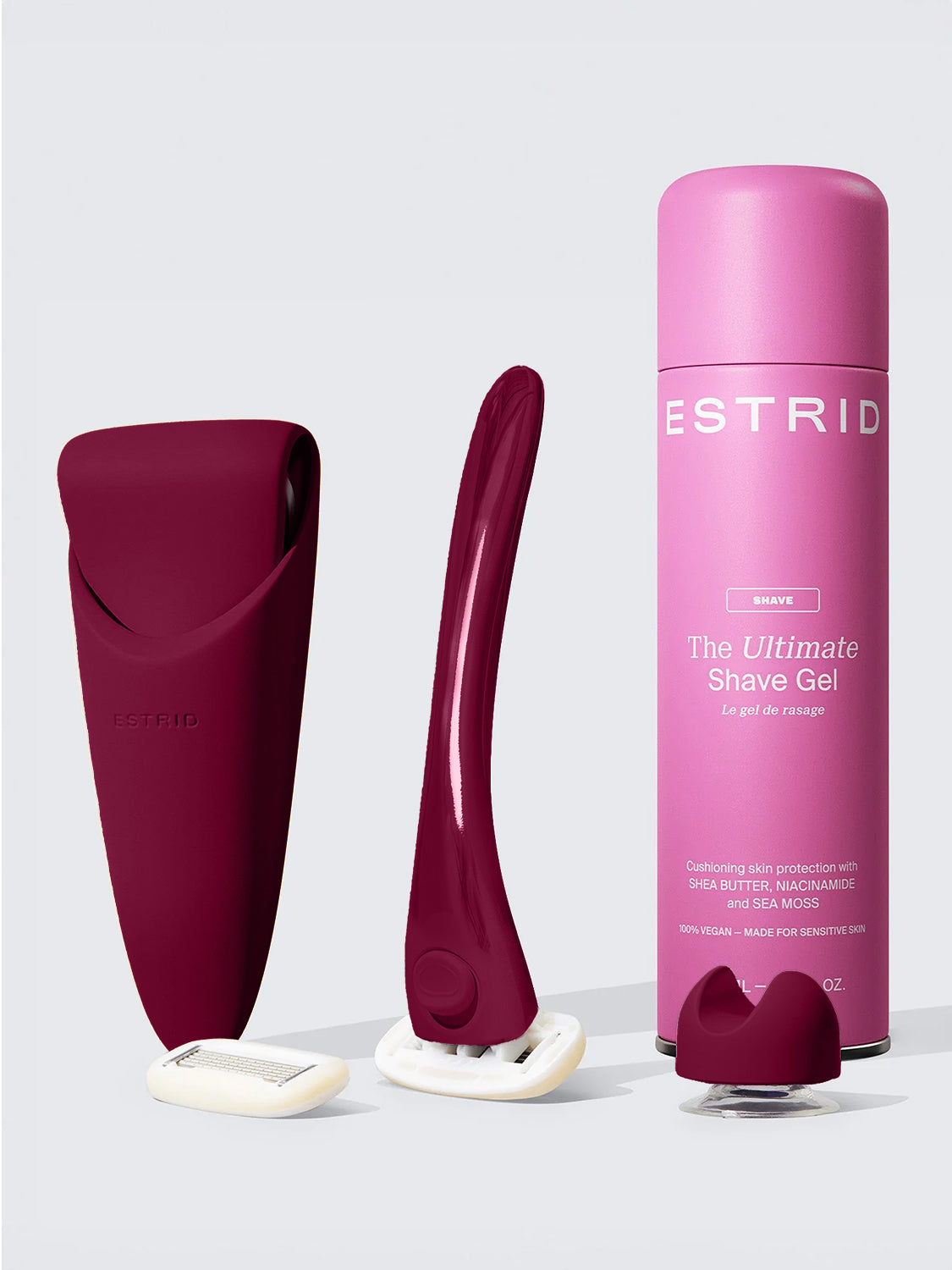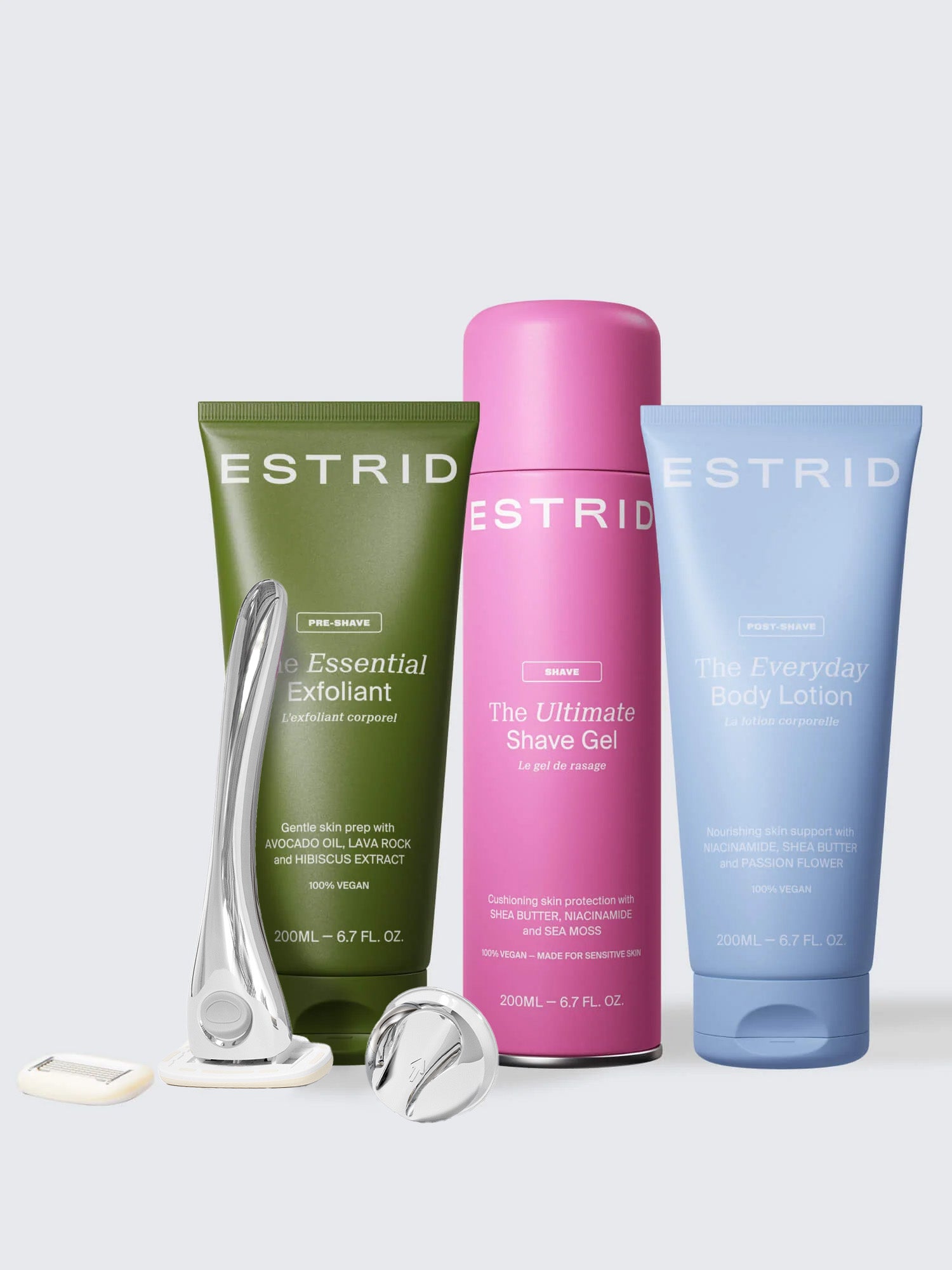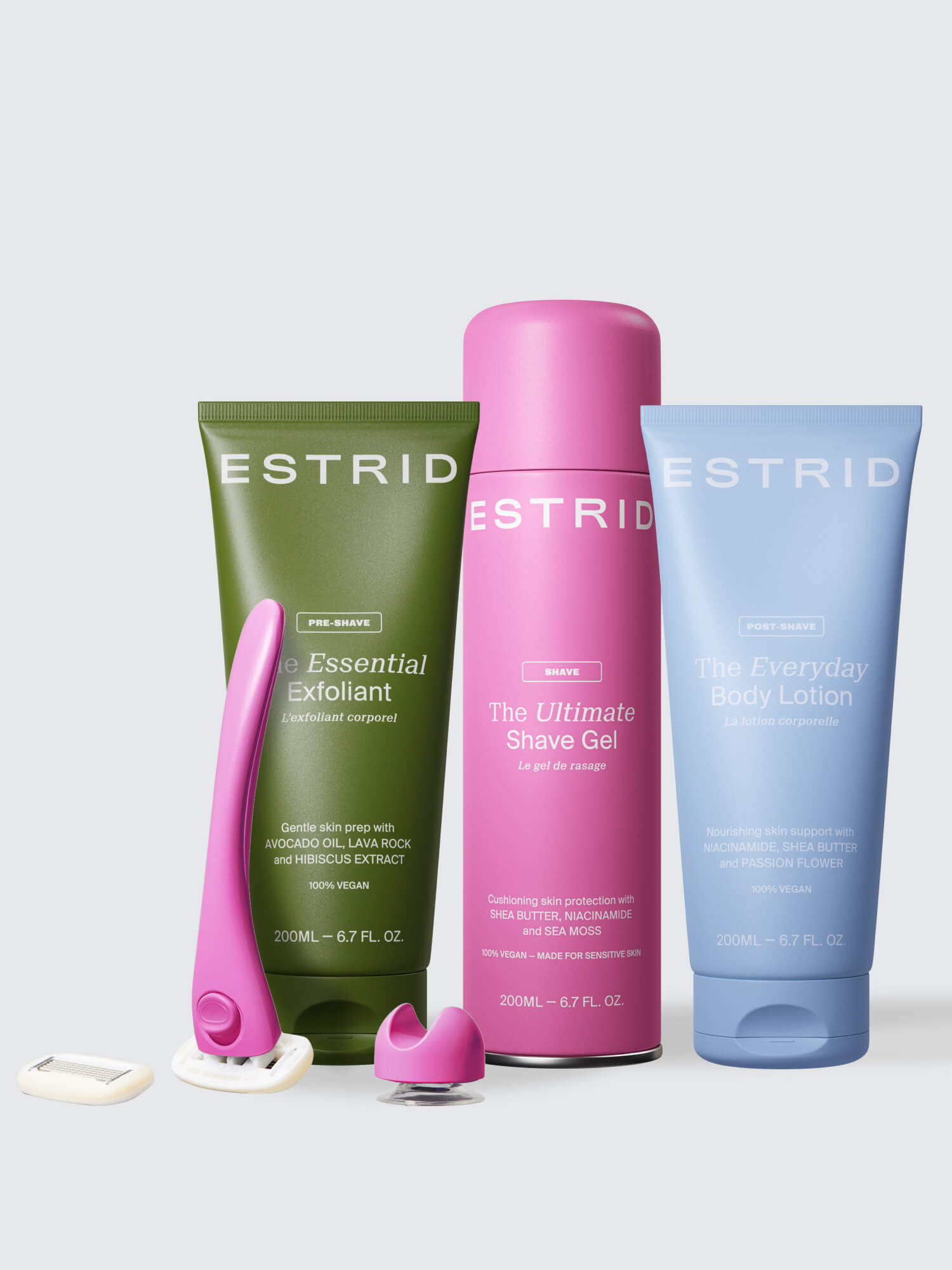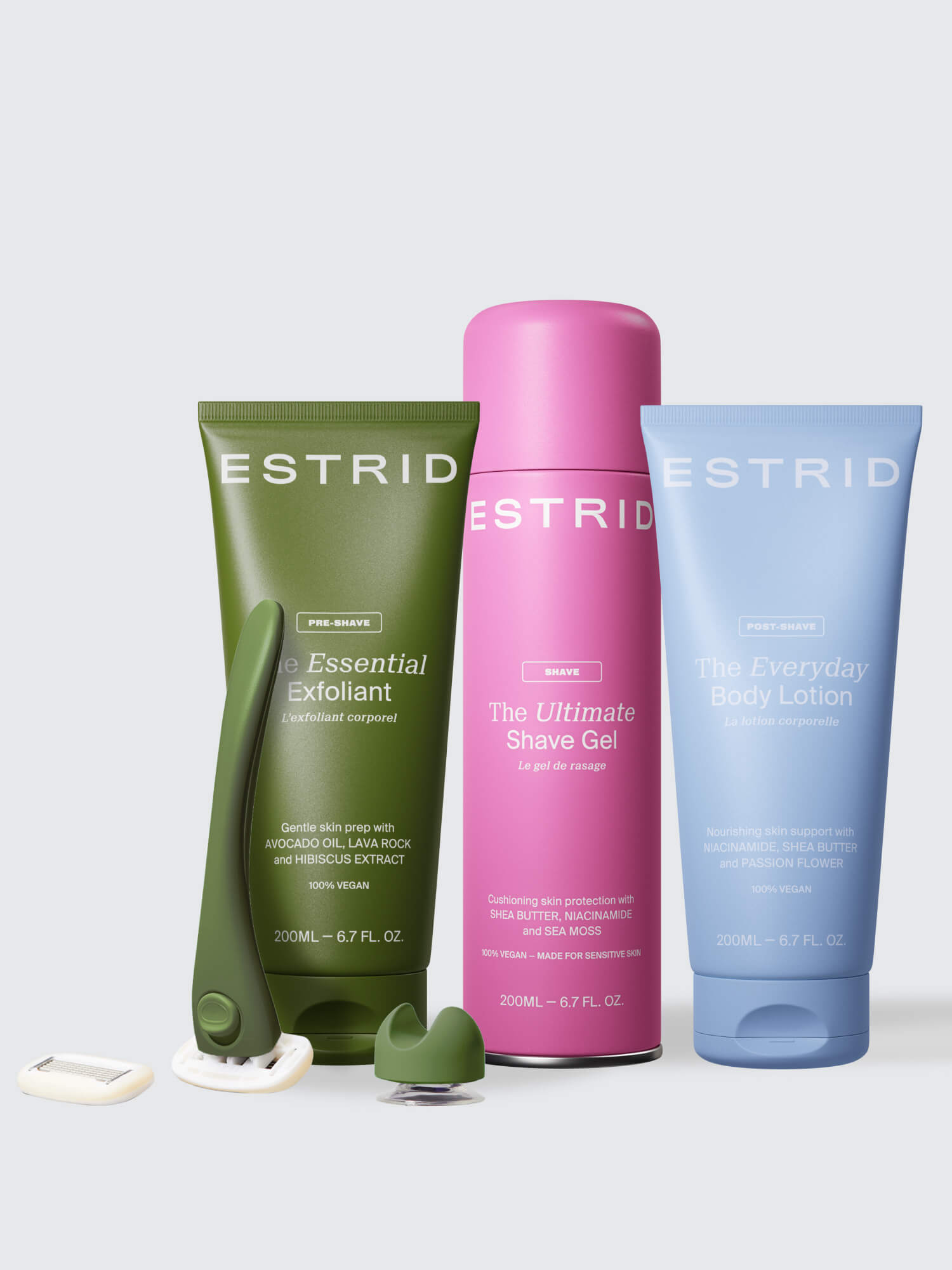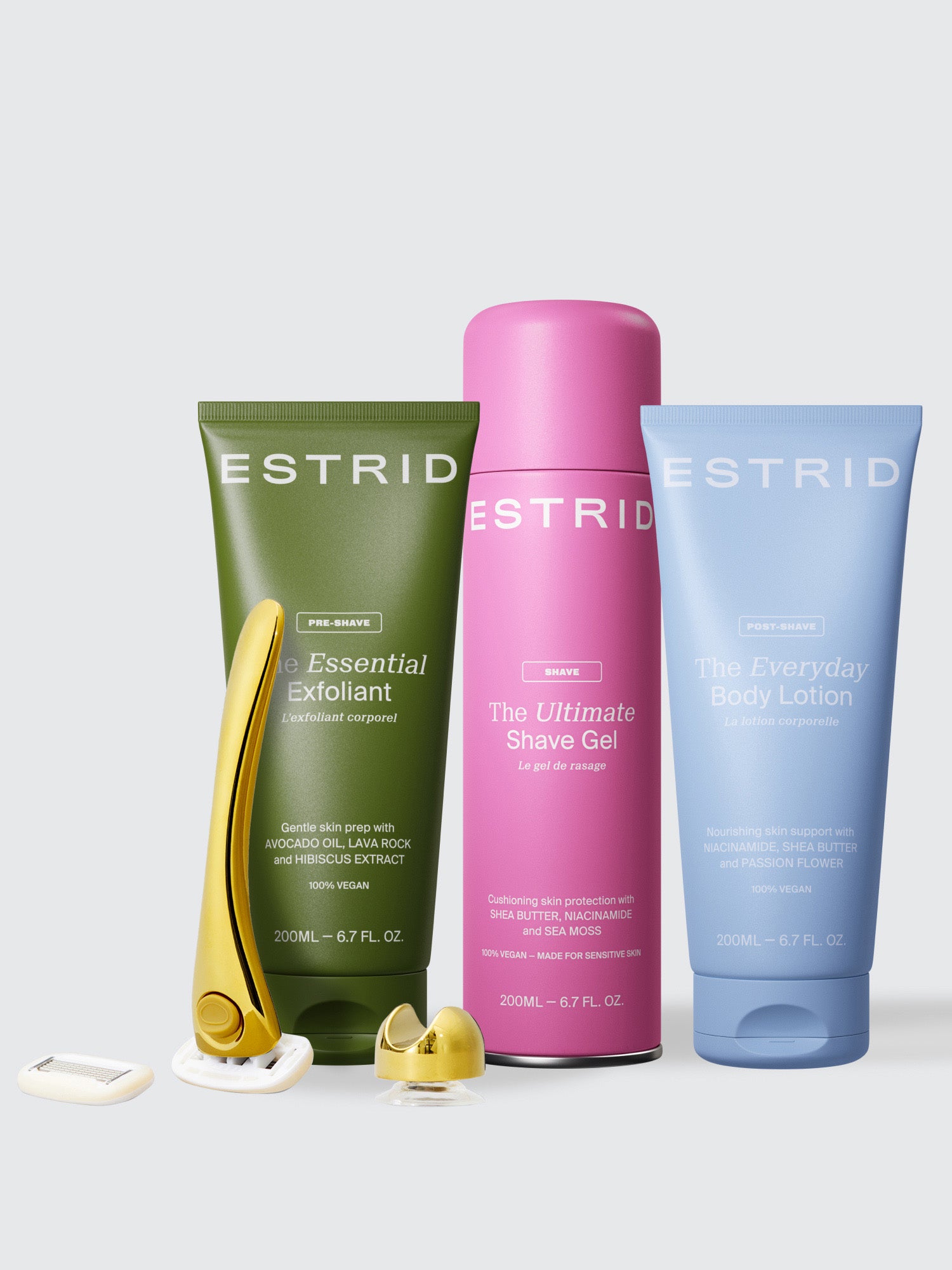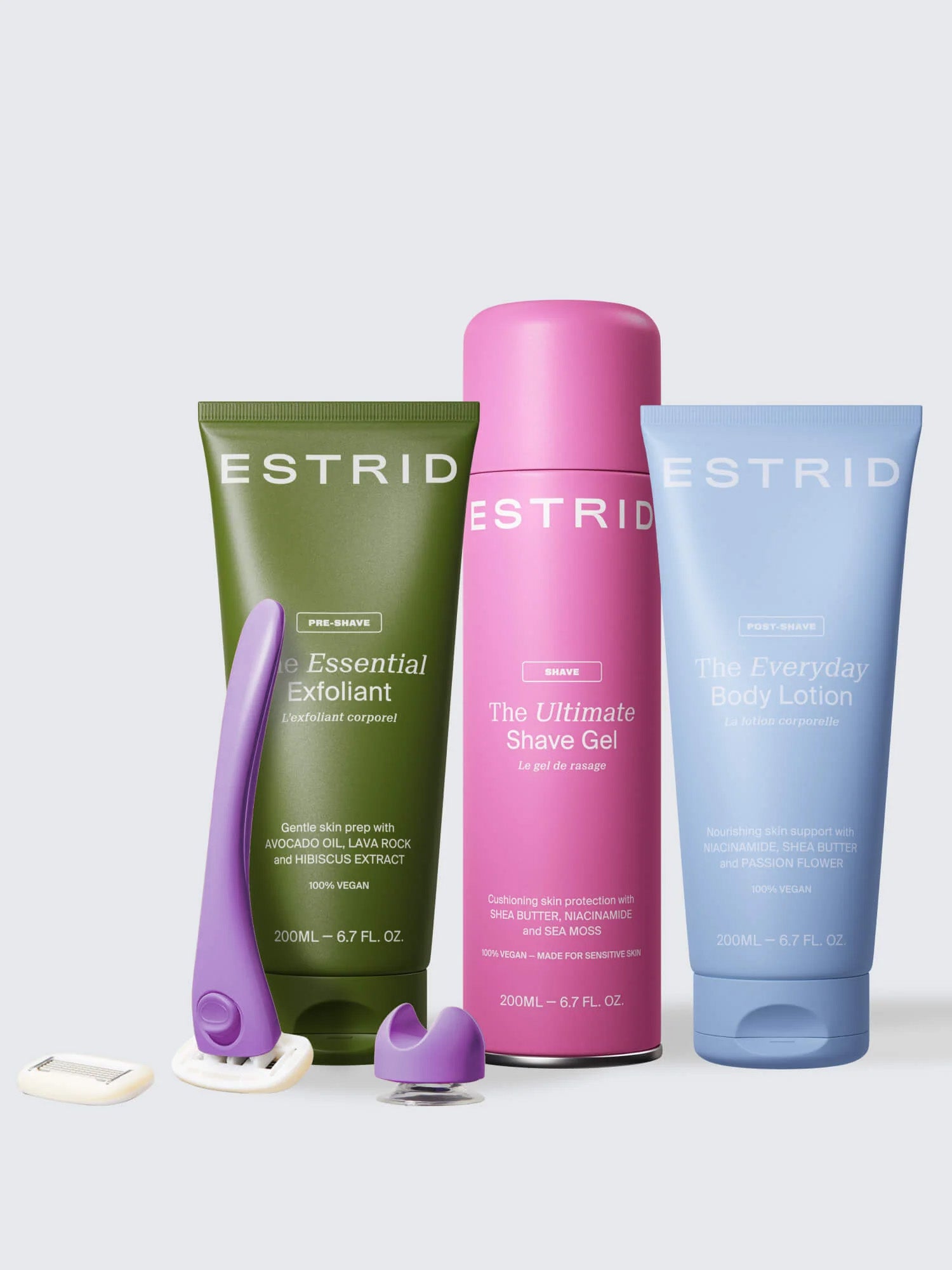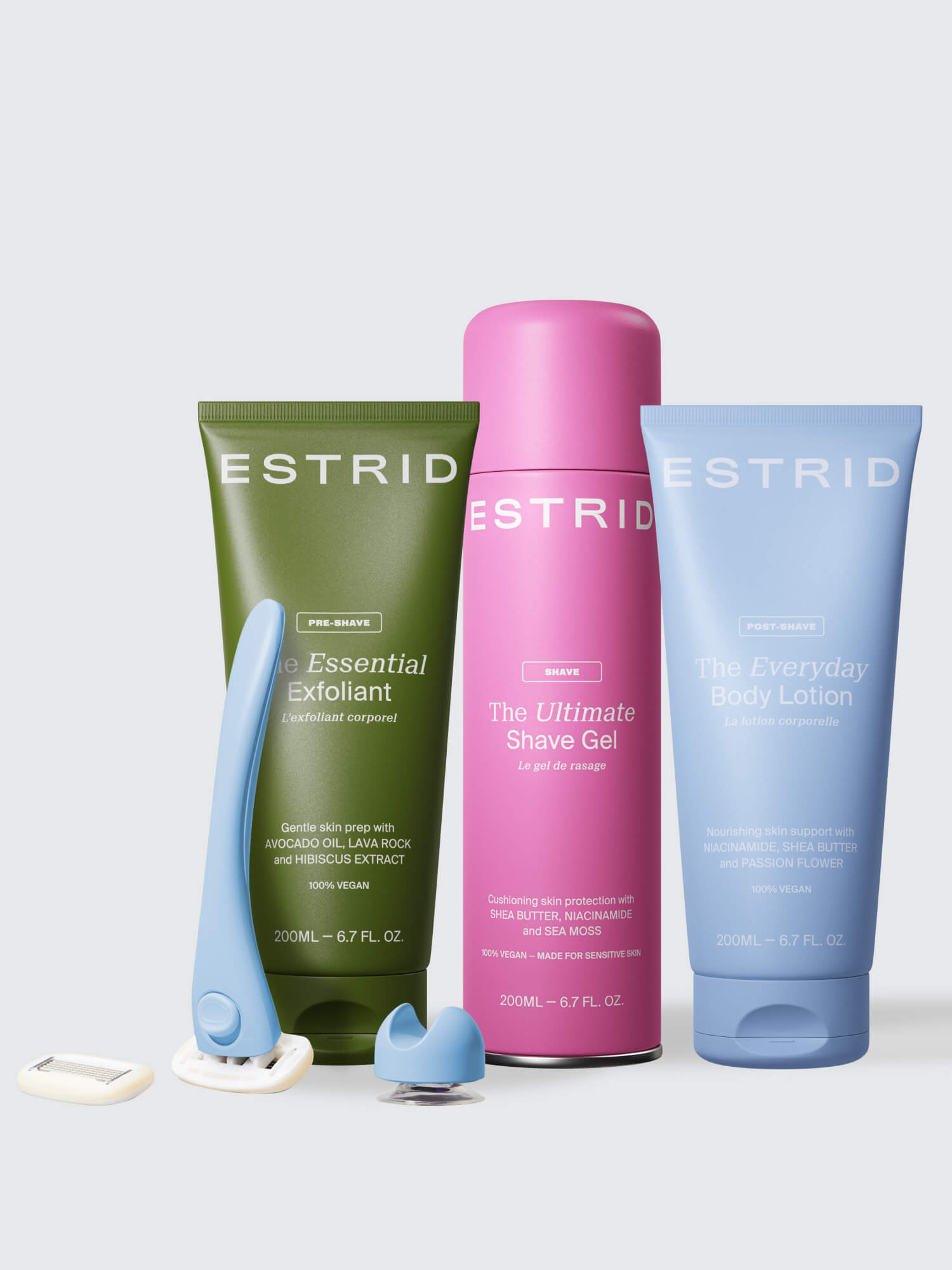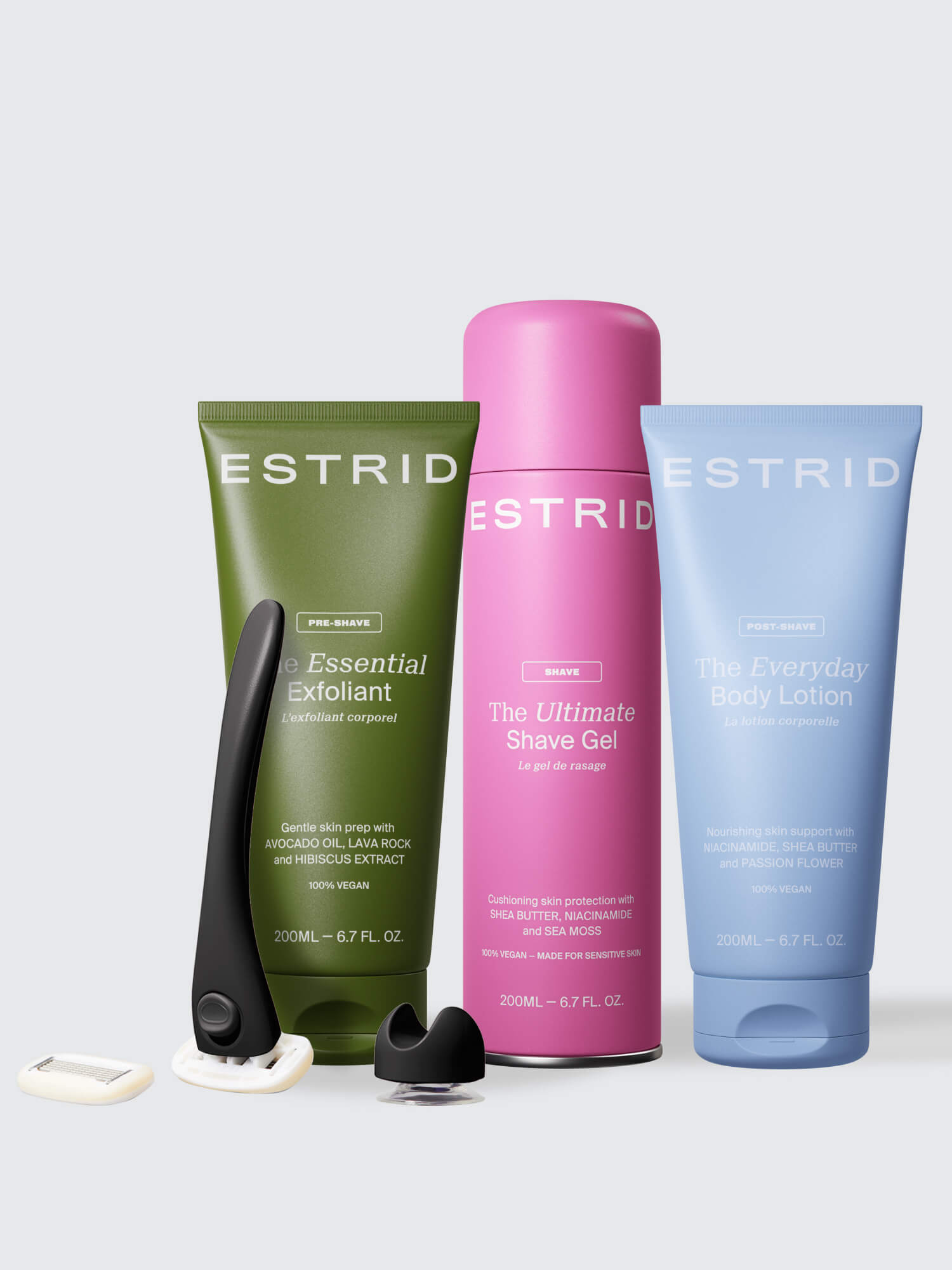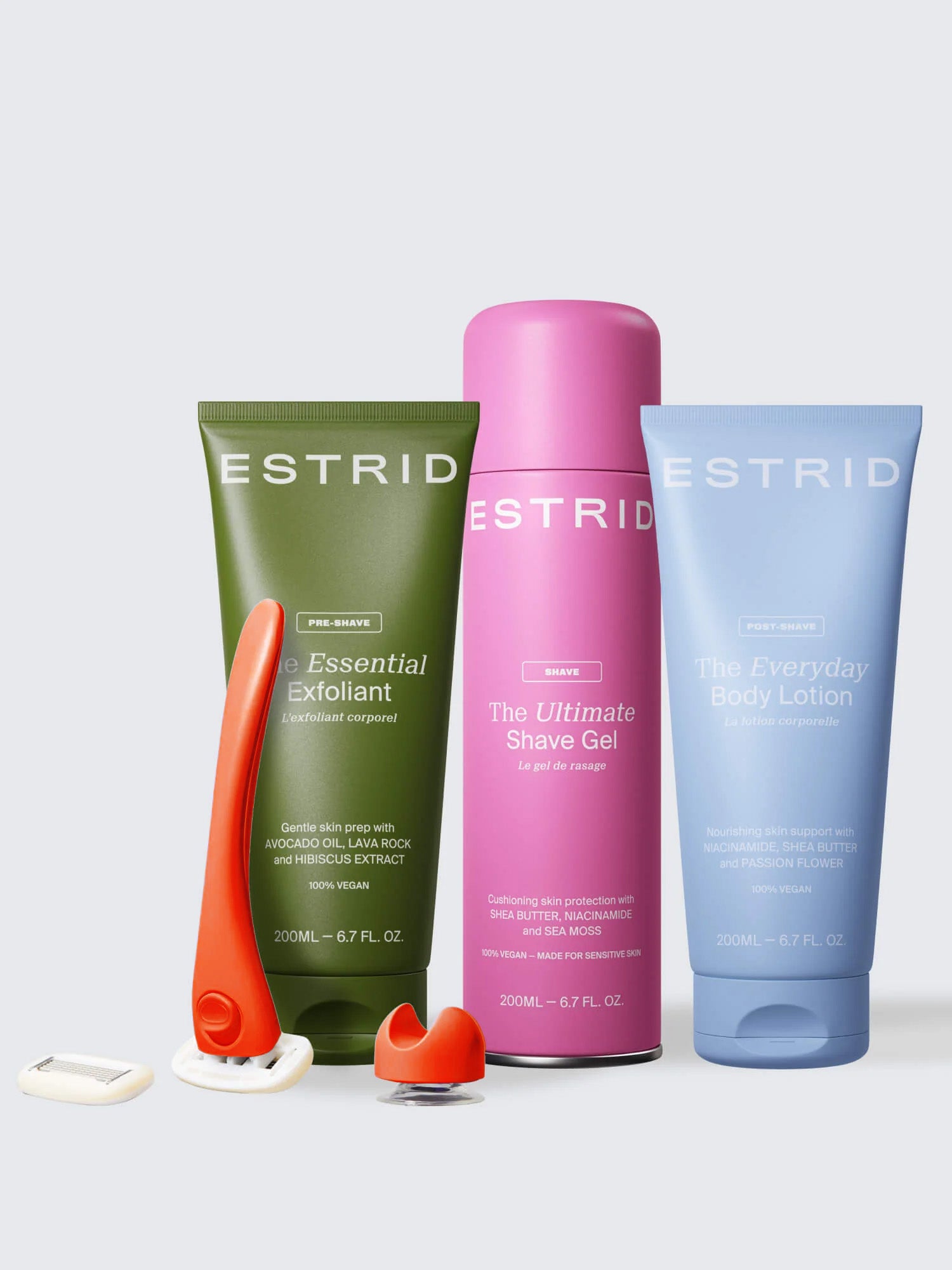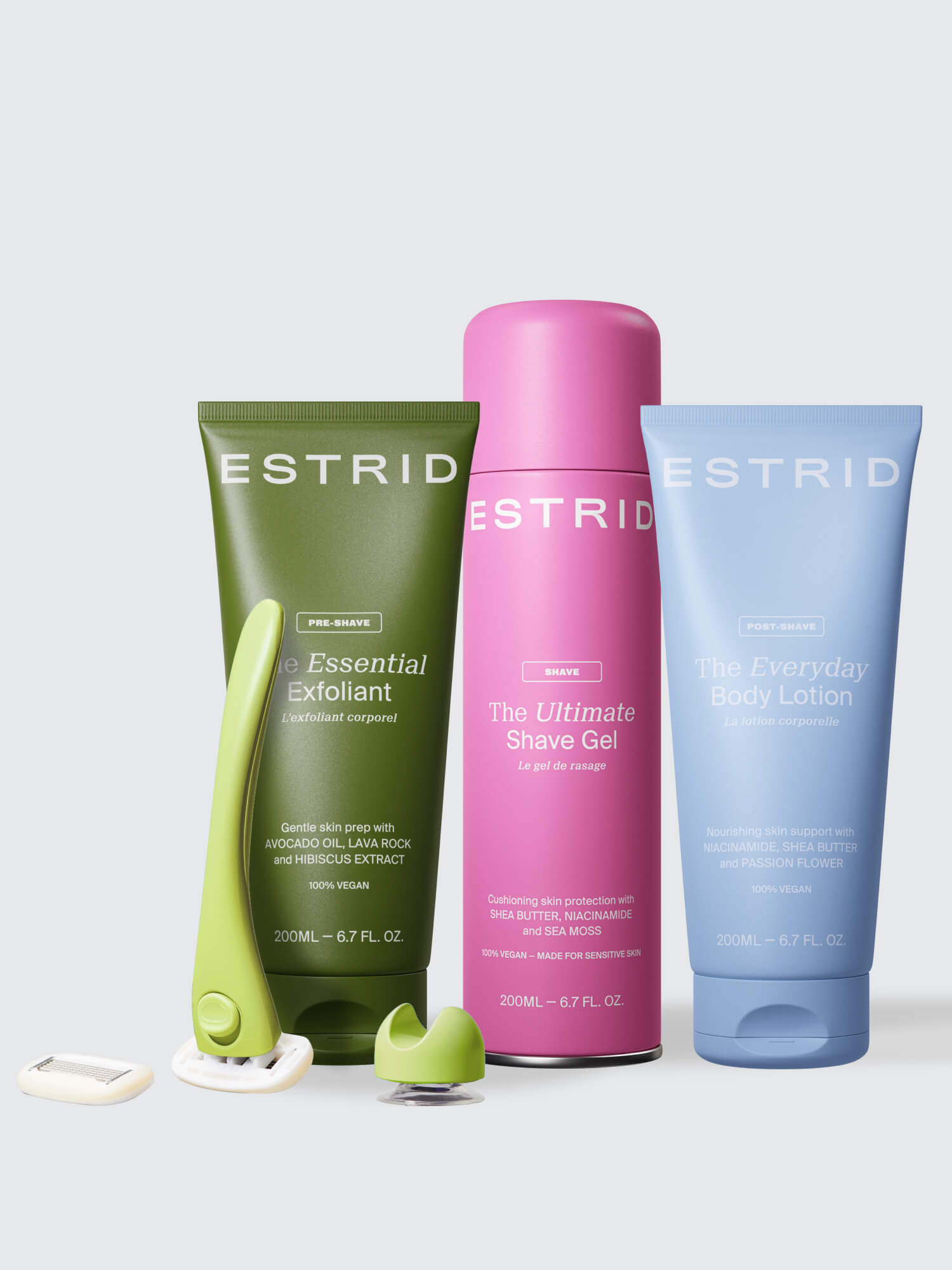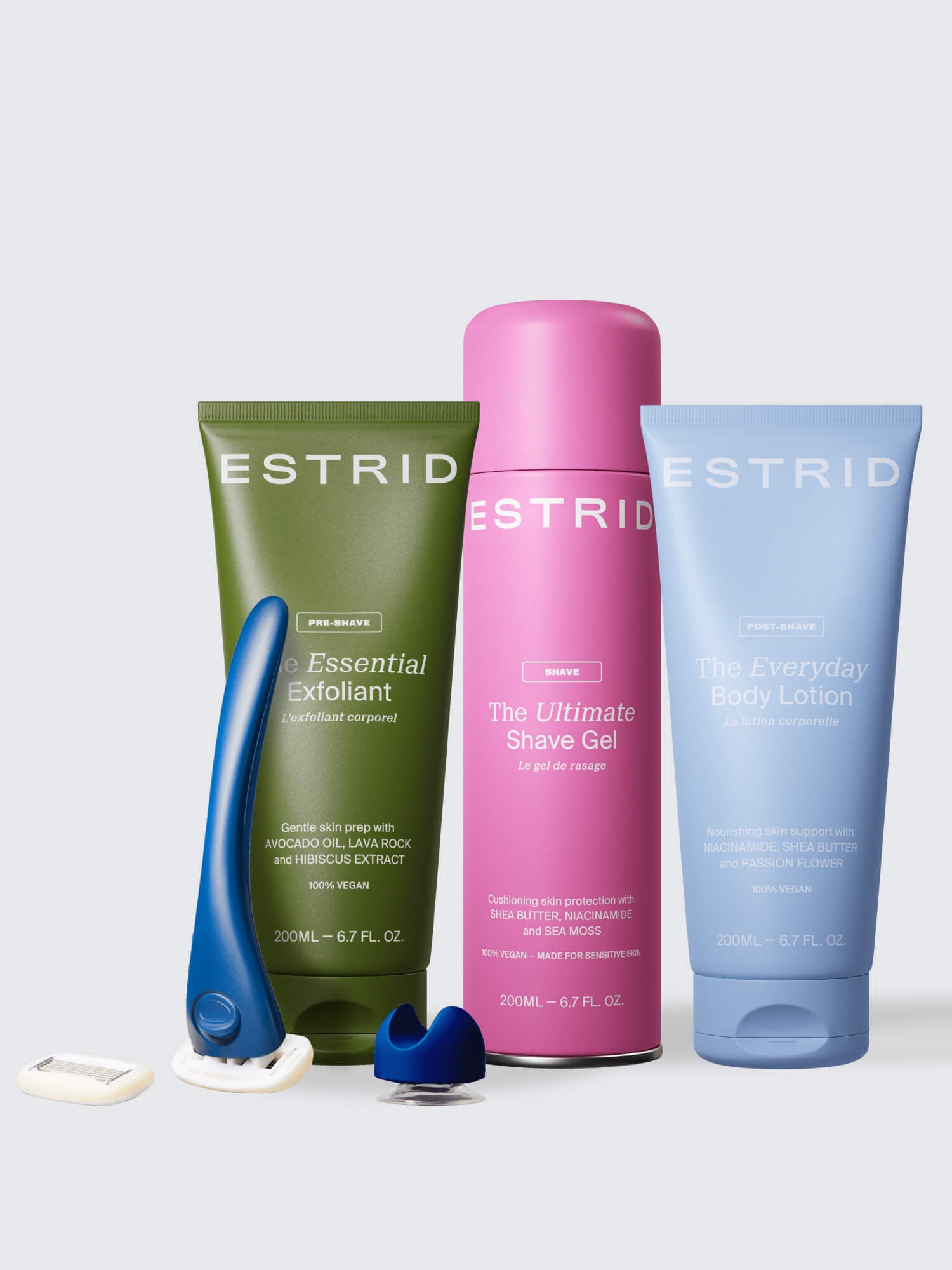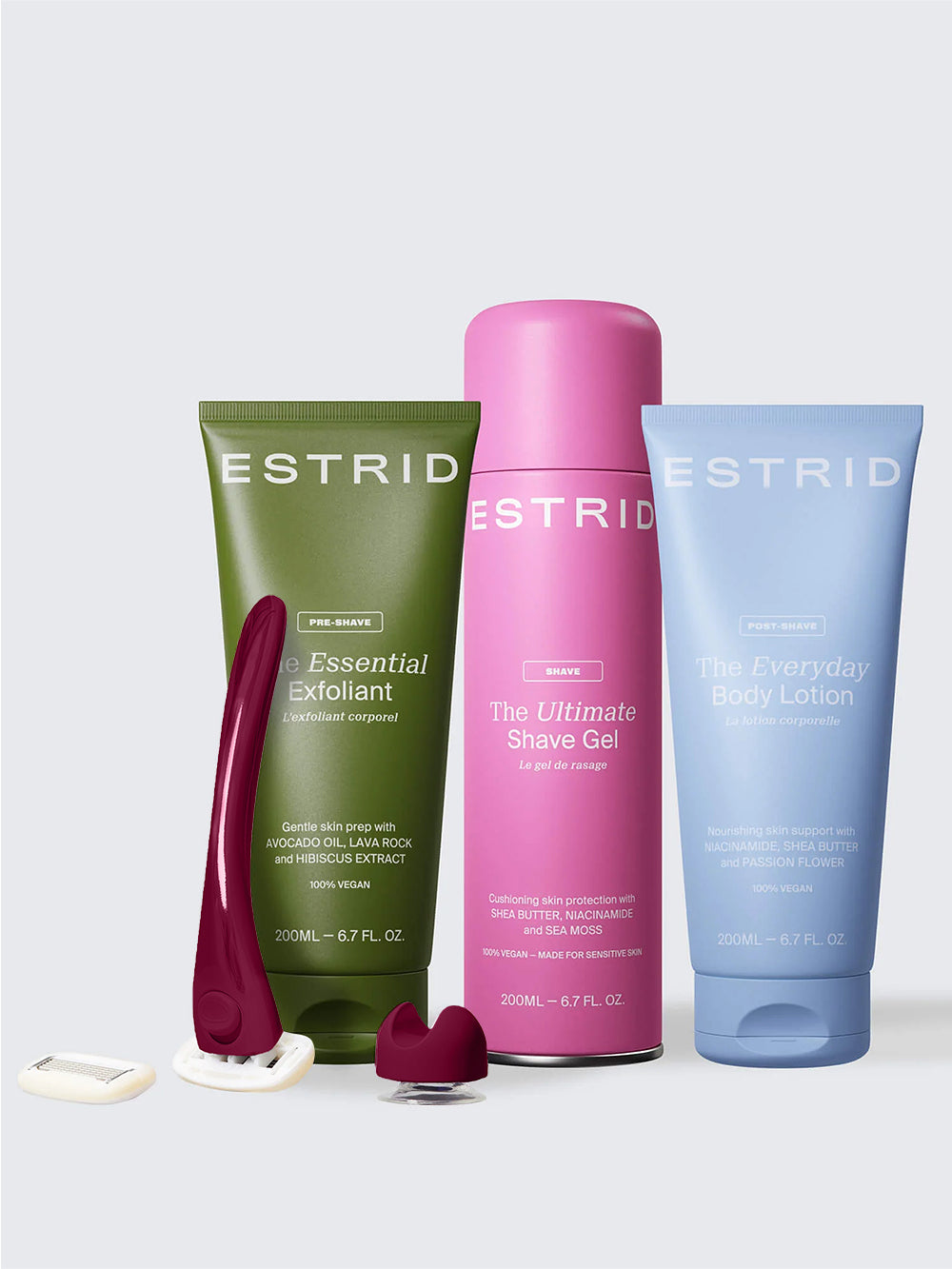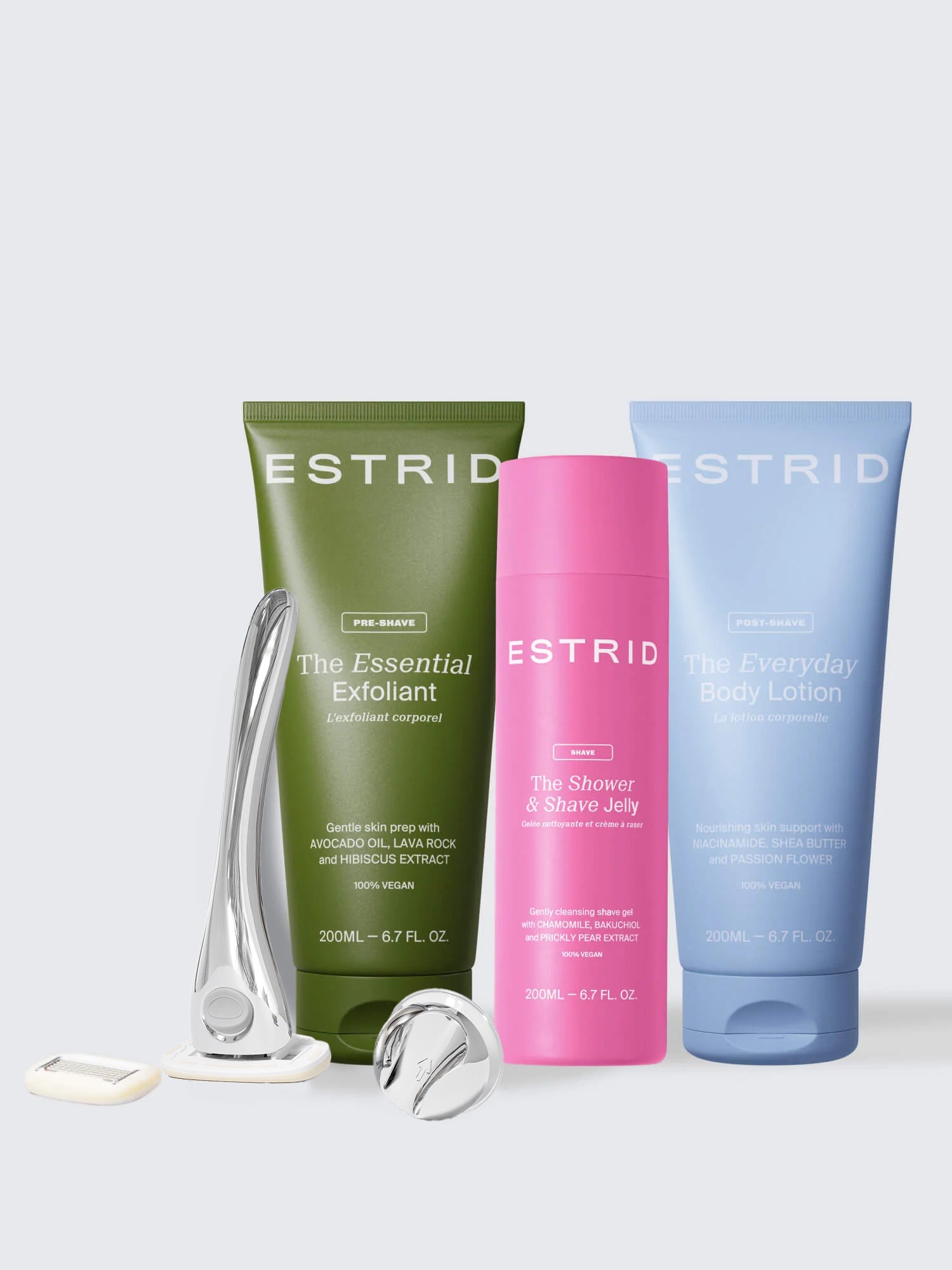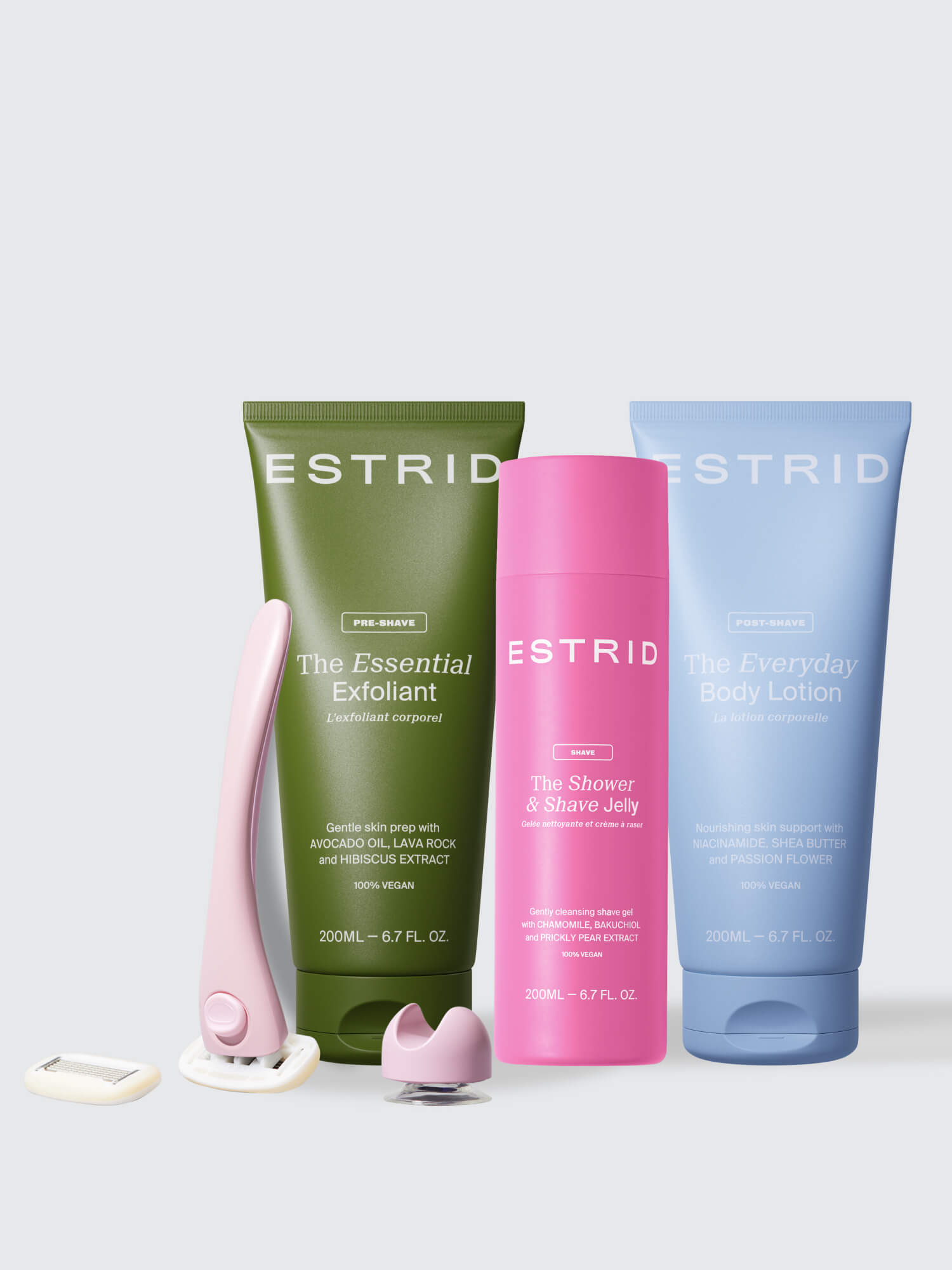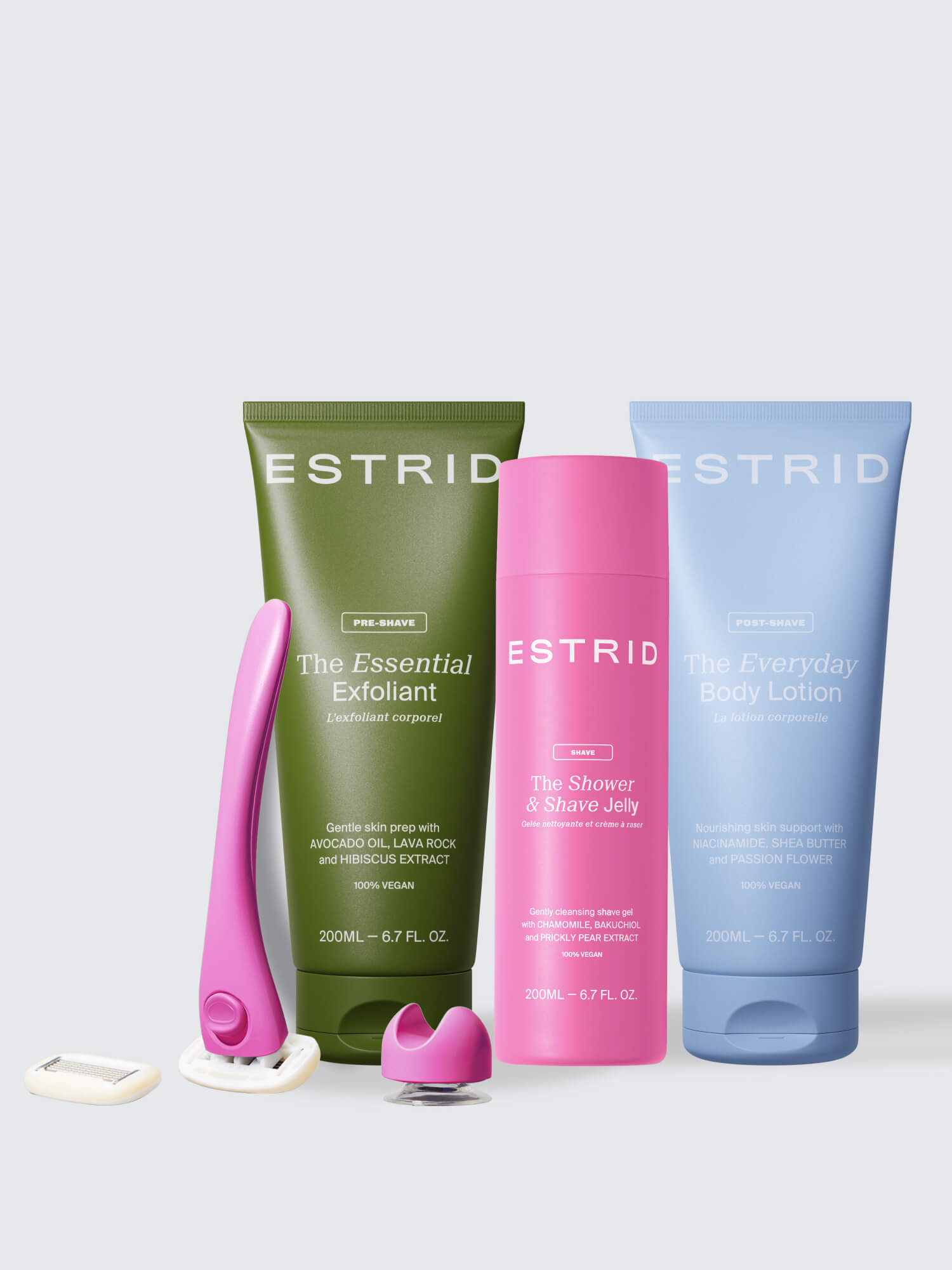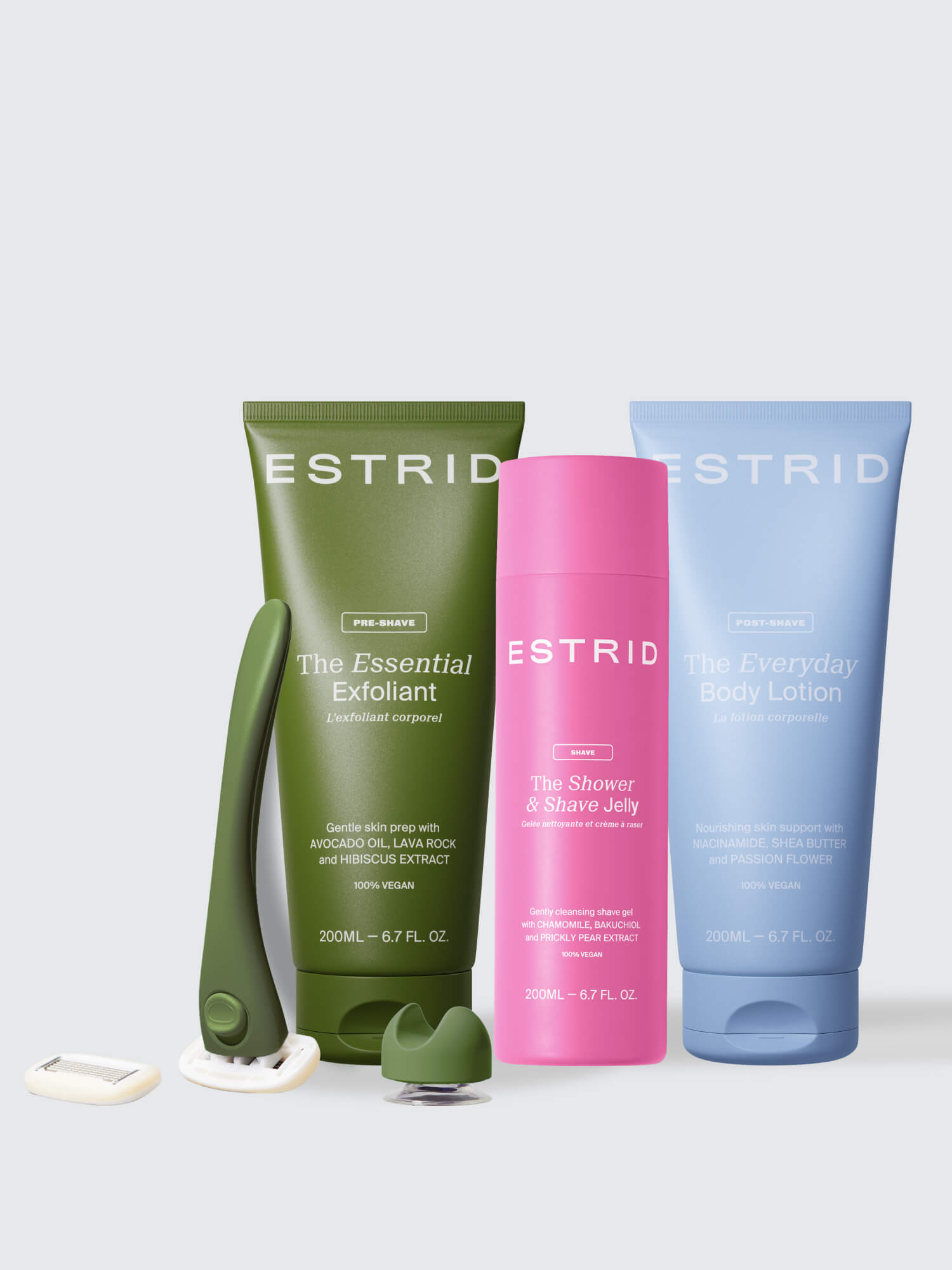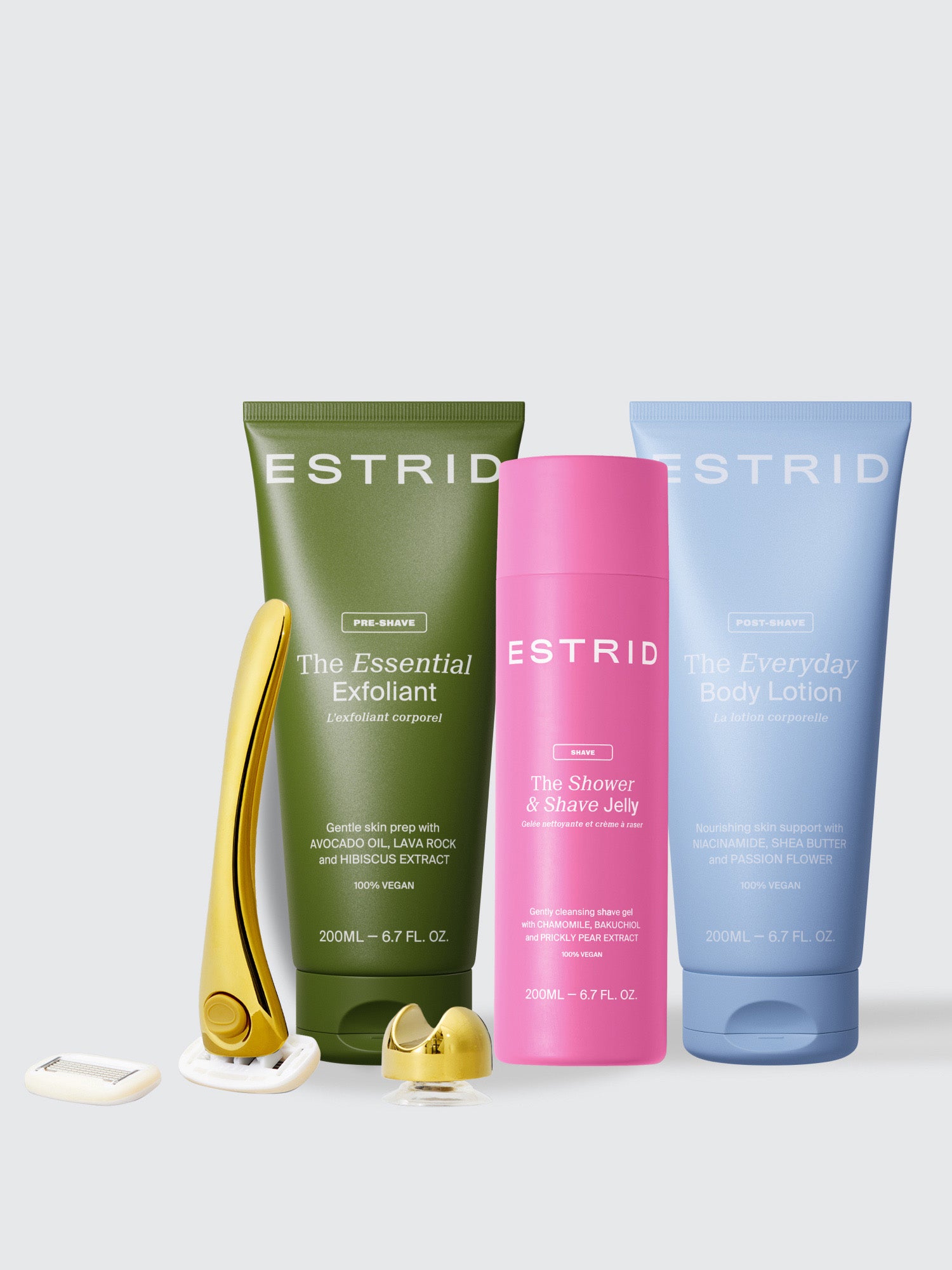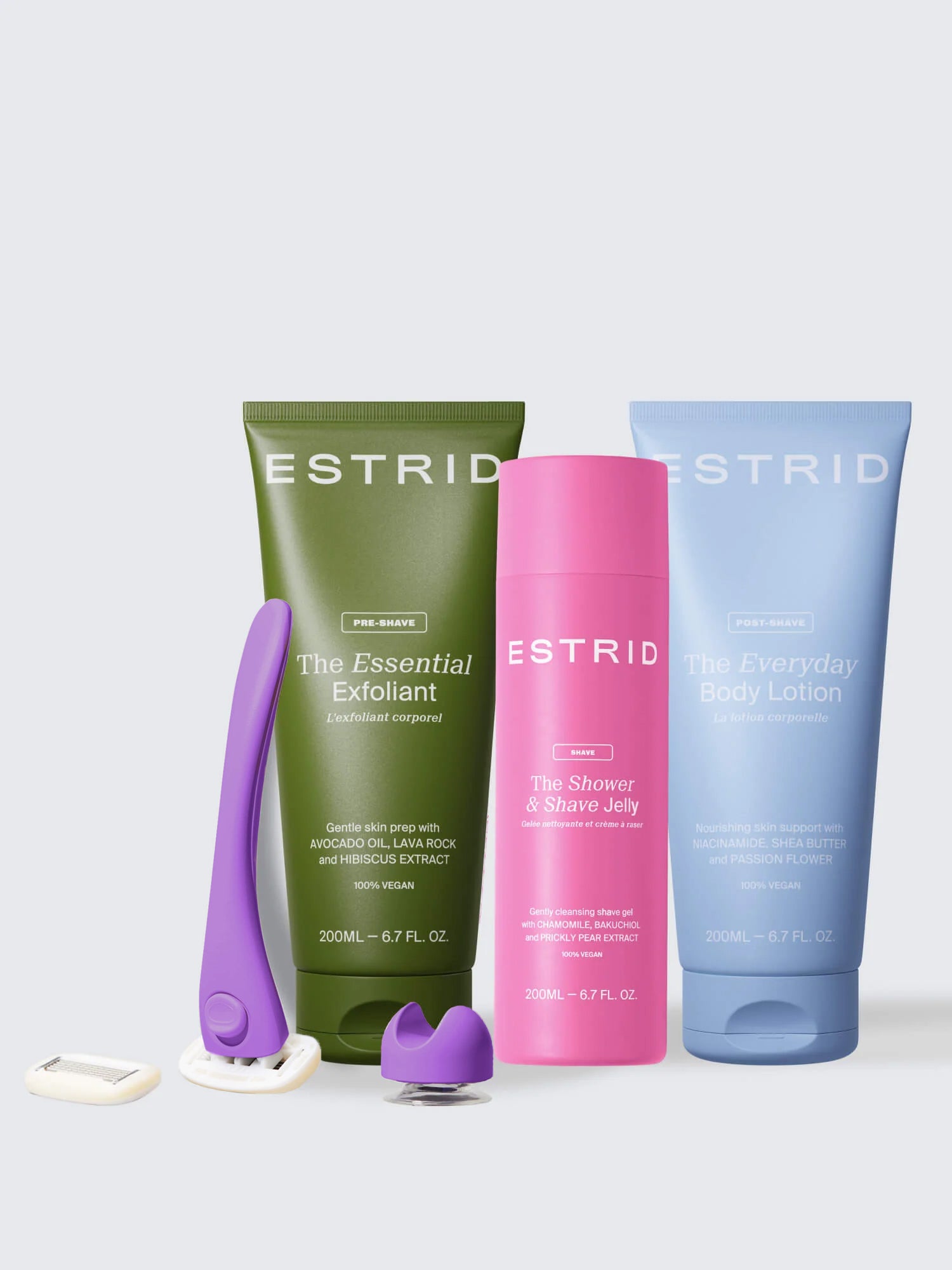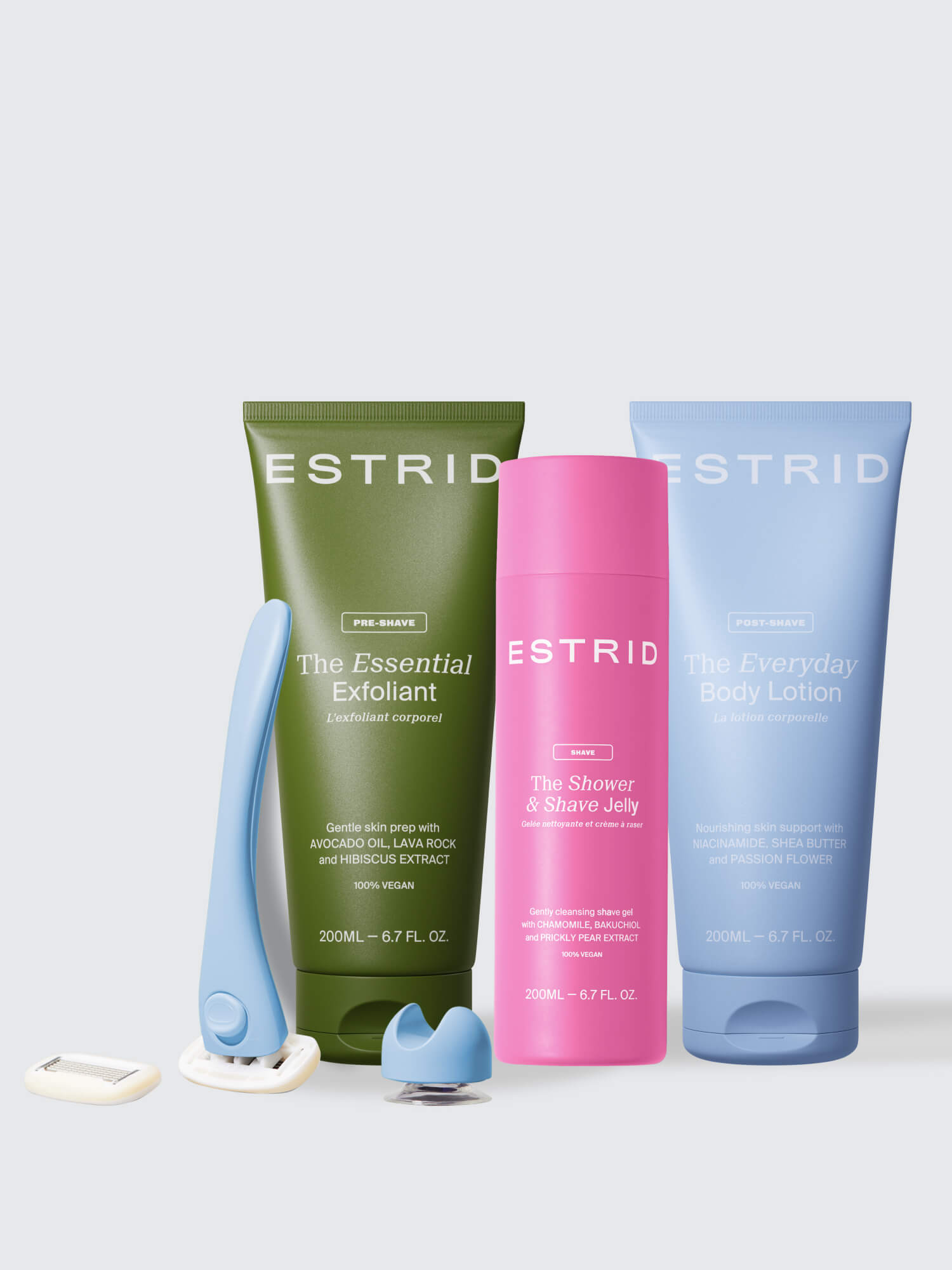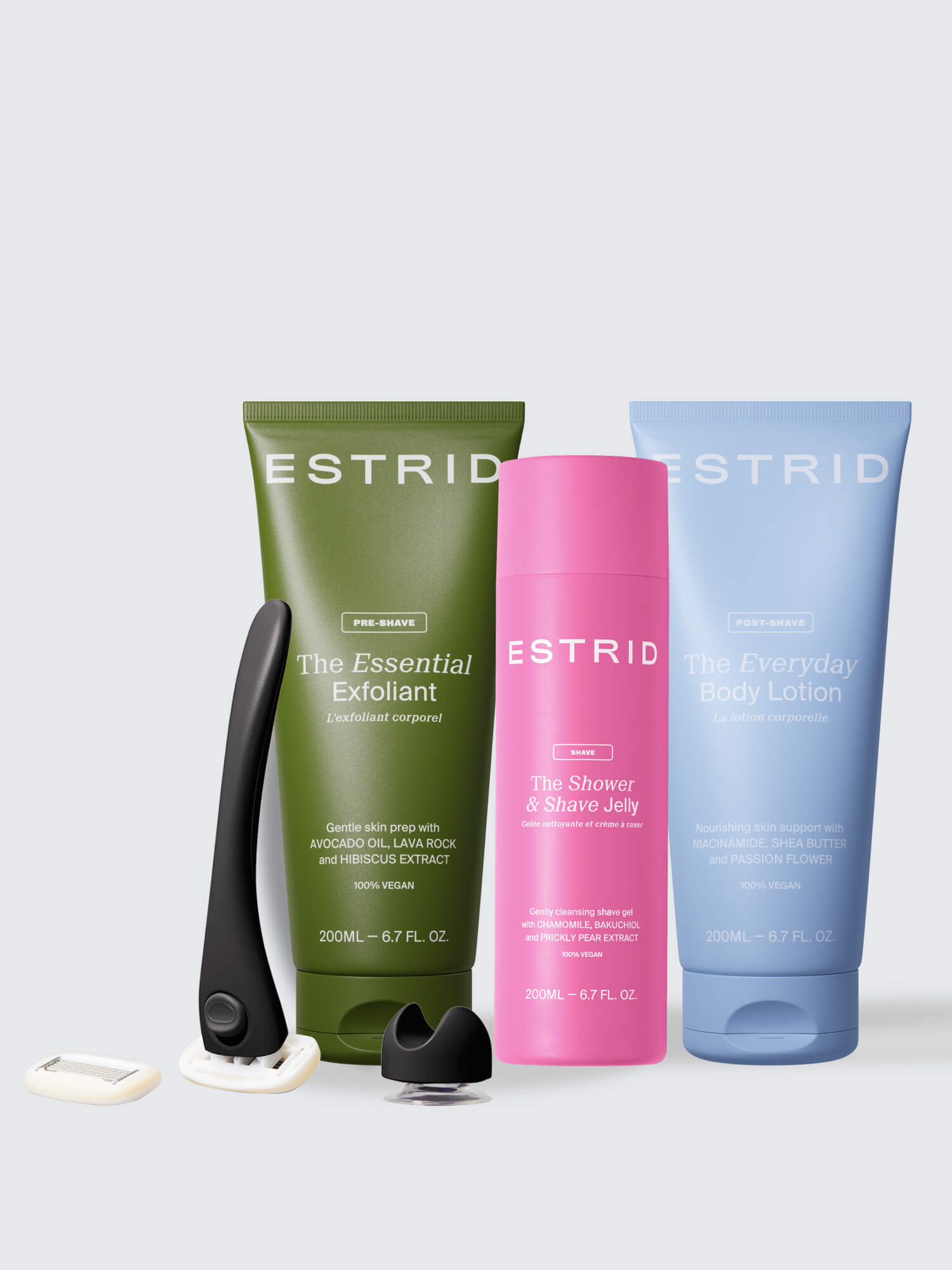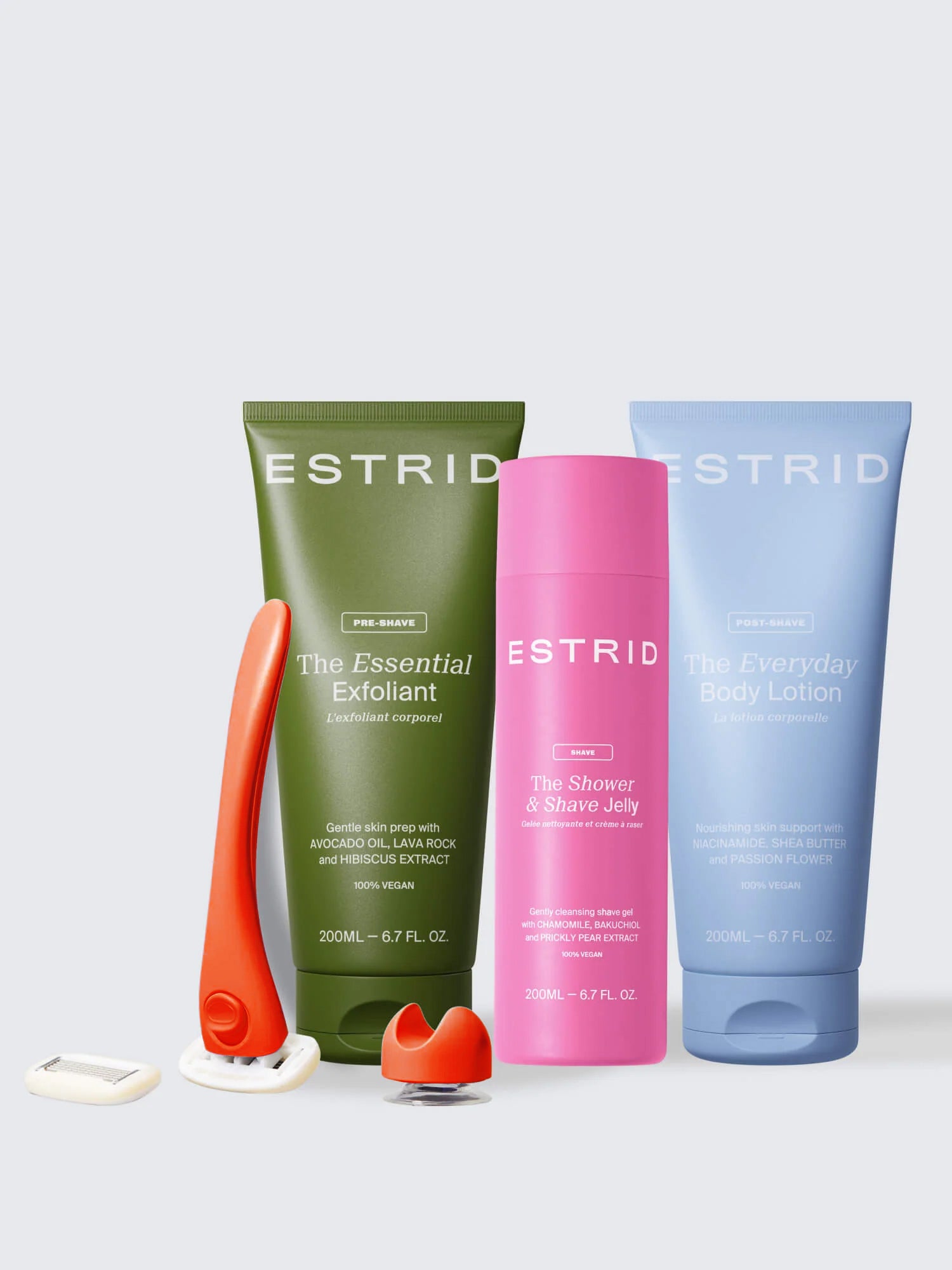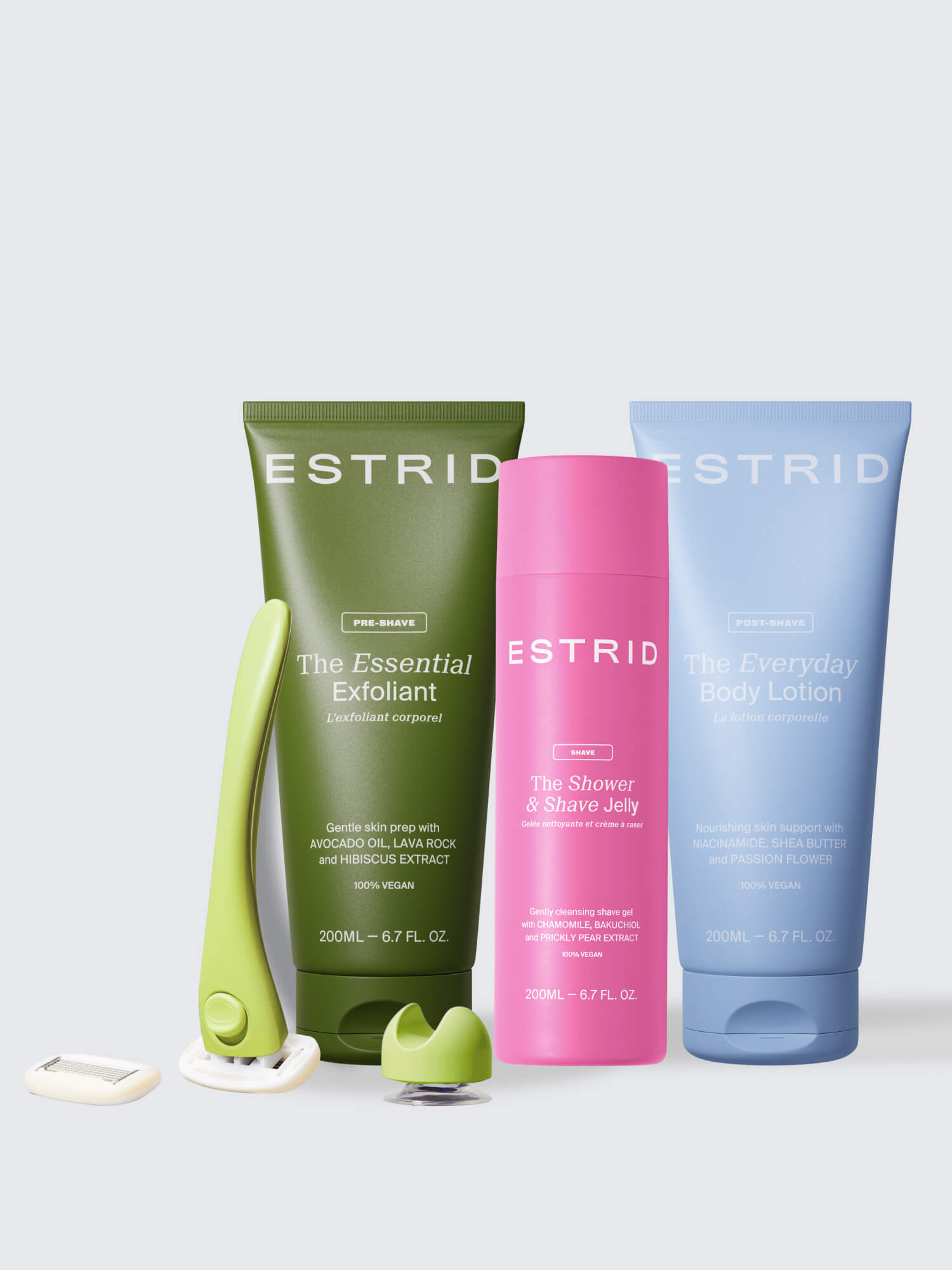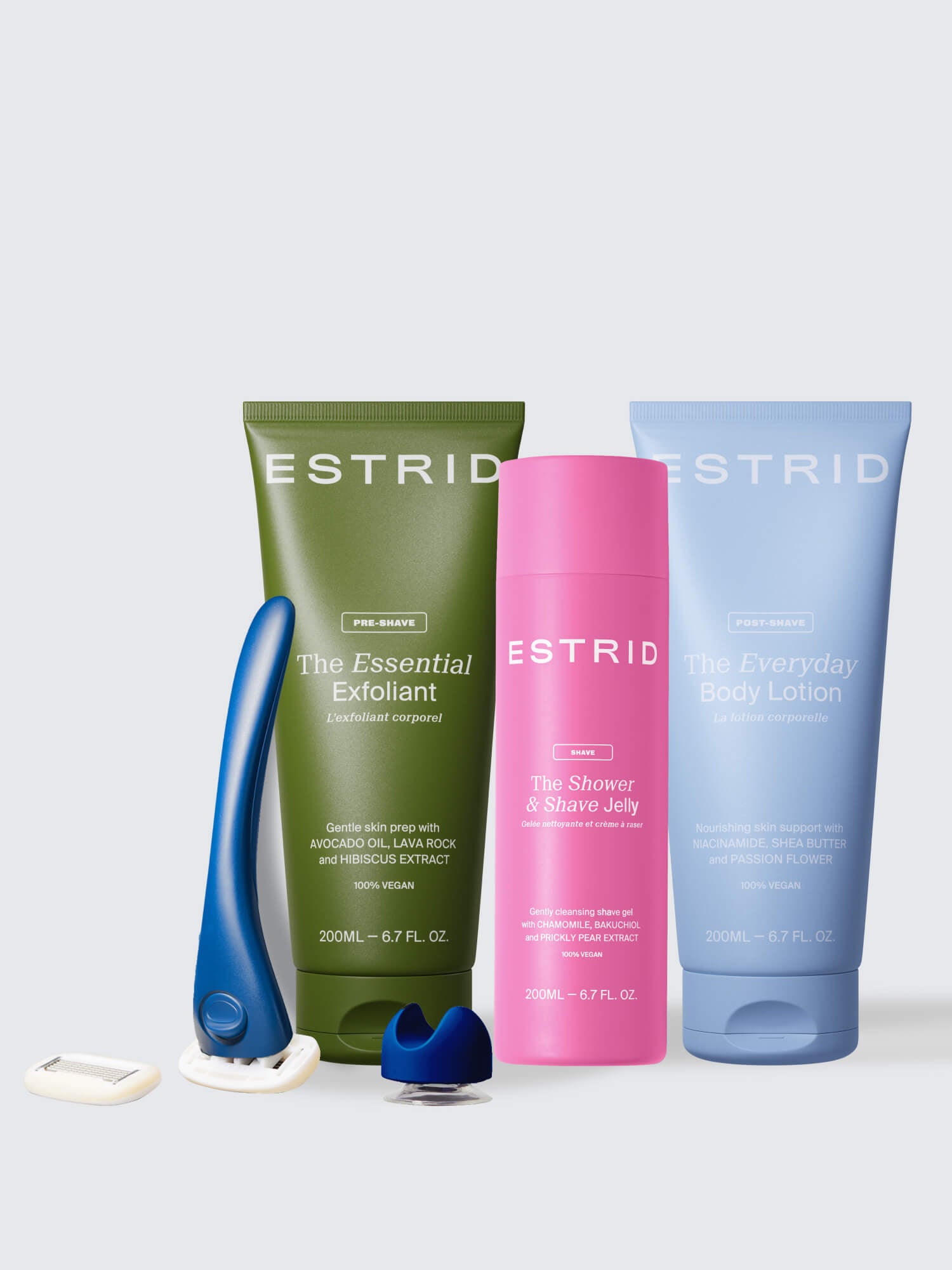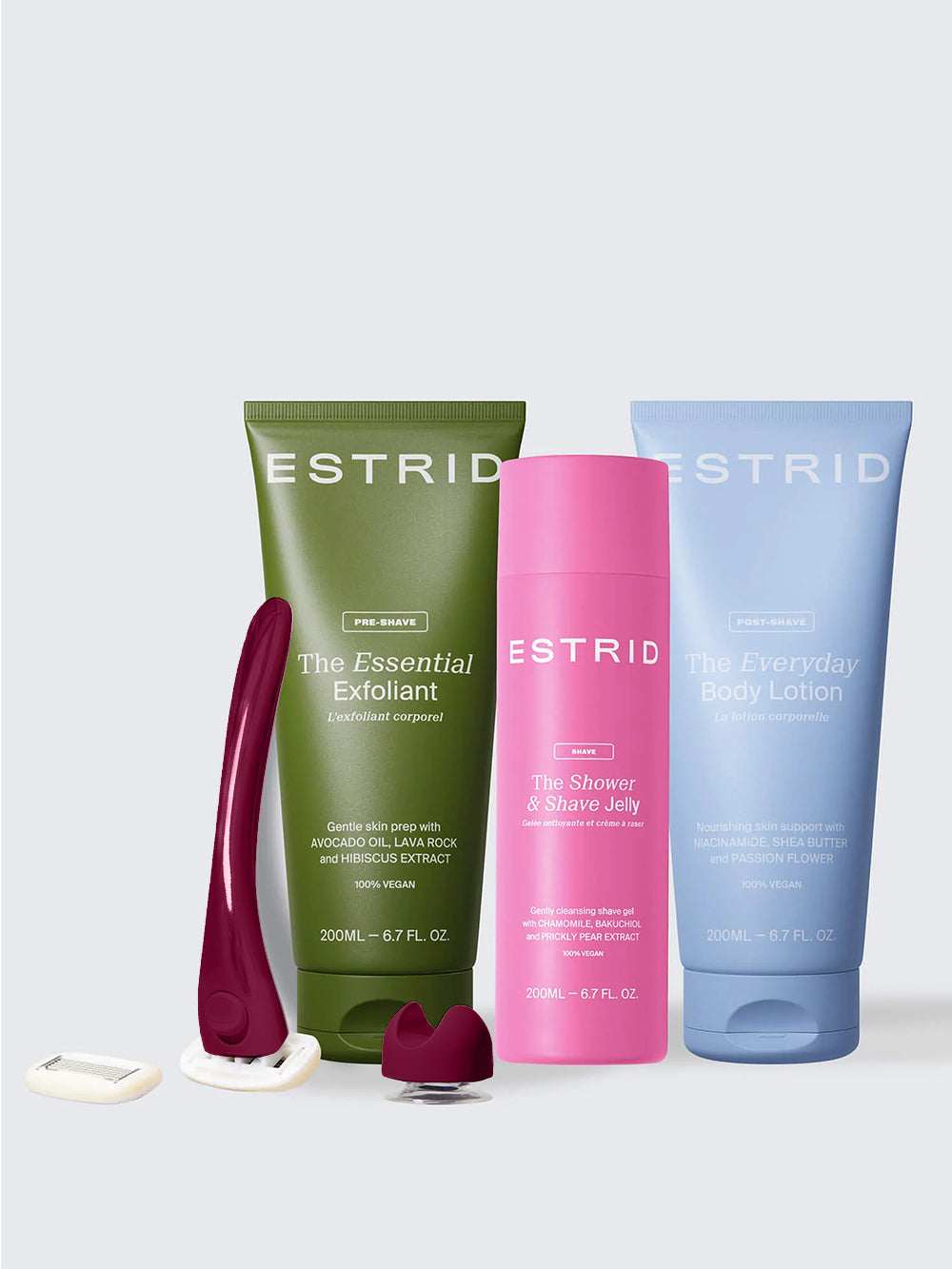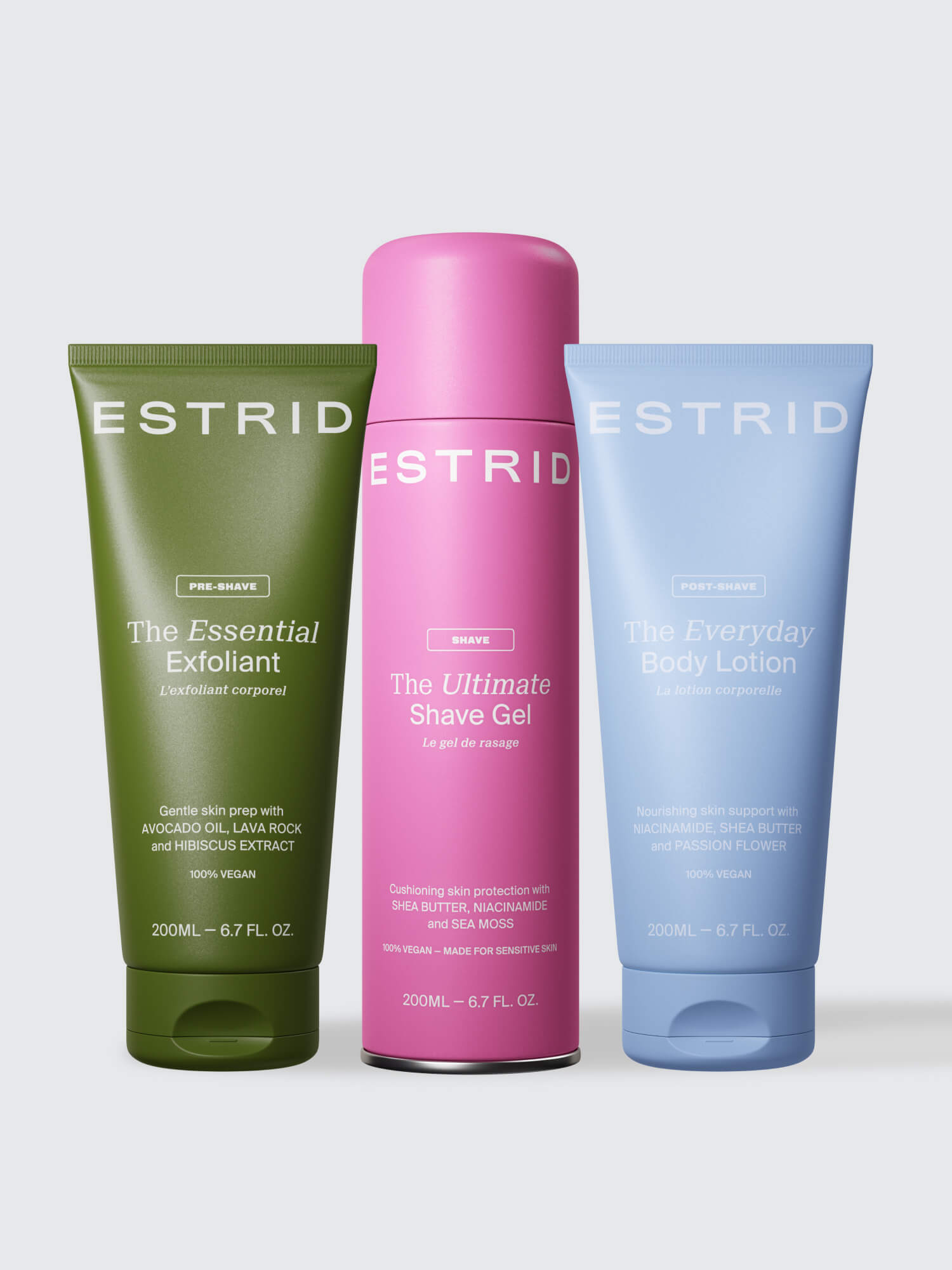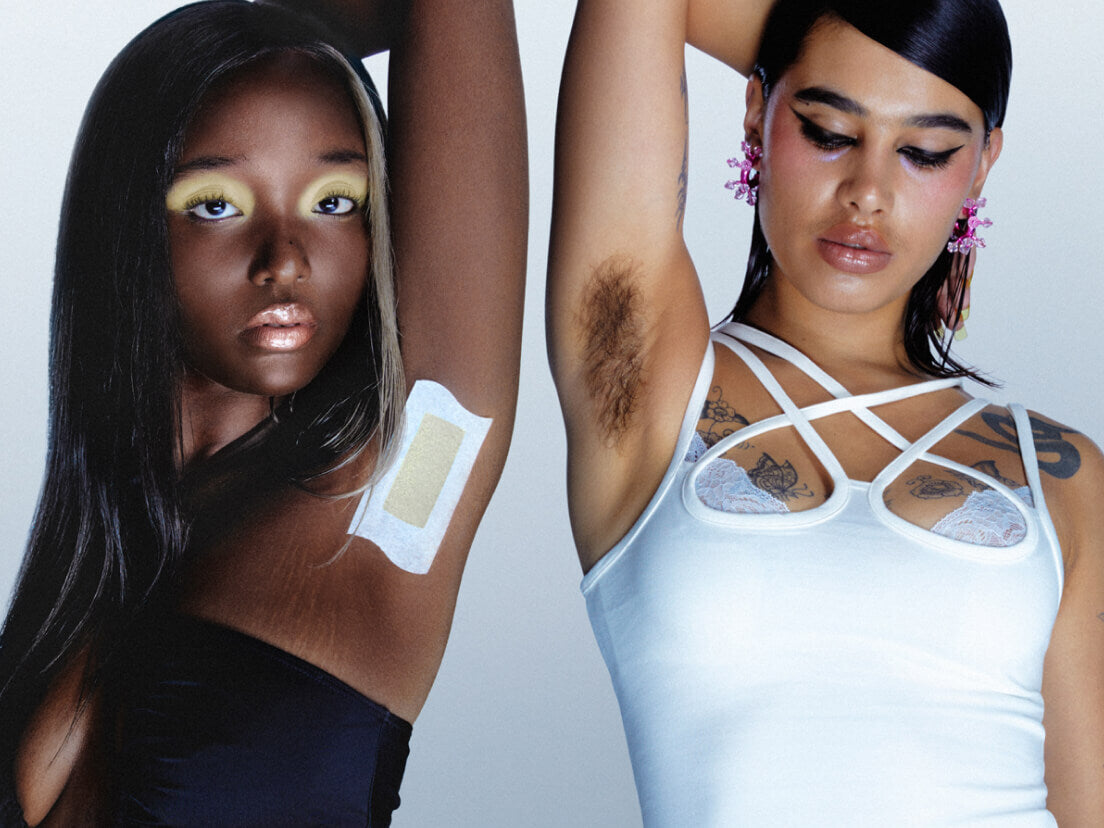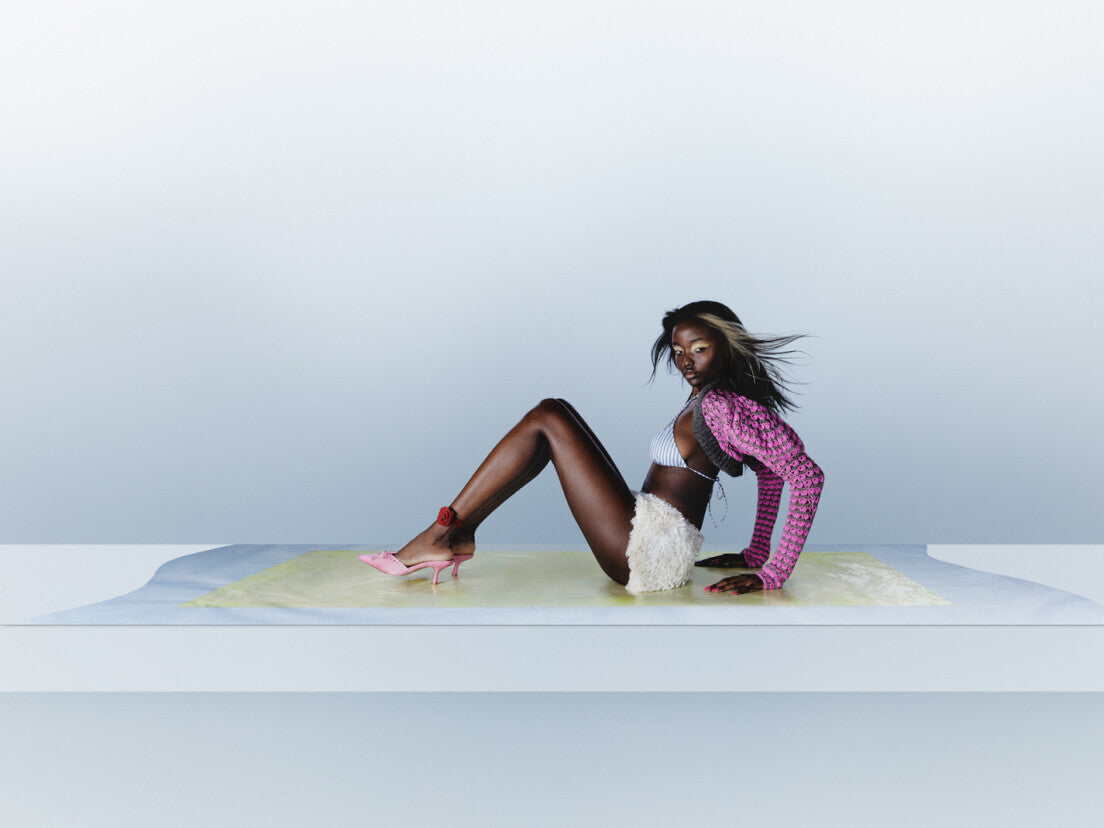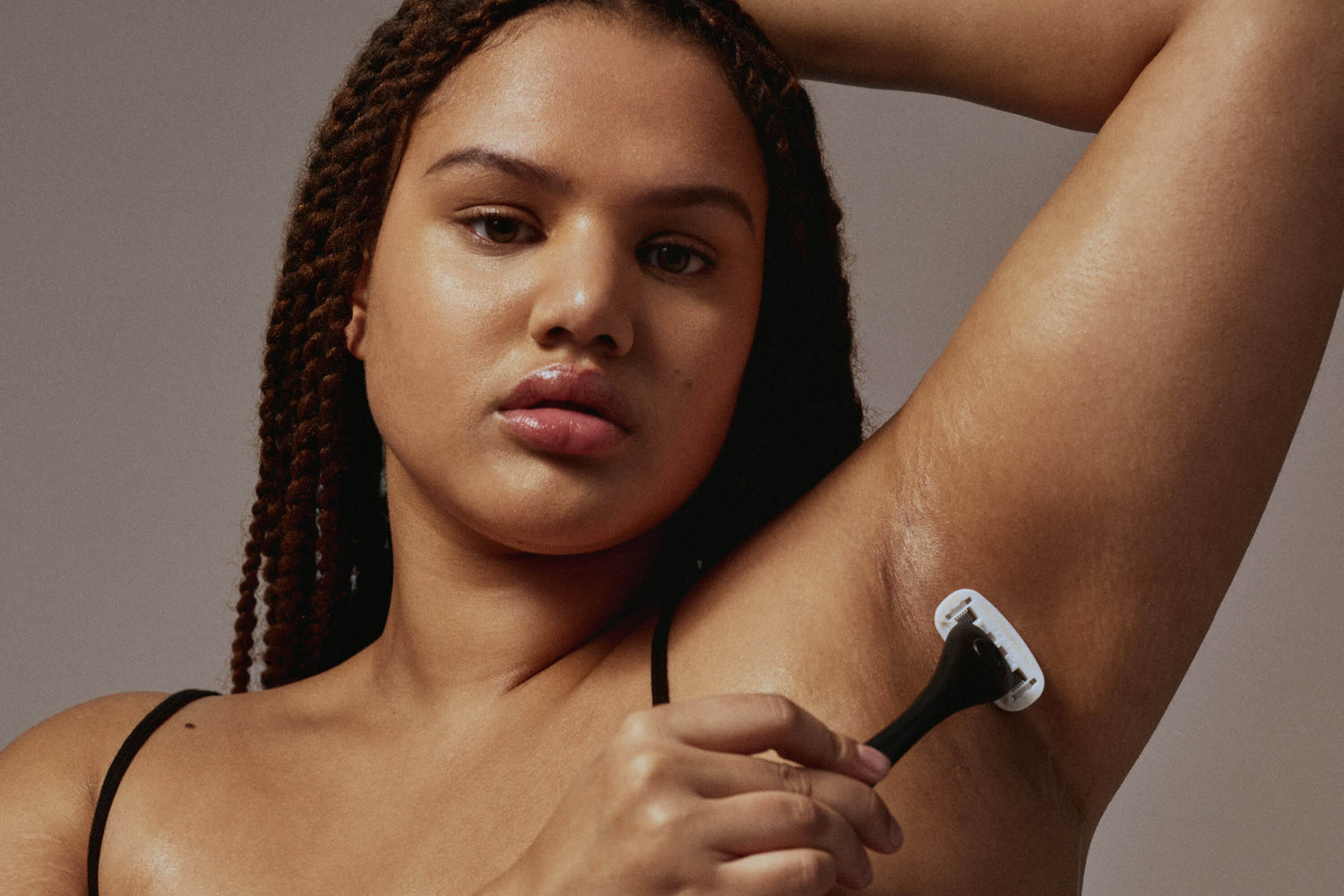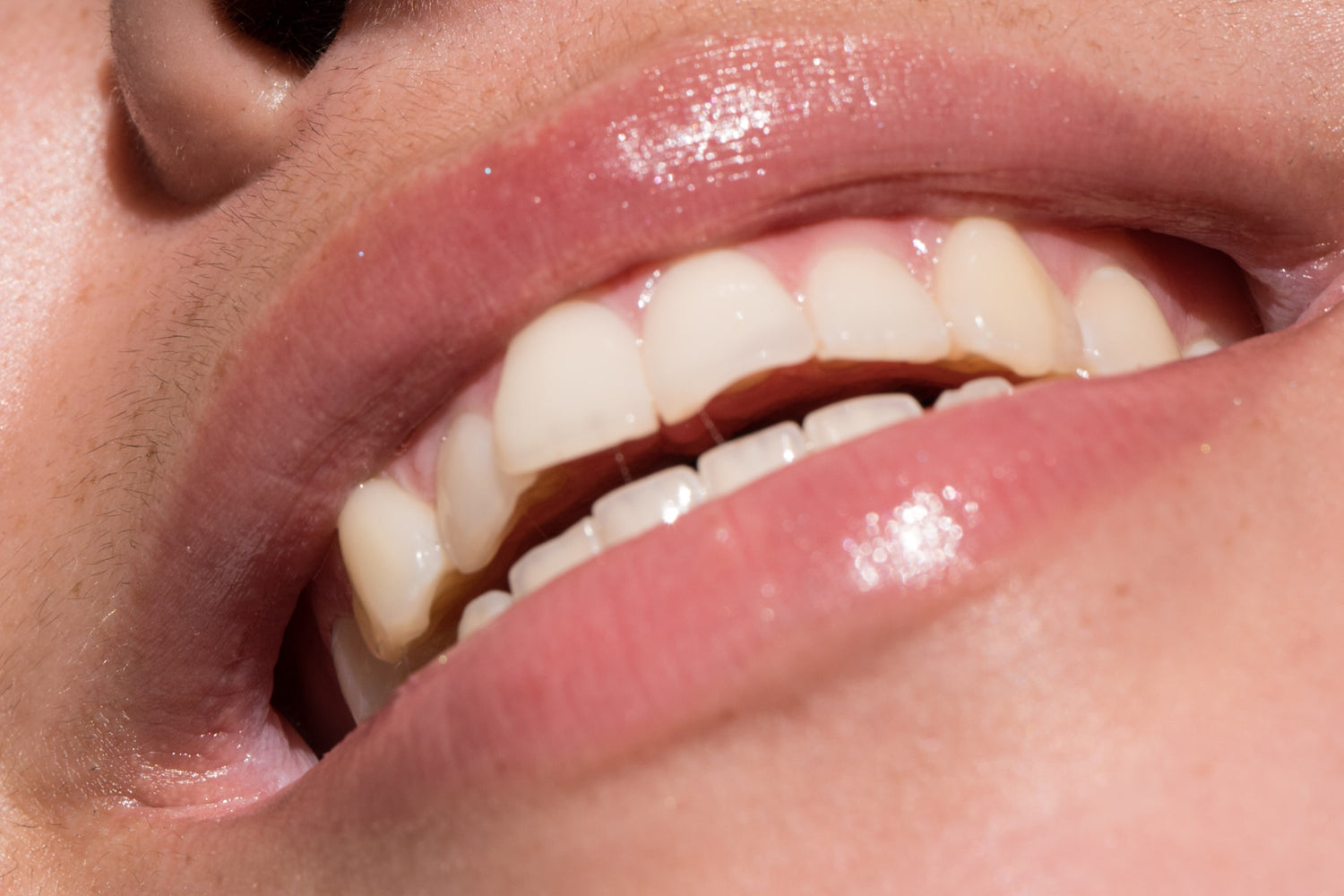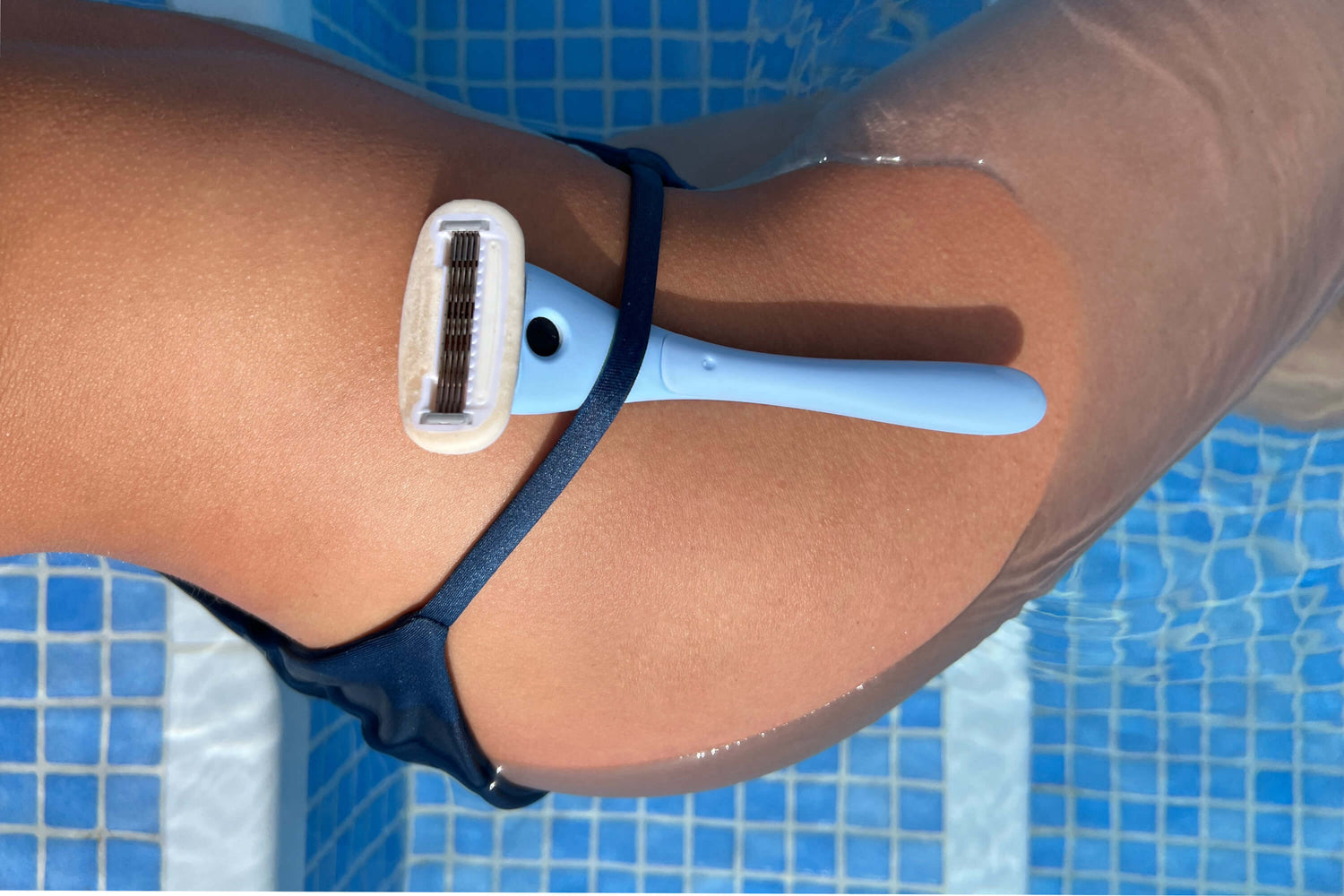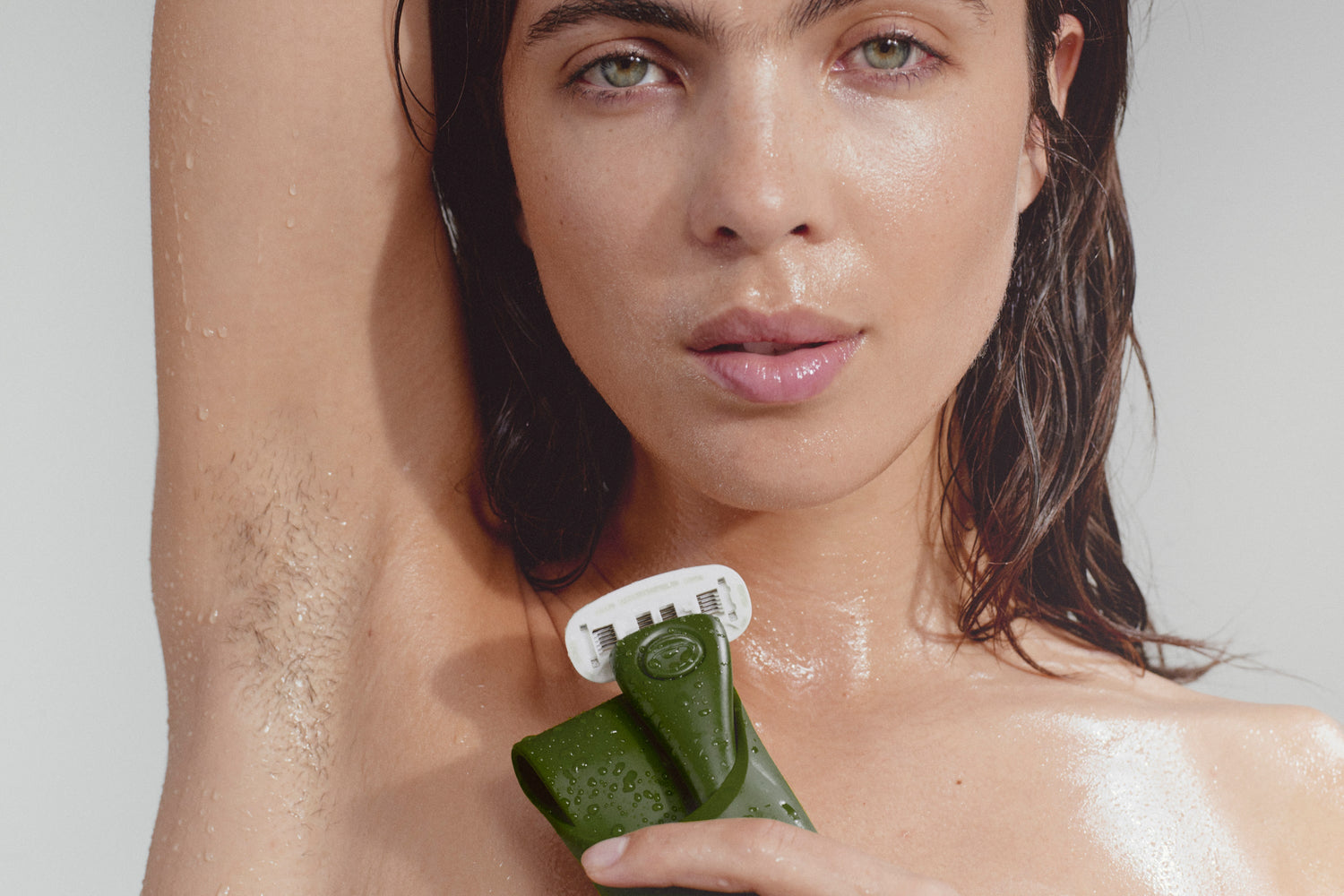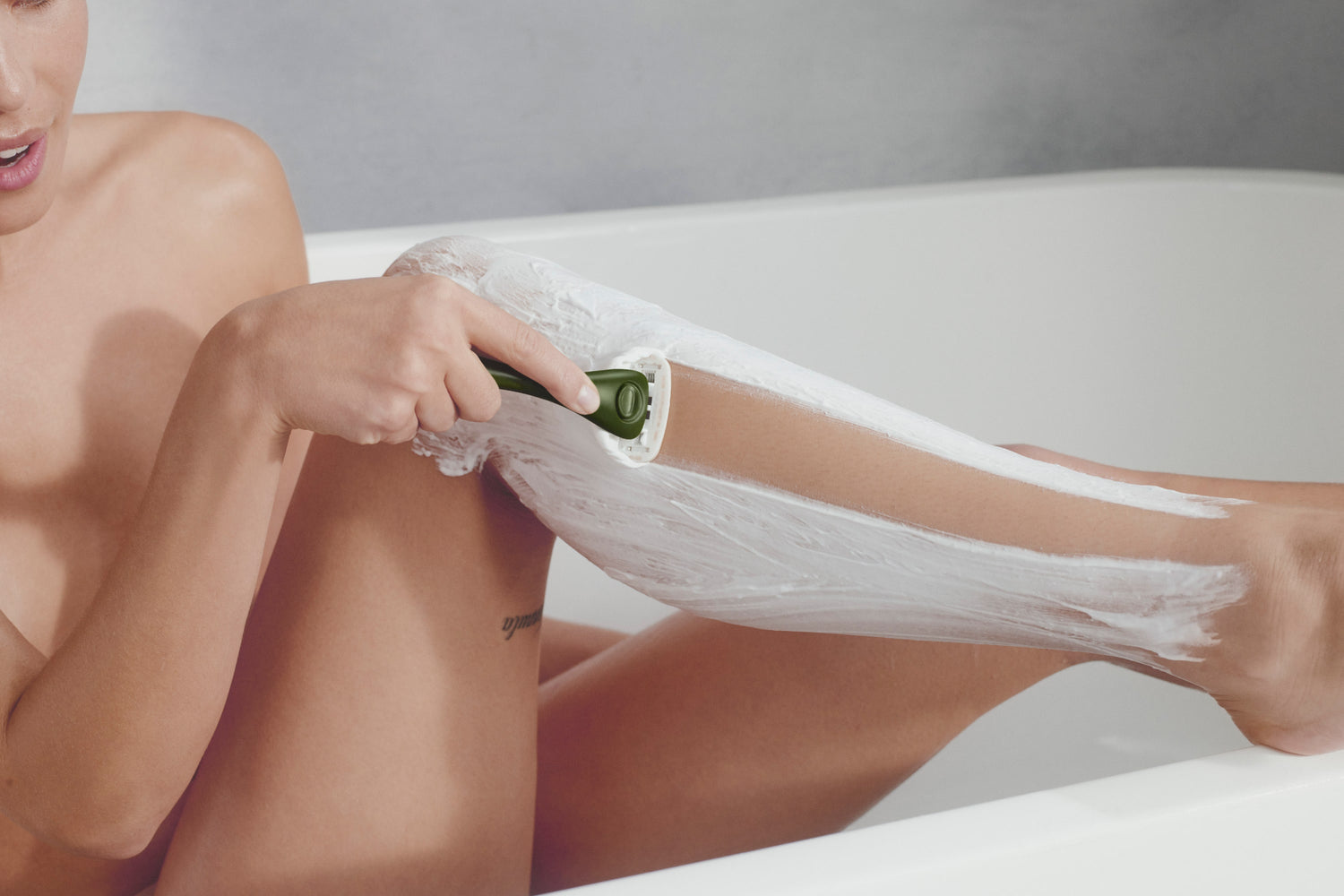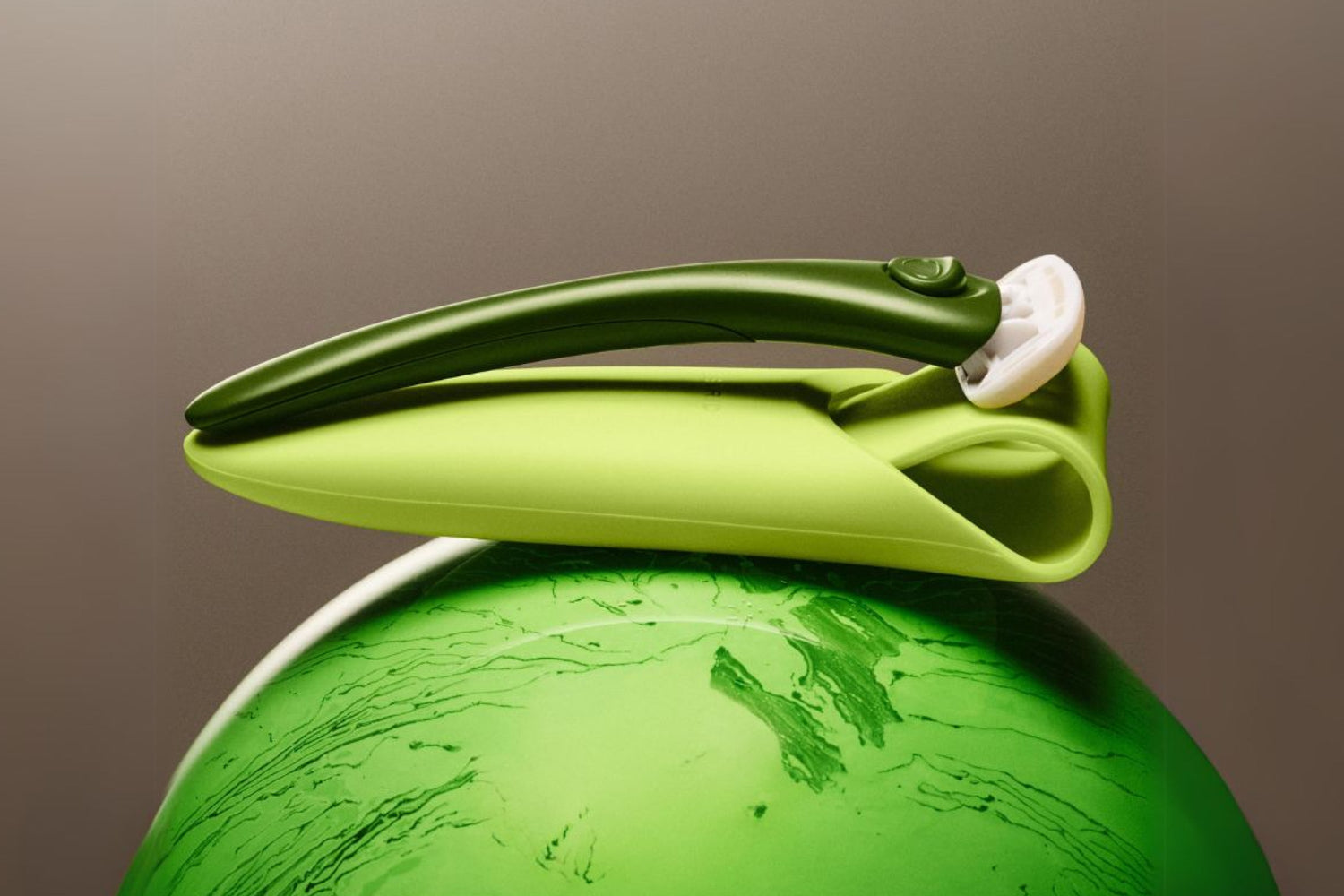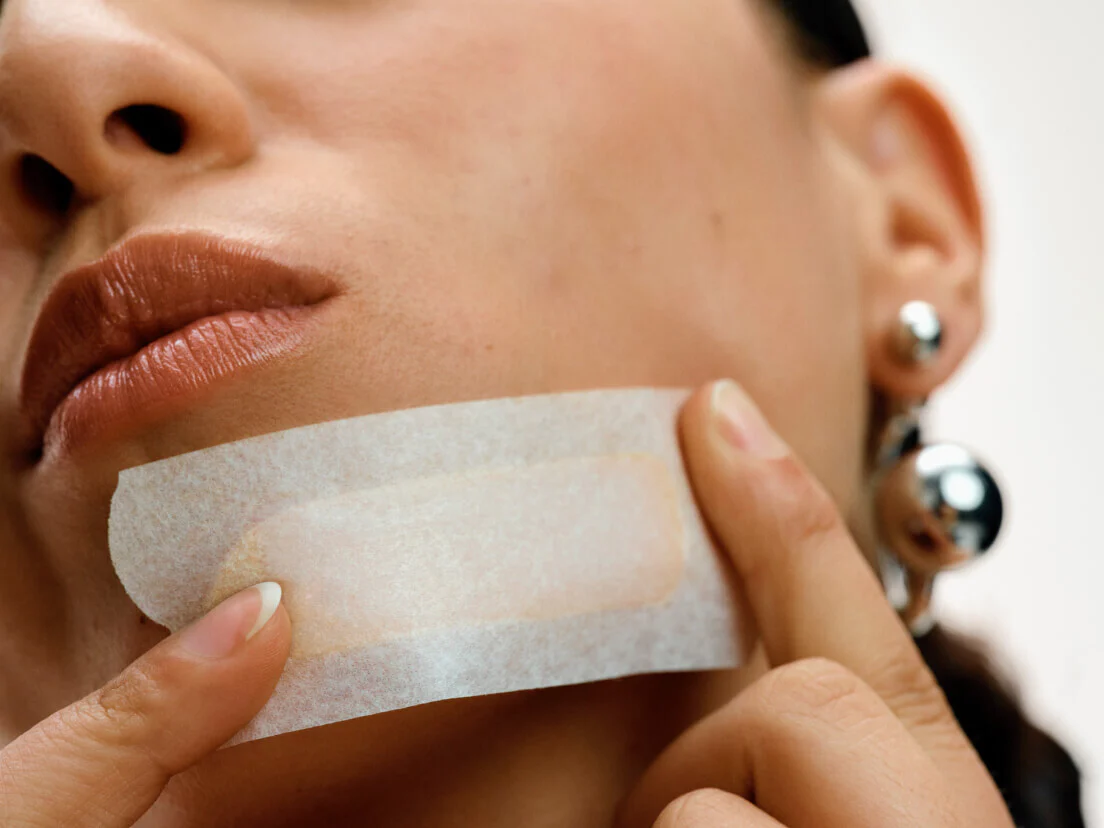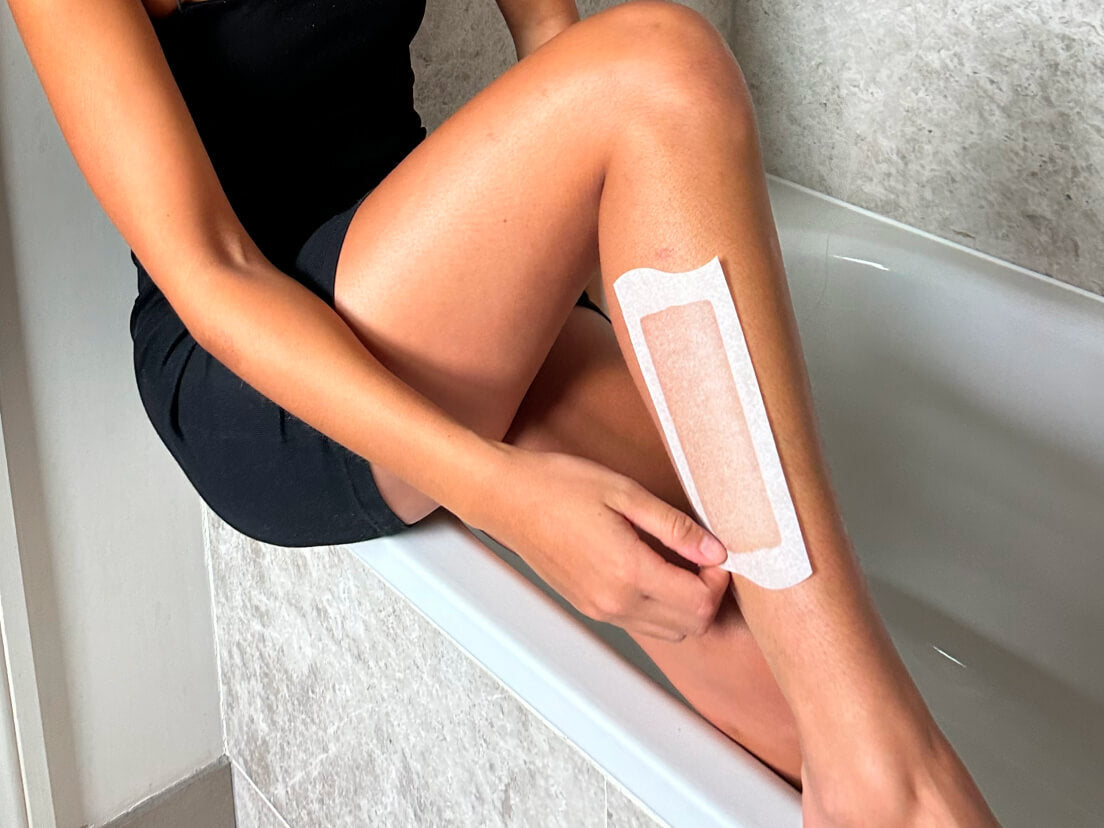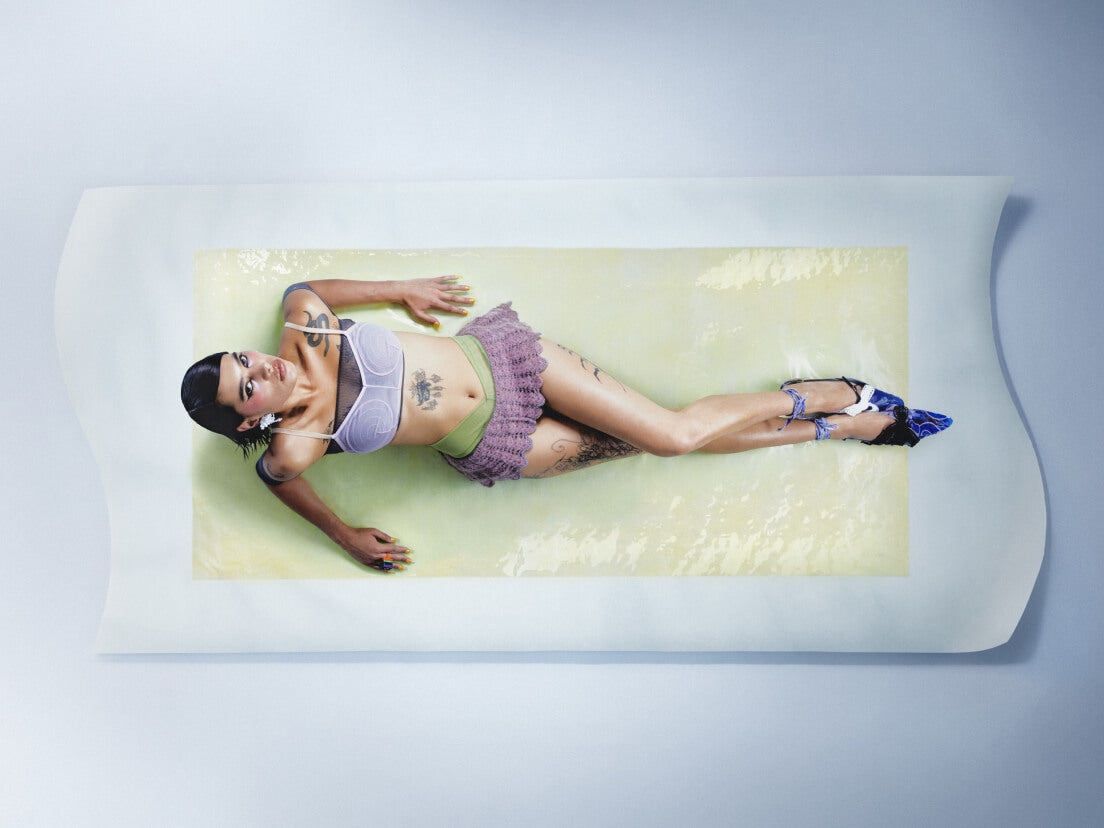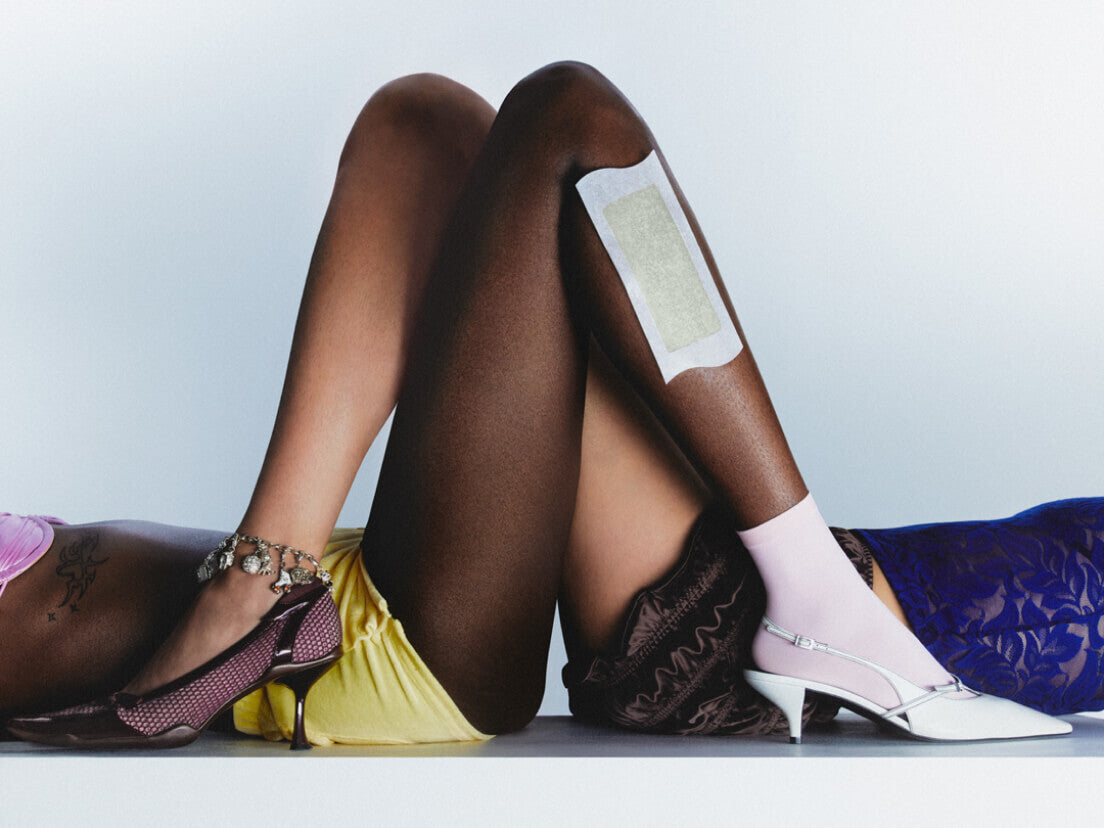Beard owners, we see ya. Growing a full-bodied beard, sculpted stubble or an accidental tash is one thing but maintaining it is a whole different ball game. Below we’ll get stuck into a couple of ways to keep your facial hair flowing without the interruption of irritating ingrown hair.
Step 1: Trim your beard regularly
Step 2: Exfoliate regularly
Step 3: Sharp blades always
Step 4: Shave properly
Step 5: Stay moisturised
Step 6: Let it be
How does ingrown hair look?
So, there are three kinds of ingrown hair:

There’s the halfway out kind - what’s happened here is the hair has grown up and out but got lost on the way or forced to curl backwards - this may have been down to tight clothing or friction.

There’s the wrong direction kind - the hair here grew sideways because the pore was clogged up with dirt, bacteria, and dead skin cells.

And finally, there’s the grower not the shower kind- the hair here has bent backwards and got trapped under the skin because the pore was clogged up with dirt, bacteria, and dead skin cells similarly to the above.
So why do beards get ingrown hair?
The main reason why you may experience more ingrown hair on your face and neck is because of the type of hair - it’s far thicker and coarser, the same rule goes to those of you who have naturally curly or kinky hair types too. The folds of your neck is where the ingrown hairs loves to work their magic because the skin friction and warmth encourages them to curl even more.
How do you prevent ingrown hair in beards?
Step 1: Trim your beard regularly
Keeping your beard trimmed isn’t just about looking fresh but a crucial step in preventing ingrown hair. Regular trimming is like an insurance policy for your facial hair. By maintaining a consistent length, you’re making it harder for the ingrown hair to curl backward. It’s seriously helpful when reducing friction too, as shorter hair means less rubbing and irritation. So, trim away the split ends and irregularities, to let your beard grow freely.
Step 2: Exfoliate regularly
Exfoliate your face and under your beard several times a week while you’re in the shower. A gentle scrub, something like our Essential Exfoliant is a perfect exfoliator to help slay away dead skin cells and dirt that’s built up throughout the day.
Step 3: Sharp blades always
Your razor blades lose their sharpness quicker than you'd expect, we’d recommend roughly switching them out between every 5-7 uses. Dull blades can lead to hair tugging or pulling which can cause irritation and lead to, you guessed it, ingrown hair.
Step 4: Shave properly
For the hair you want to get rid of, shaving against your hair's natural growth isn’t a good idea. What's happening is your hair gets cut so close to the skin that it can get trapped in the pores, causing irritation and swelling. If you take a super sharp razor and work in the direction of your hair growth you are cutting the hair less close and preventing the dreaded ingrown hair.
Step 5: Stay moisturised
Your exfoliator and moisturiser are what we call the A team. They work hard together, bookending the shaving/skincare ritual. A beard balm or oil is also a skin saviour when it comes to getting rid of beard dandruff and keeping the skin hydrated.
Step 6: Let it be
Once you've got an ingrown hair, let it be and allow your skin to heal naturally. Avoid the temptation to touch or pick at it. Instead, focus on keeping the area clean by gently cleansing it with warm water. Give your skin a little more healing power and try using hot compresses during your downtime. This will help open up the pores and aid in the healing process. It may take a few days, but resisting the urge to pick, squeeze, or perform sink-side surgery gives that stubborn hair a chance to find its way out.
So, to summarise this beard-focused blog post - it’s all in the aftercare. Even if you just make moisturising and exfoliating a regular part of your grooming routine your skin will glow and be less prone to ingrown hairs. If you notice you're having trouble with stubborn beard dandruff and your diligent exfoliating efforts aren't doing the trick, you might be dealing with seborrheic dermatitis. It’s not a problem and you can pick up over-the-counter treatments. However, if it still isn’t budging we definitely recommend seeking some medical advice.
